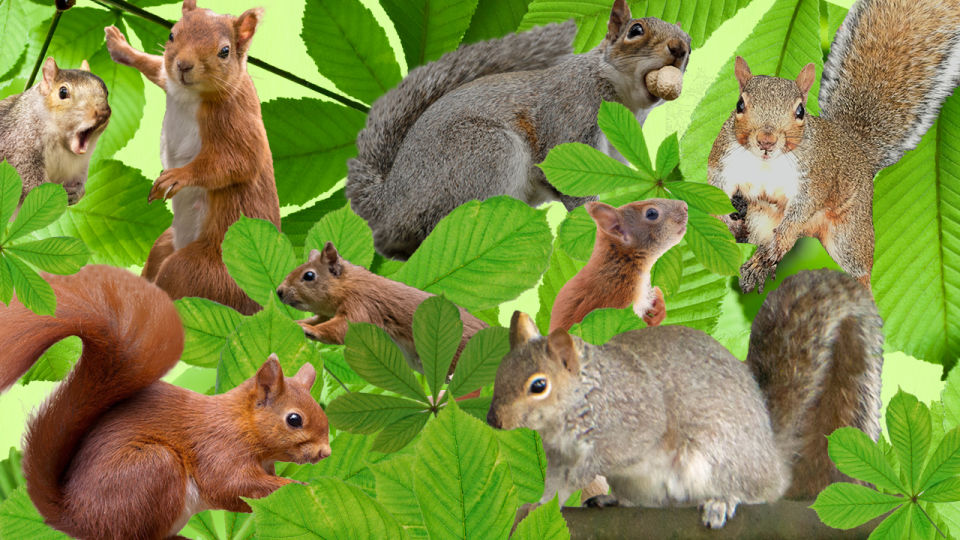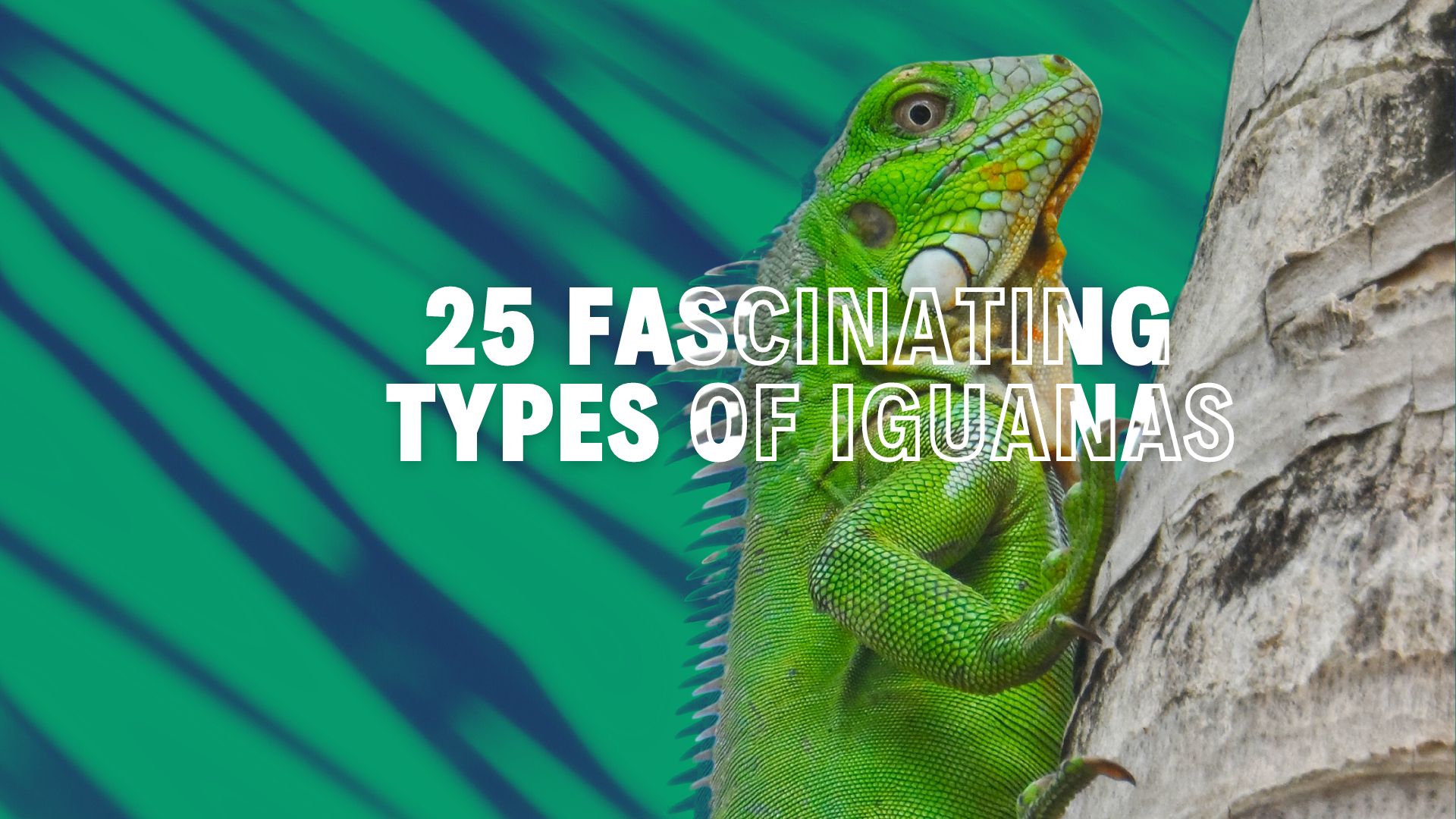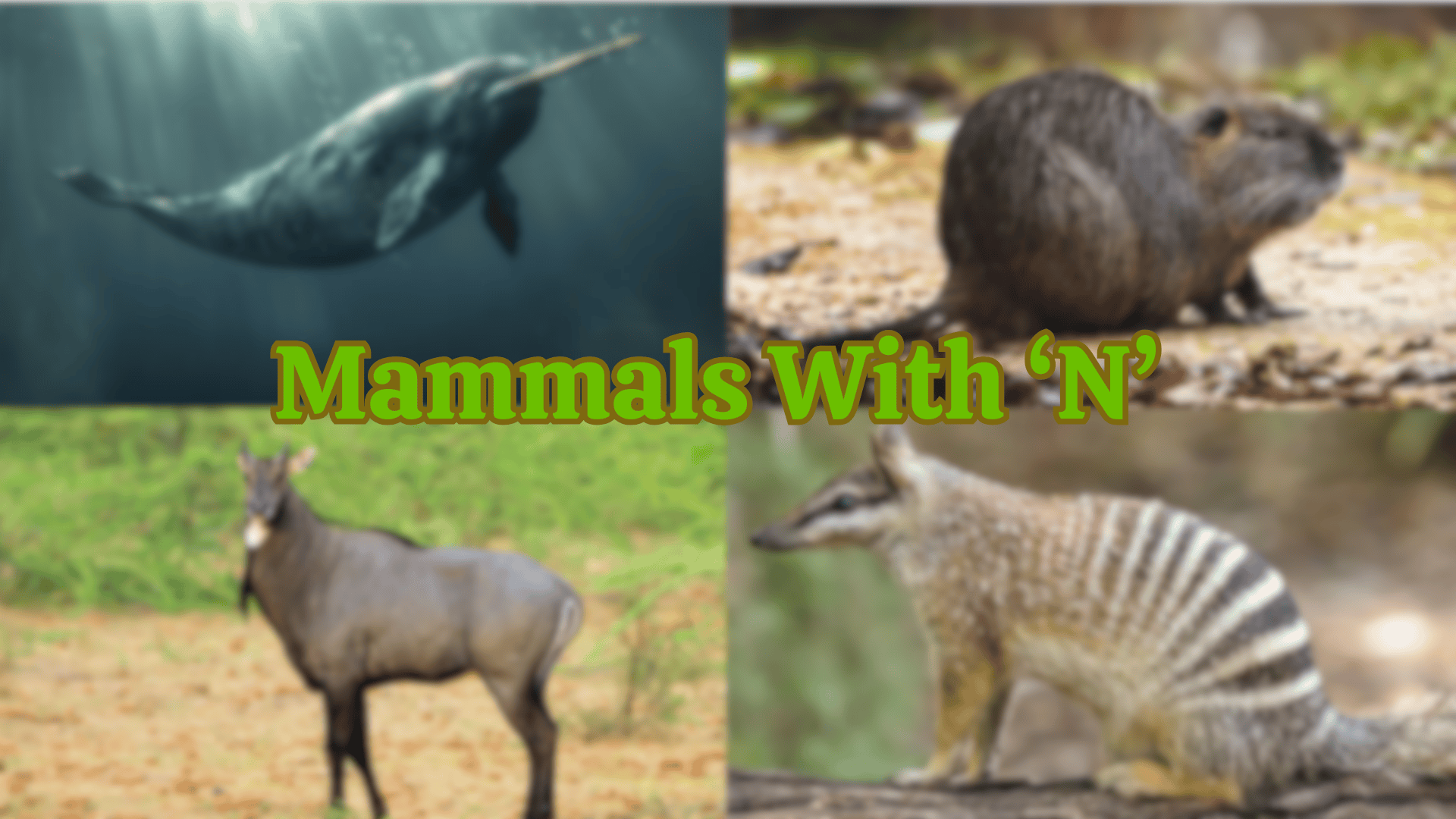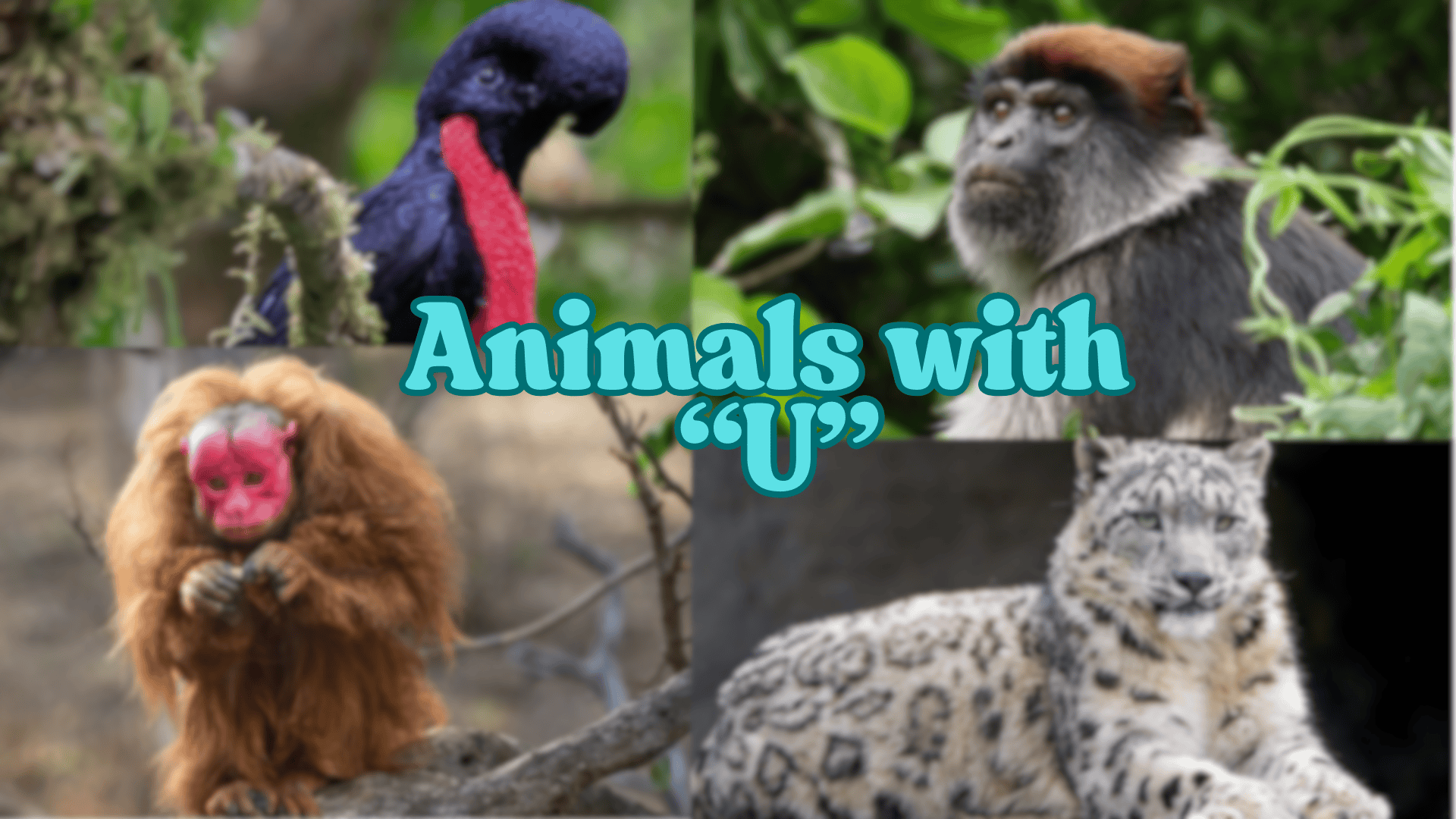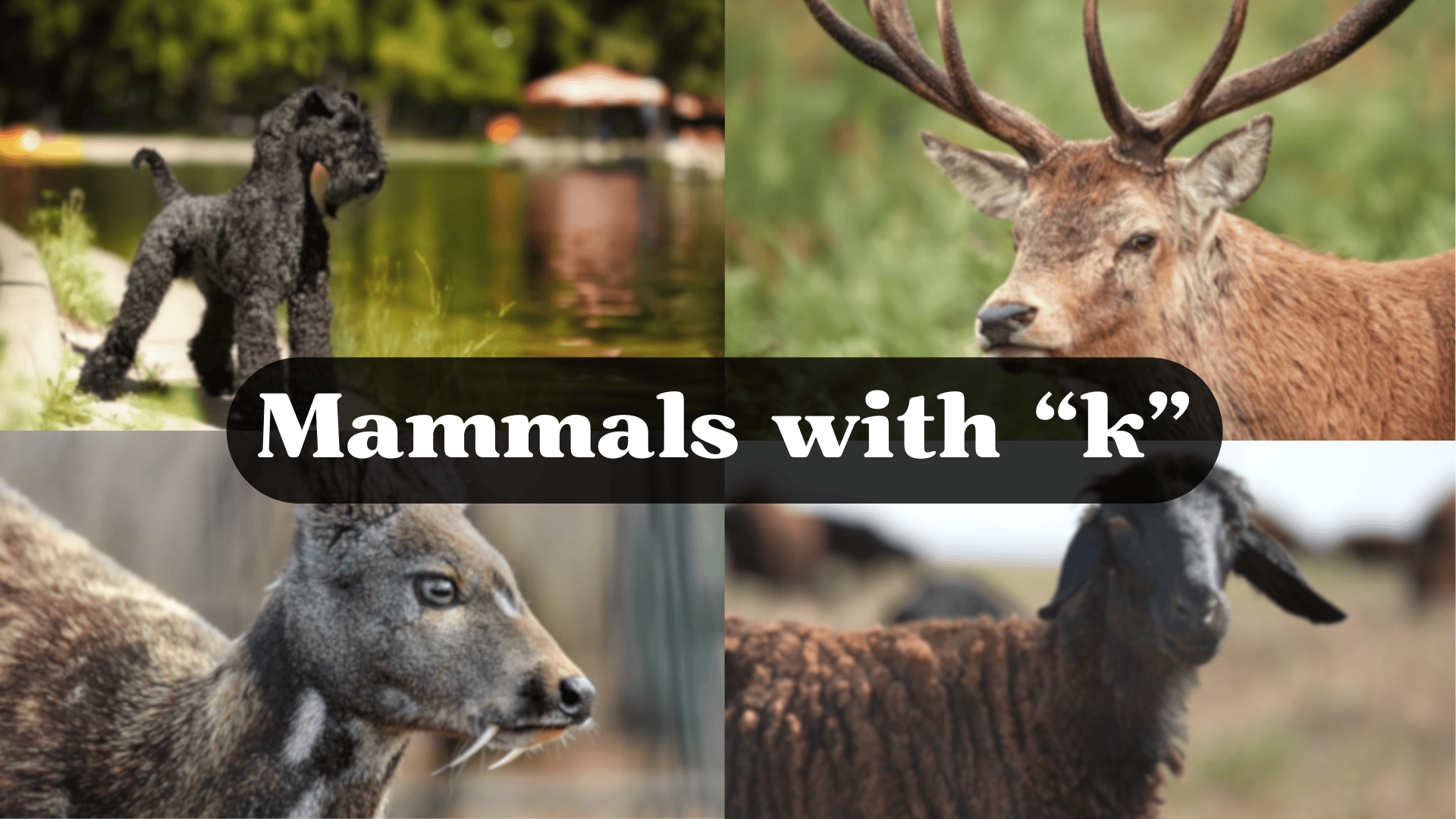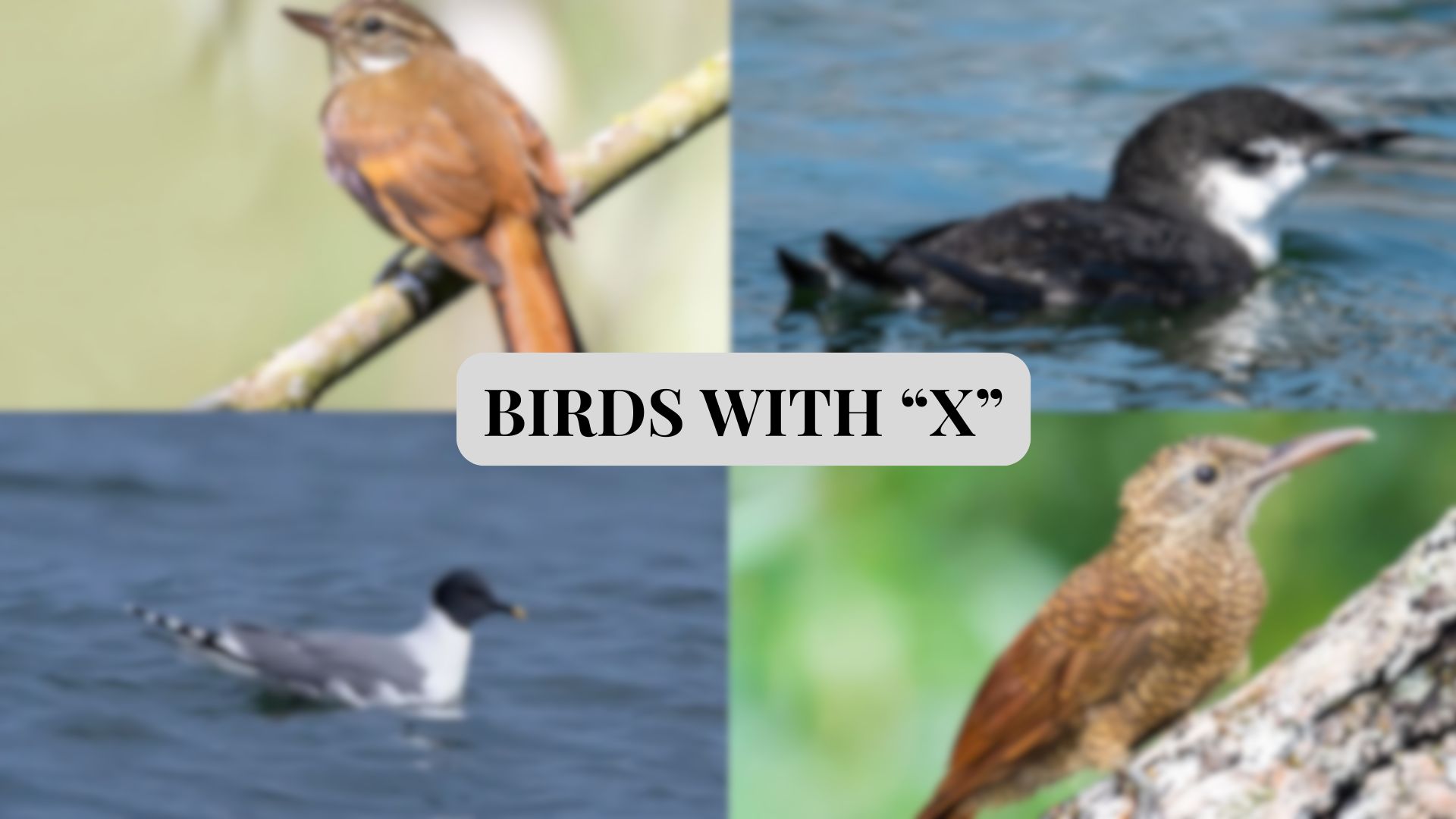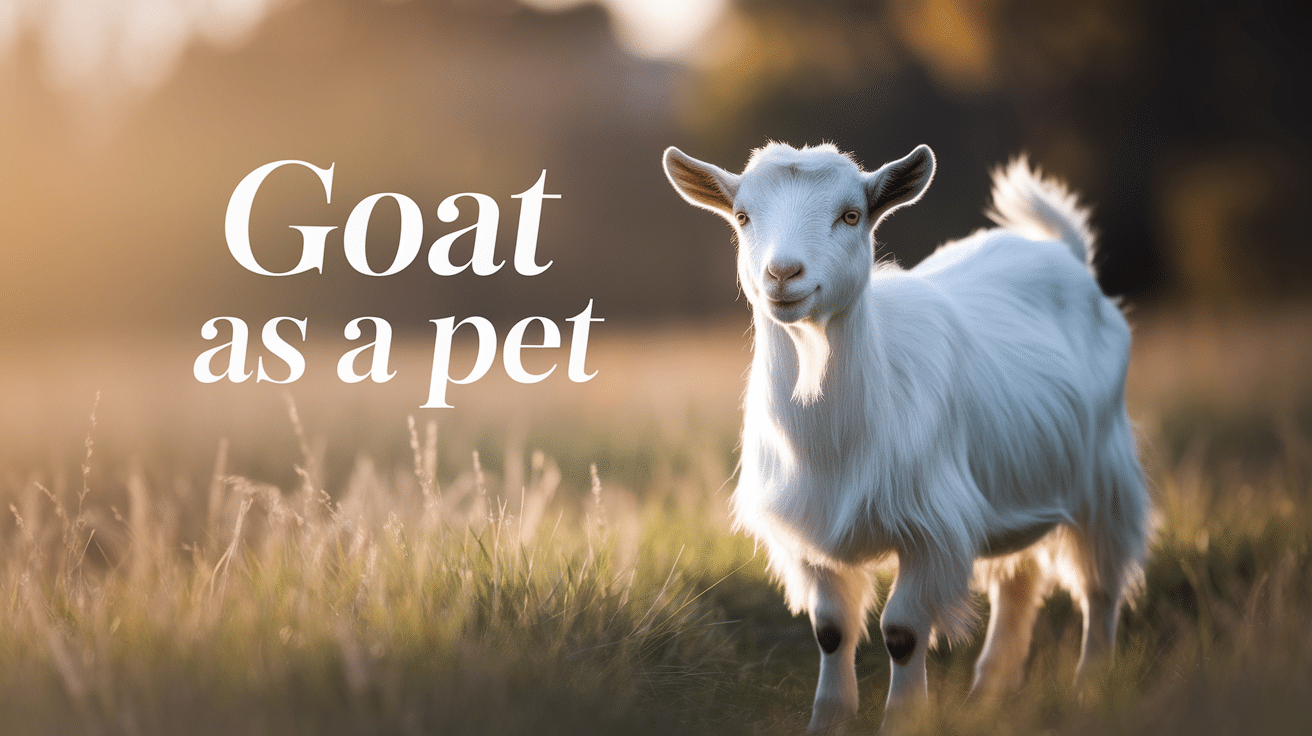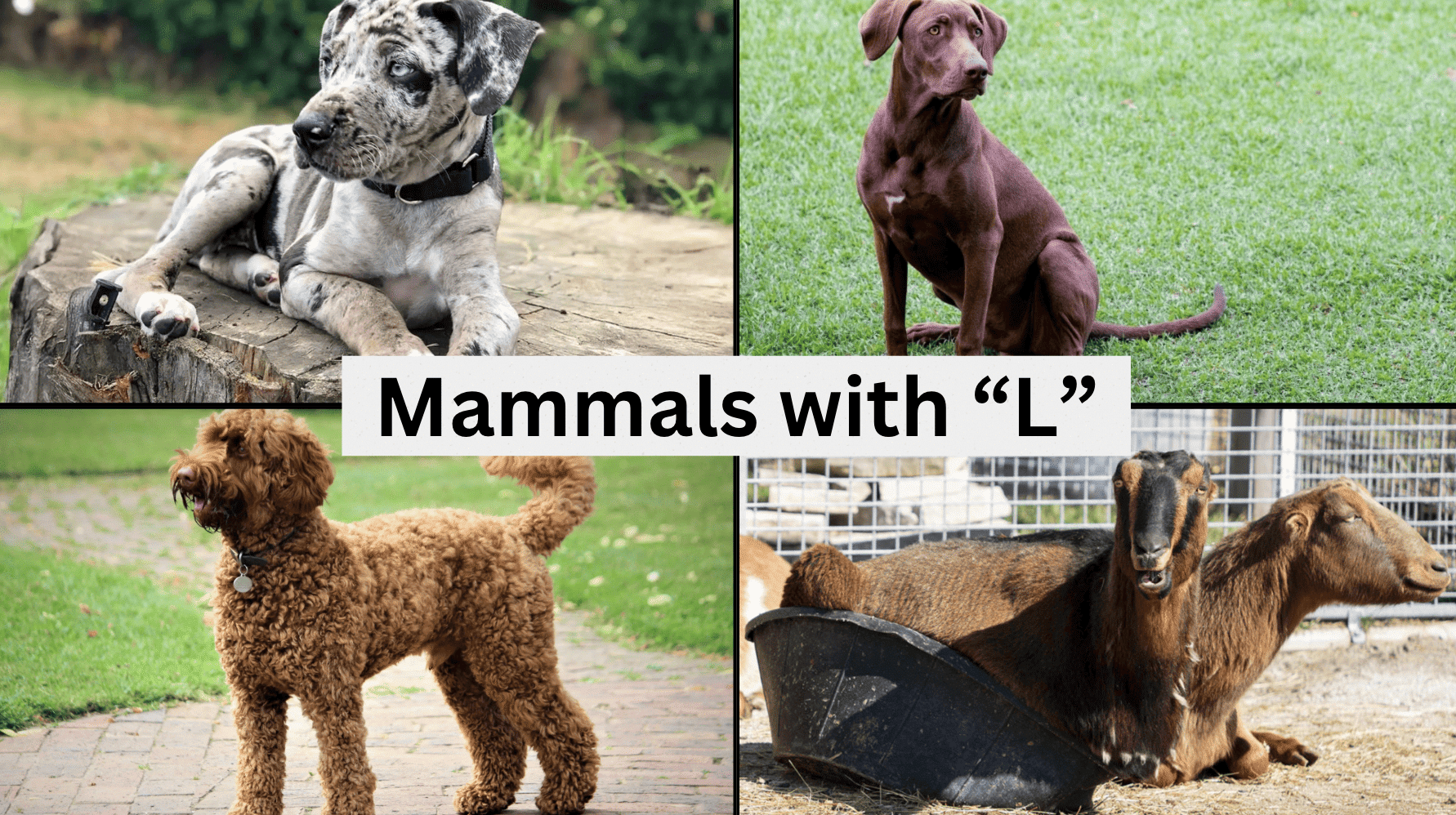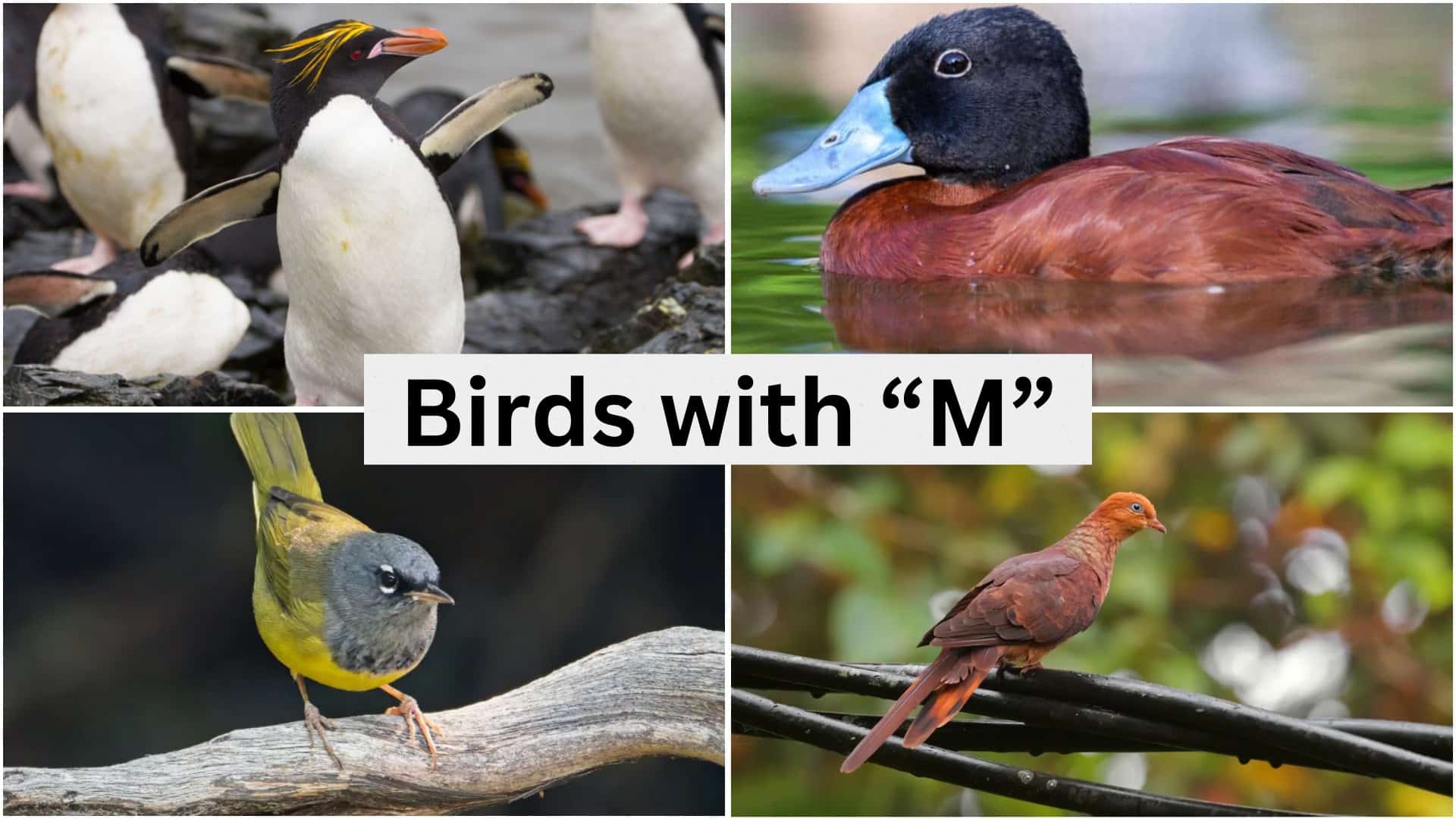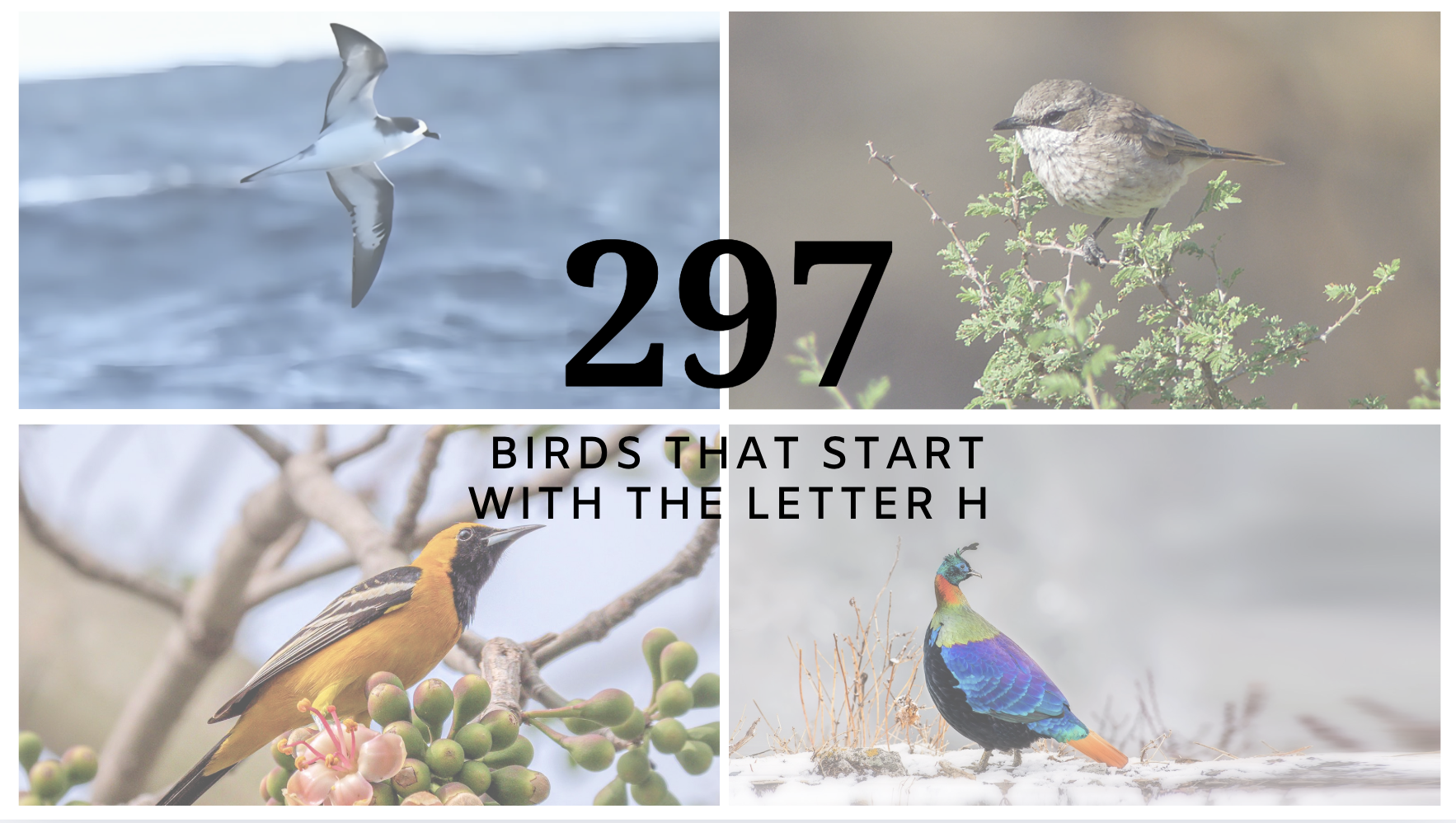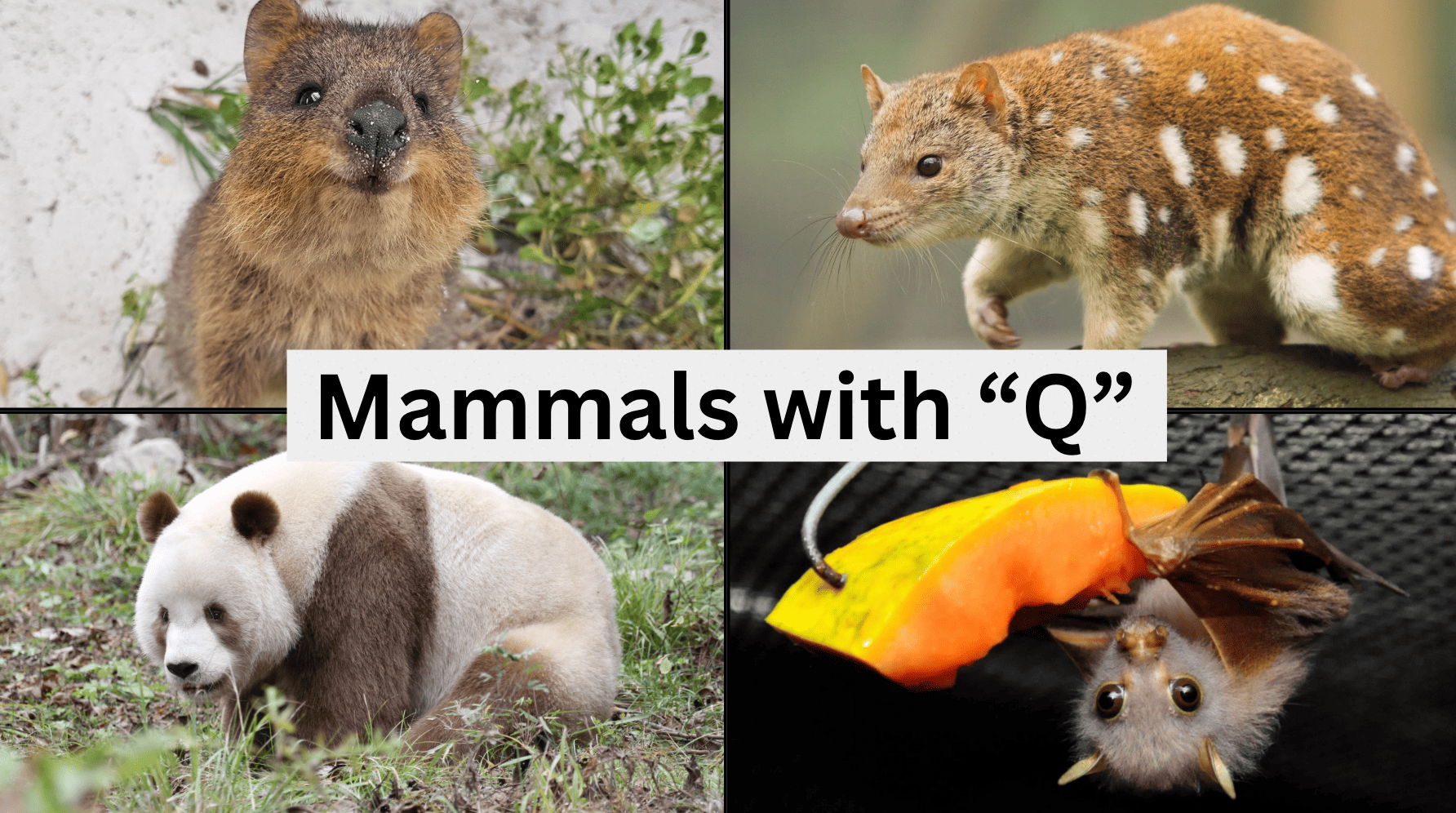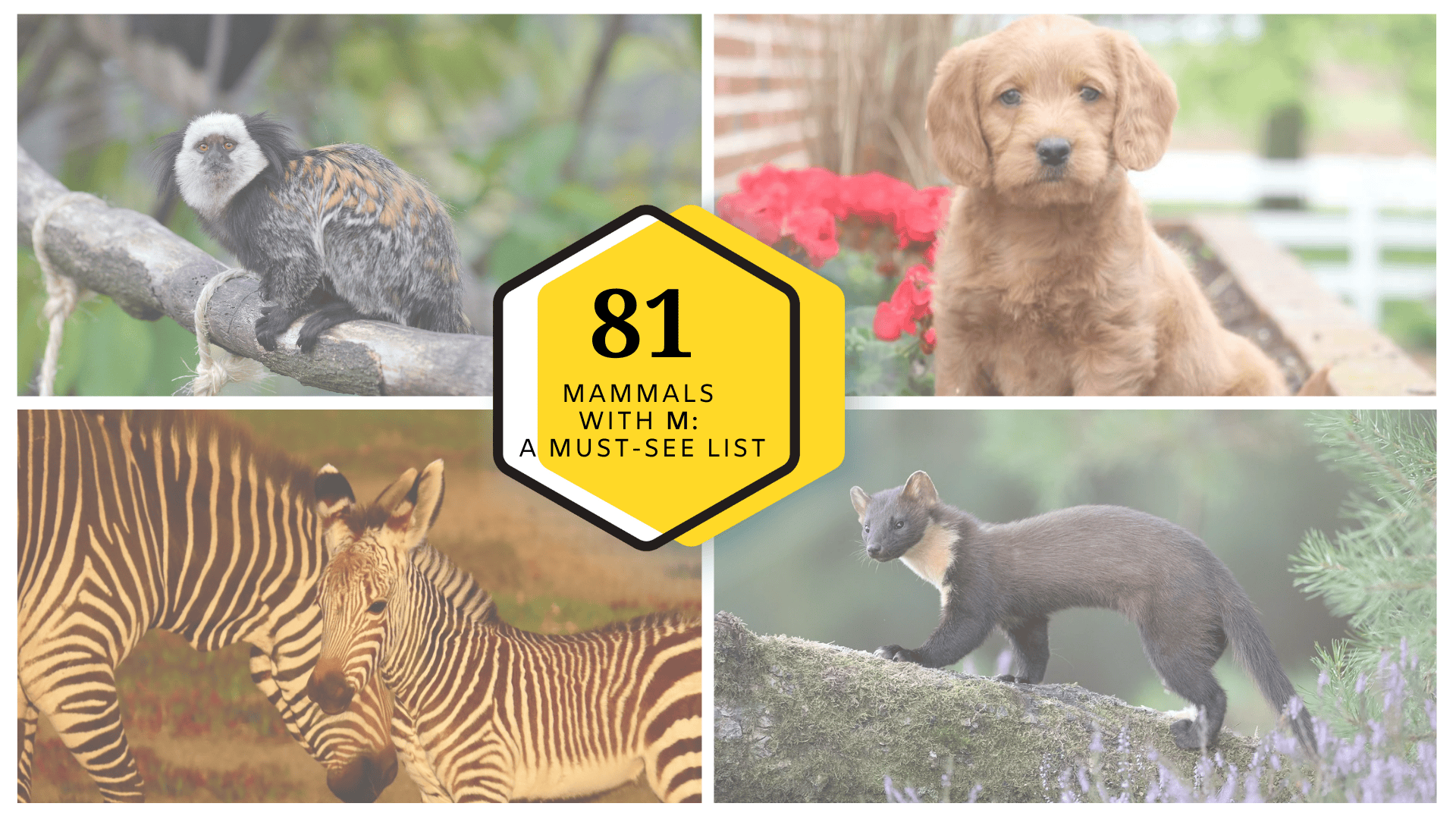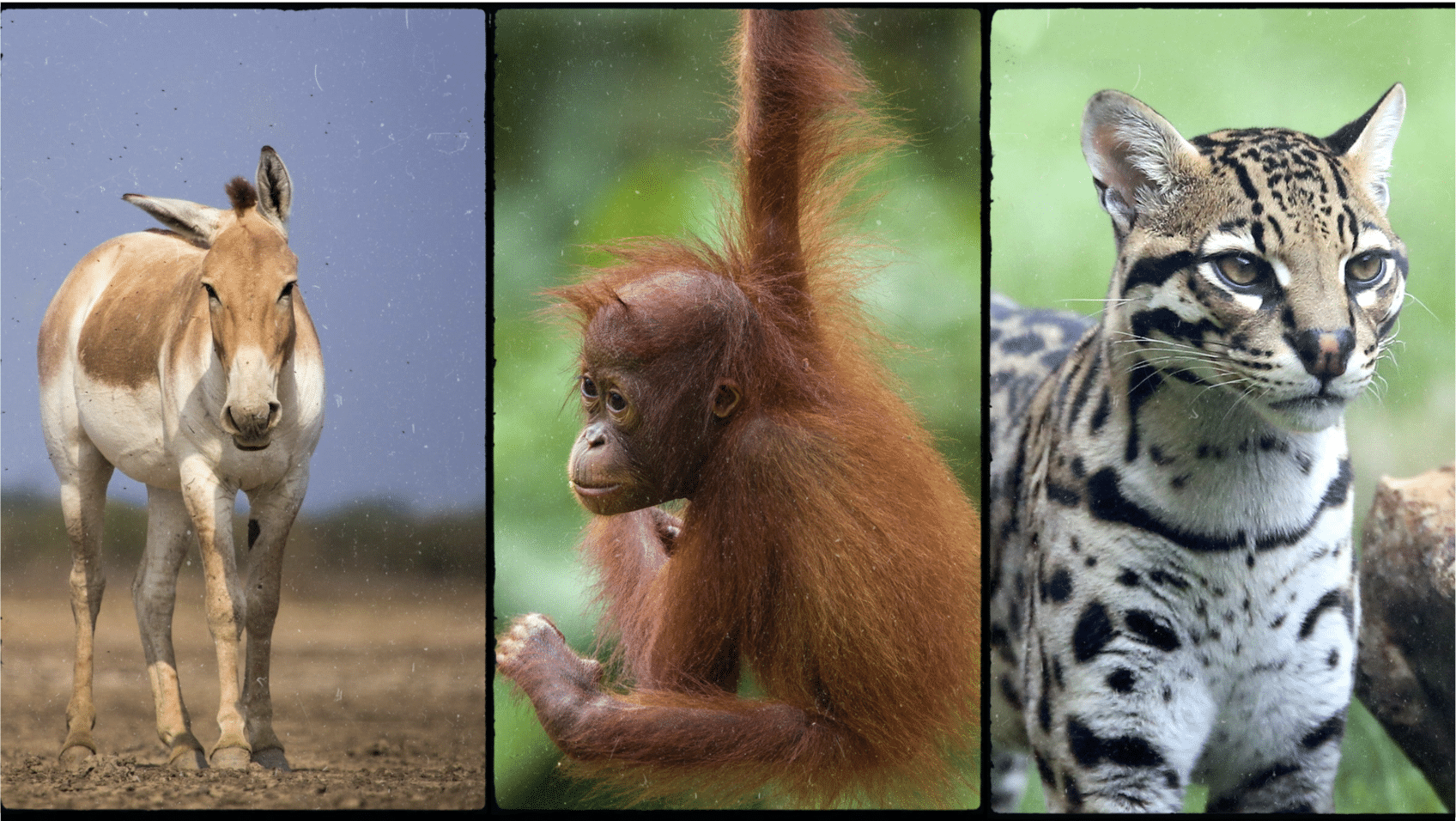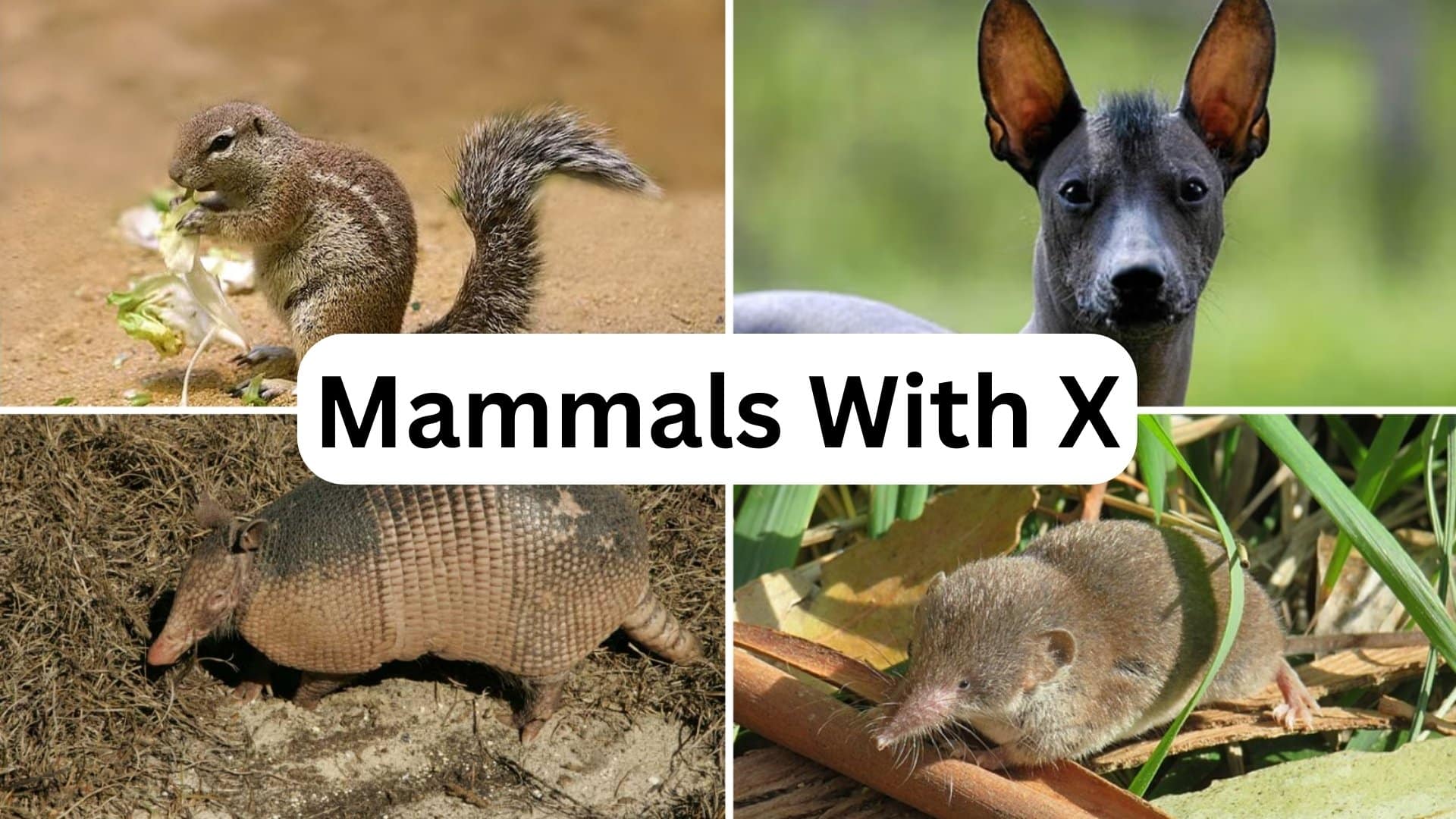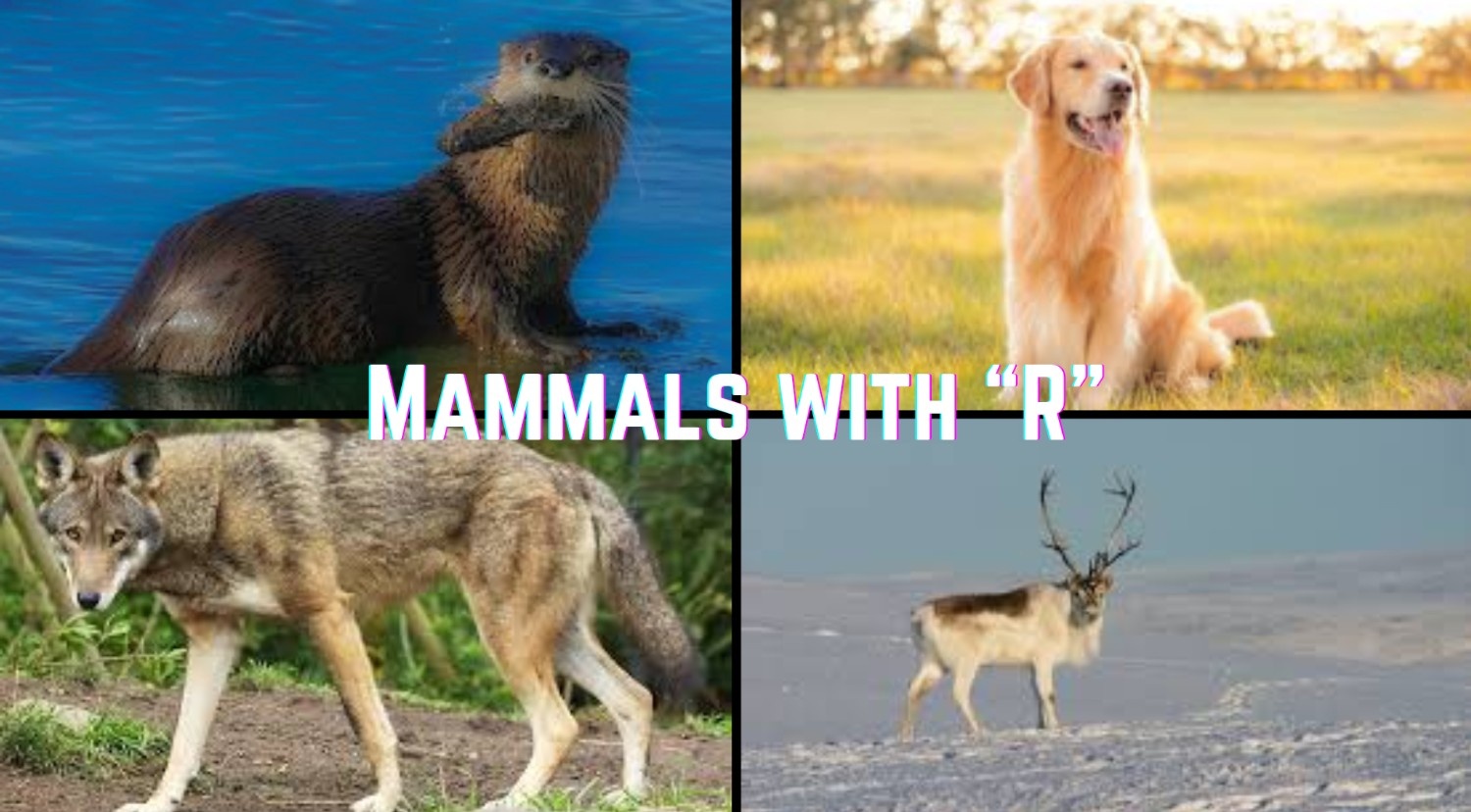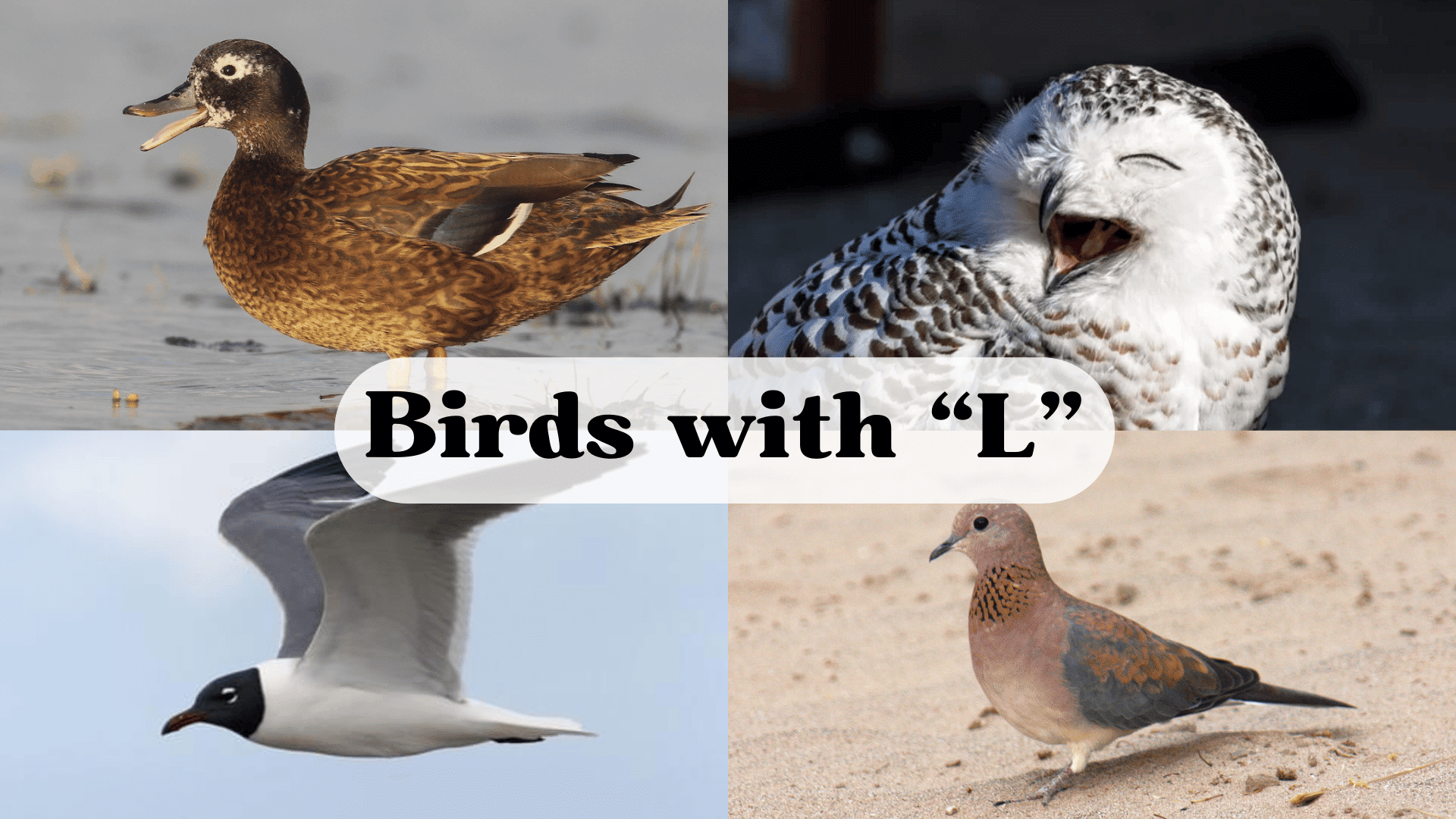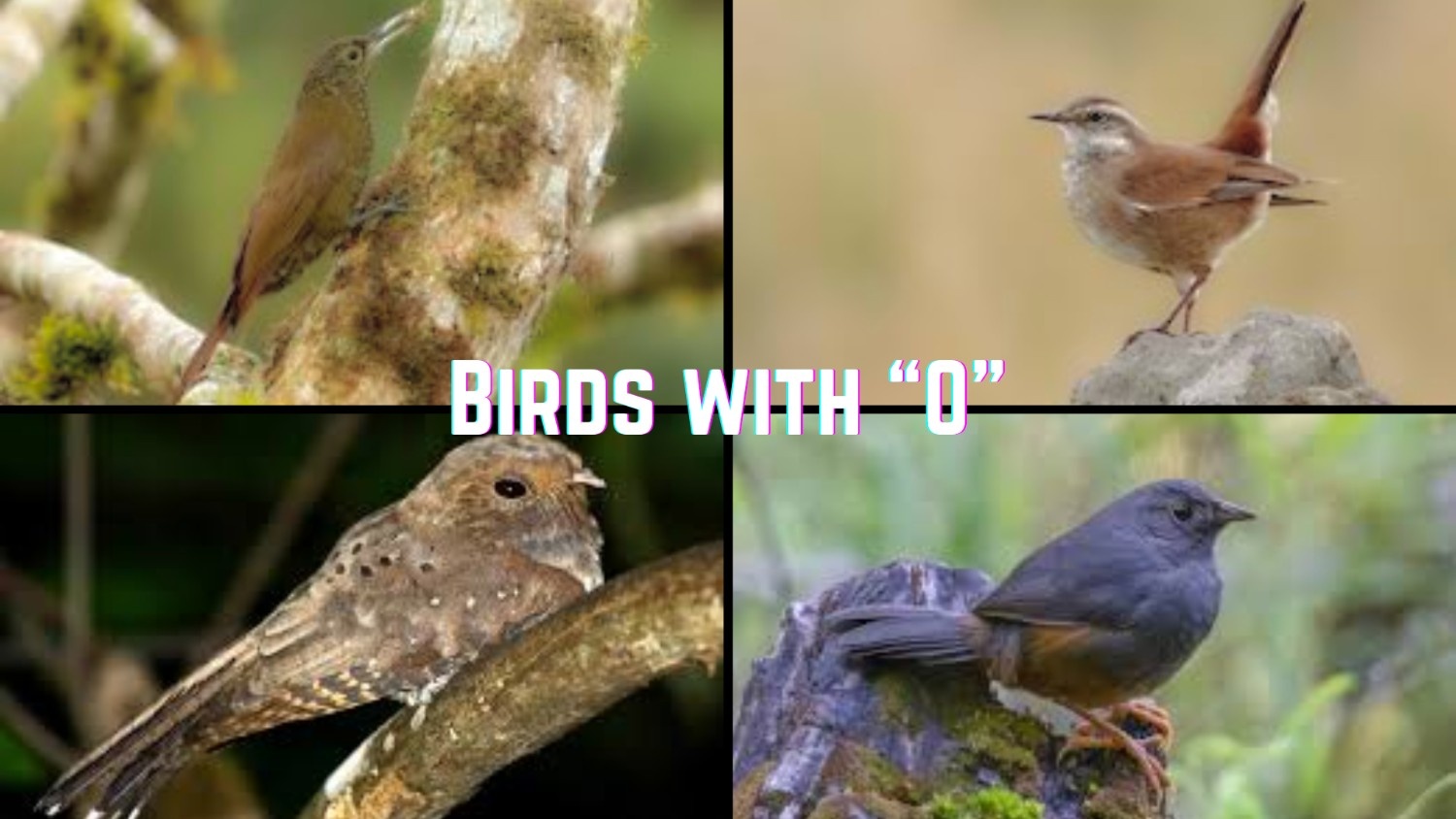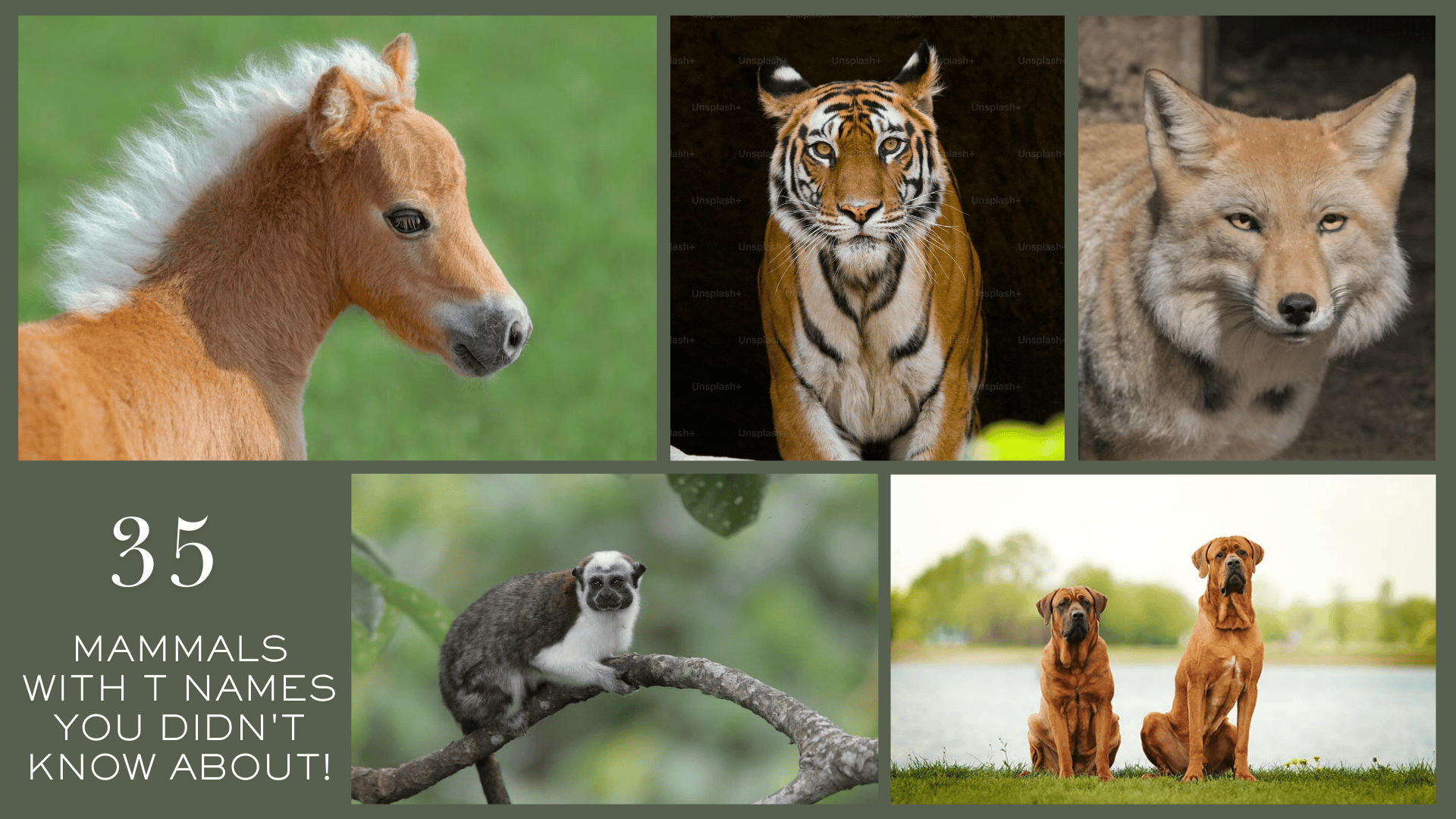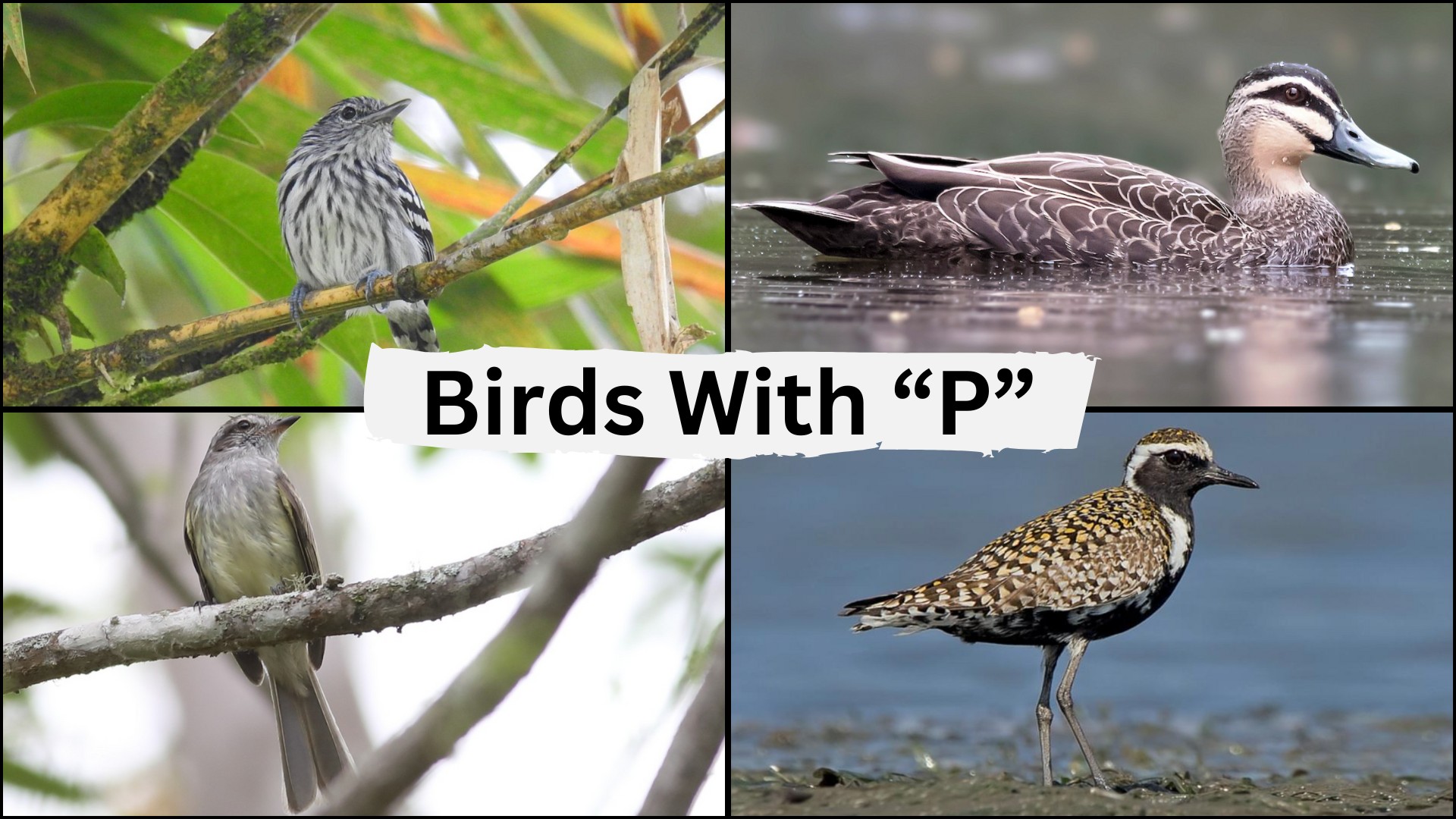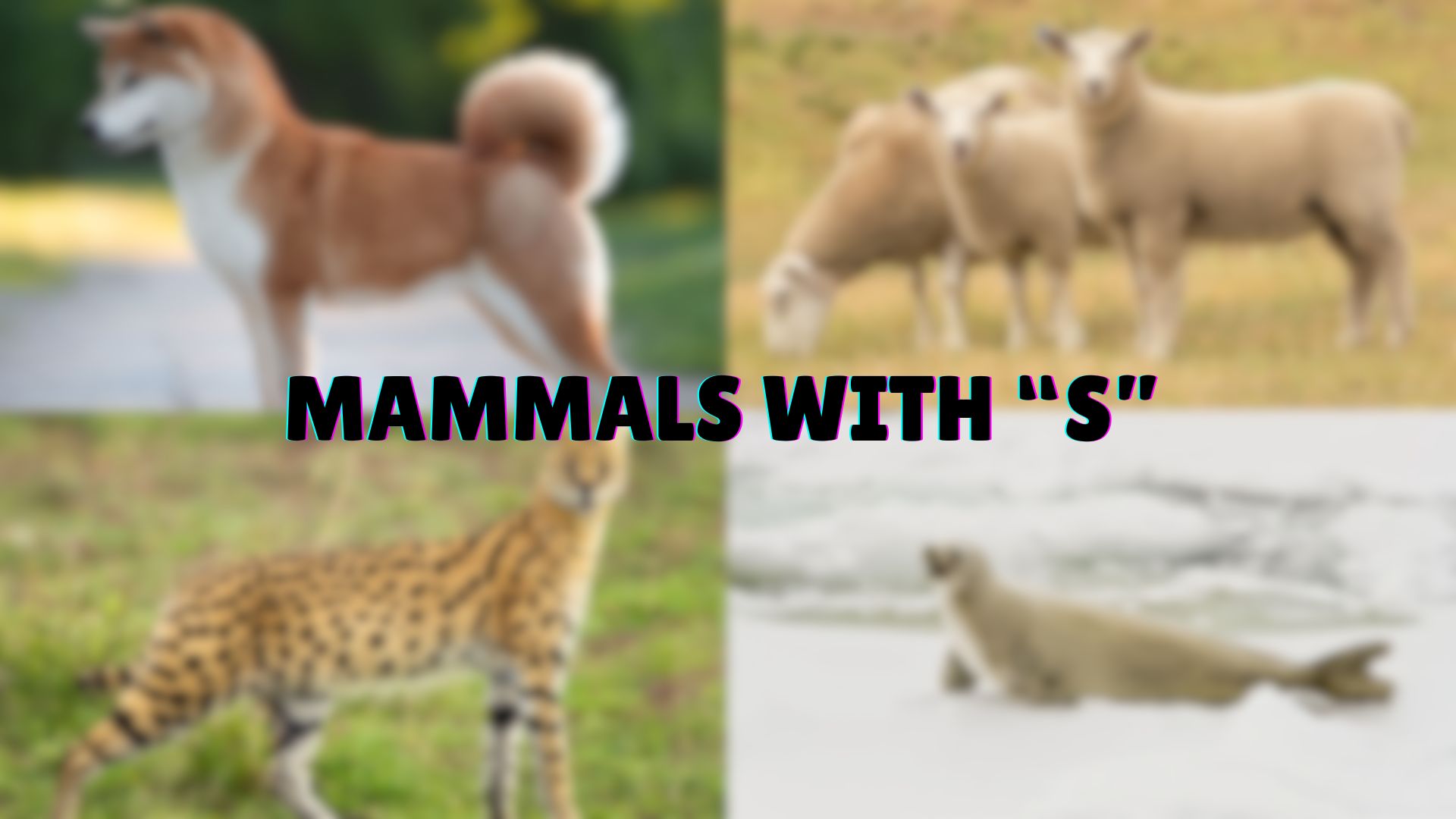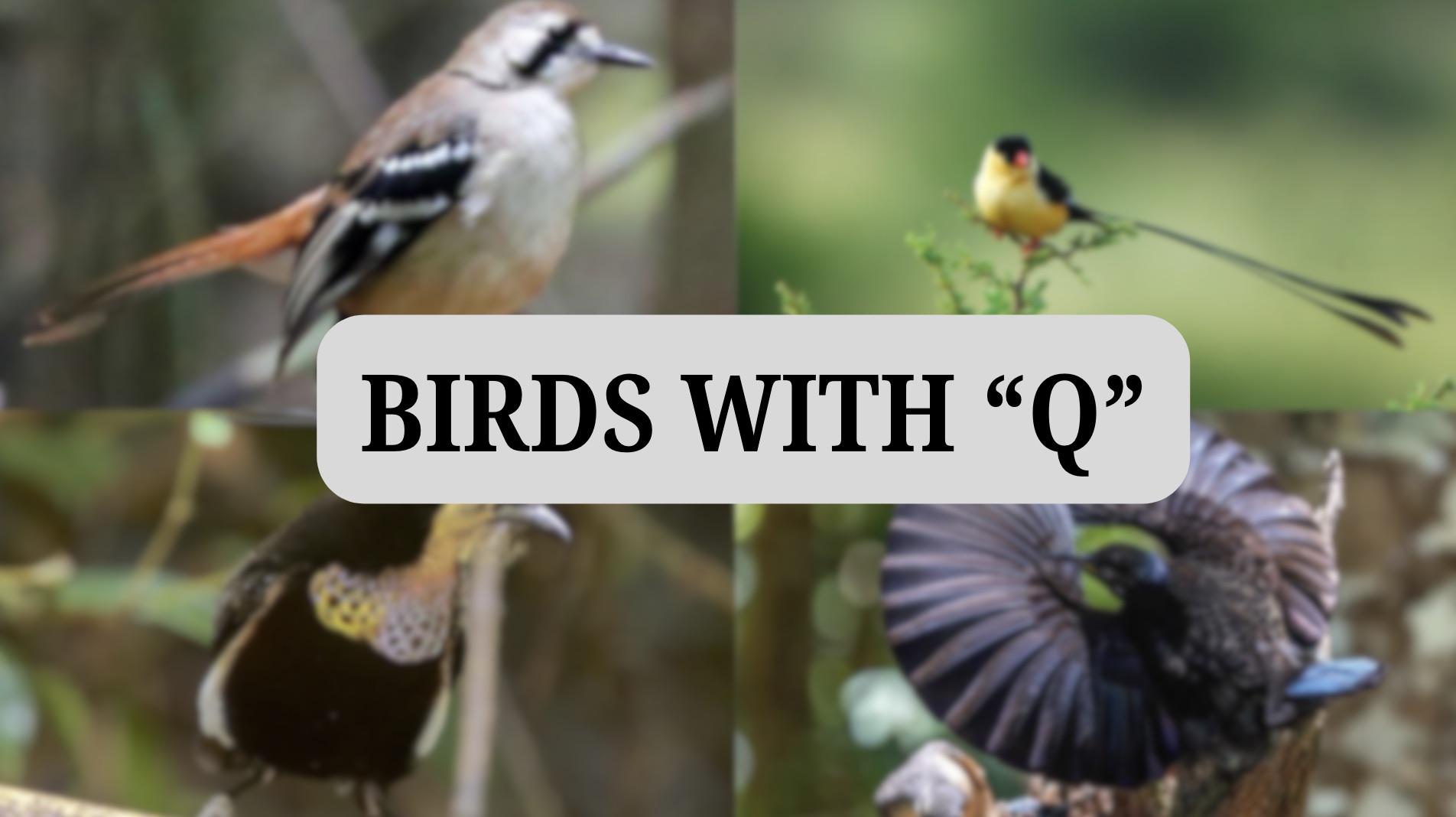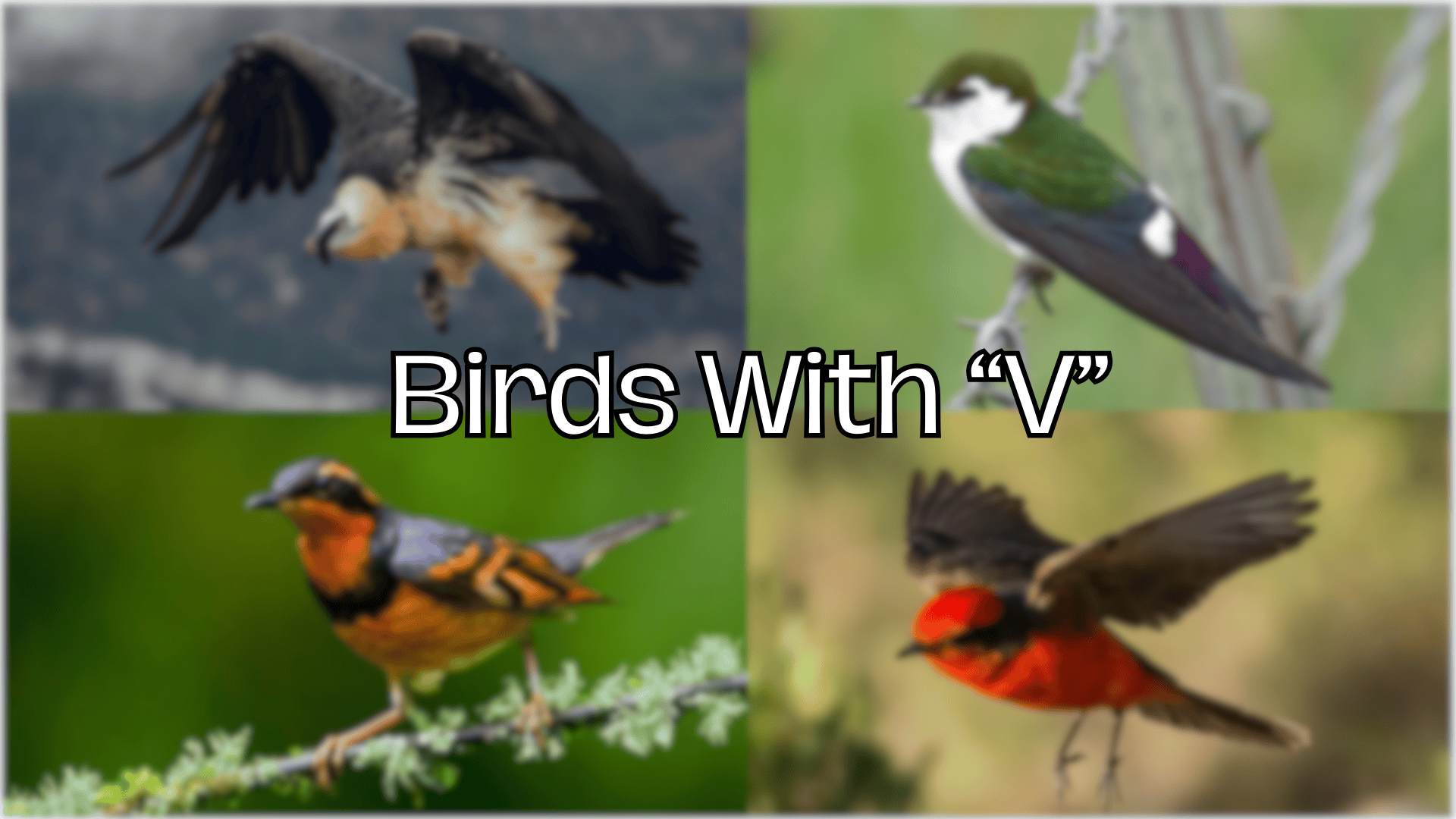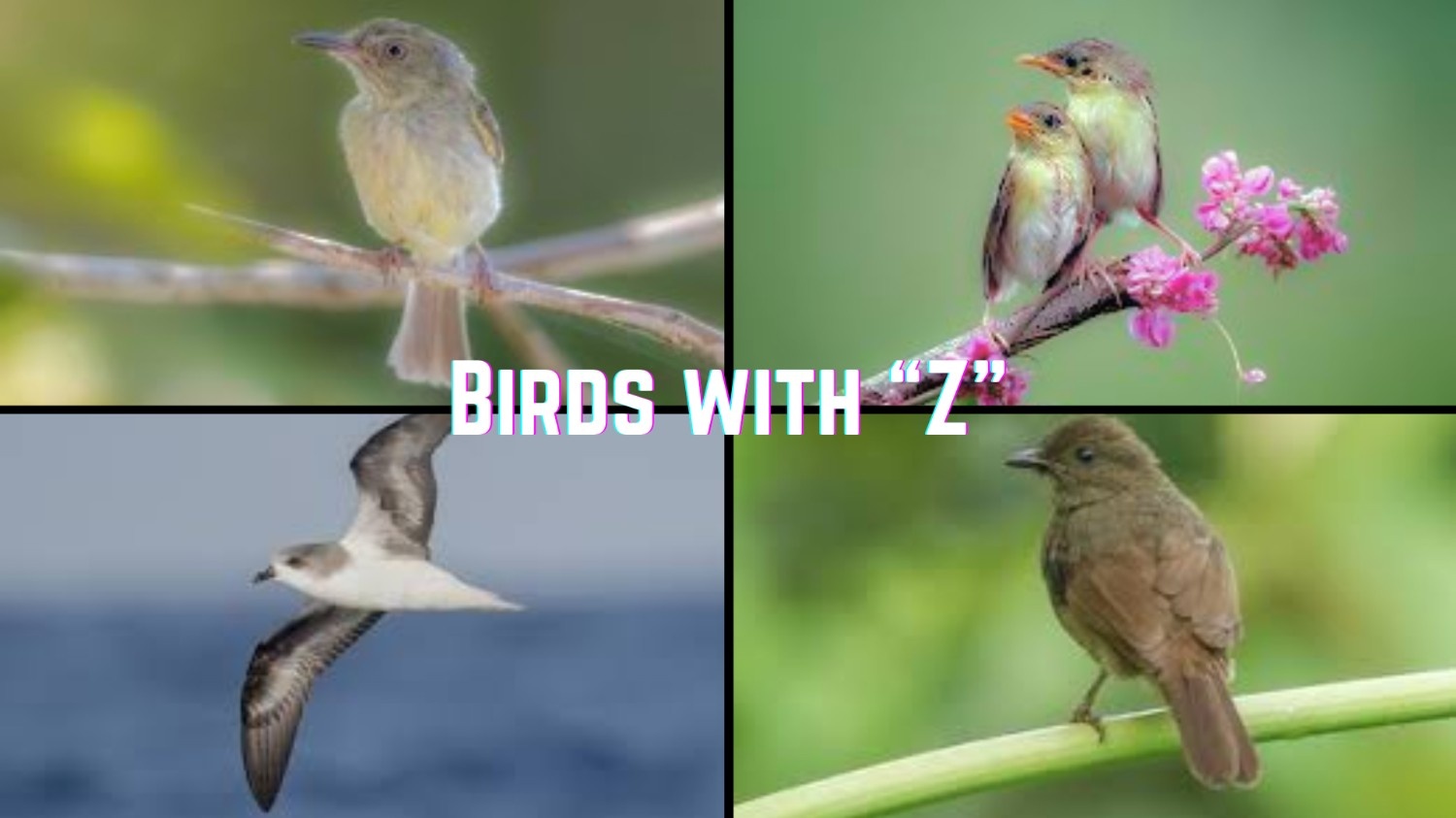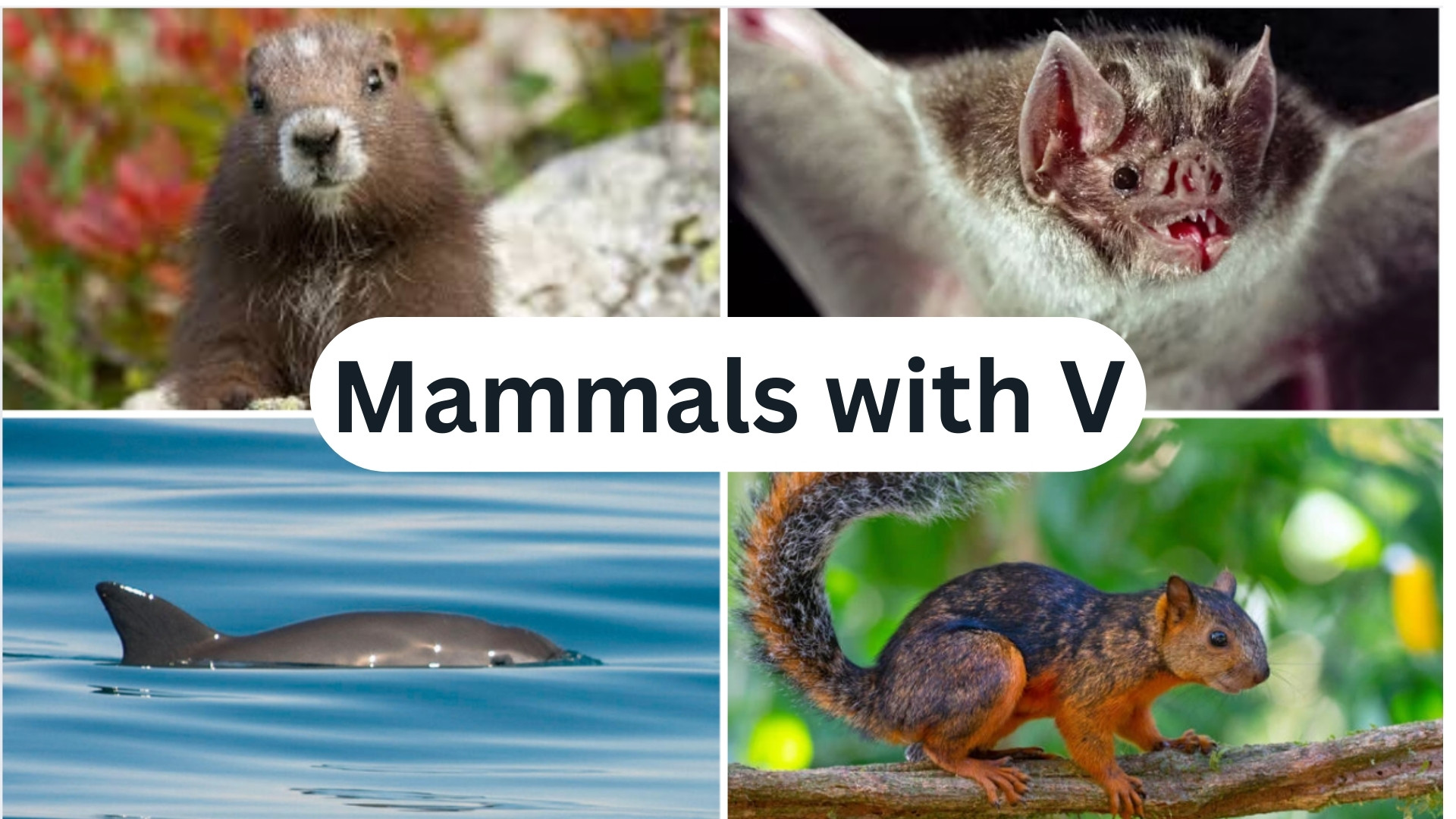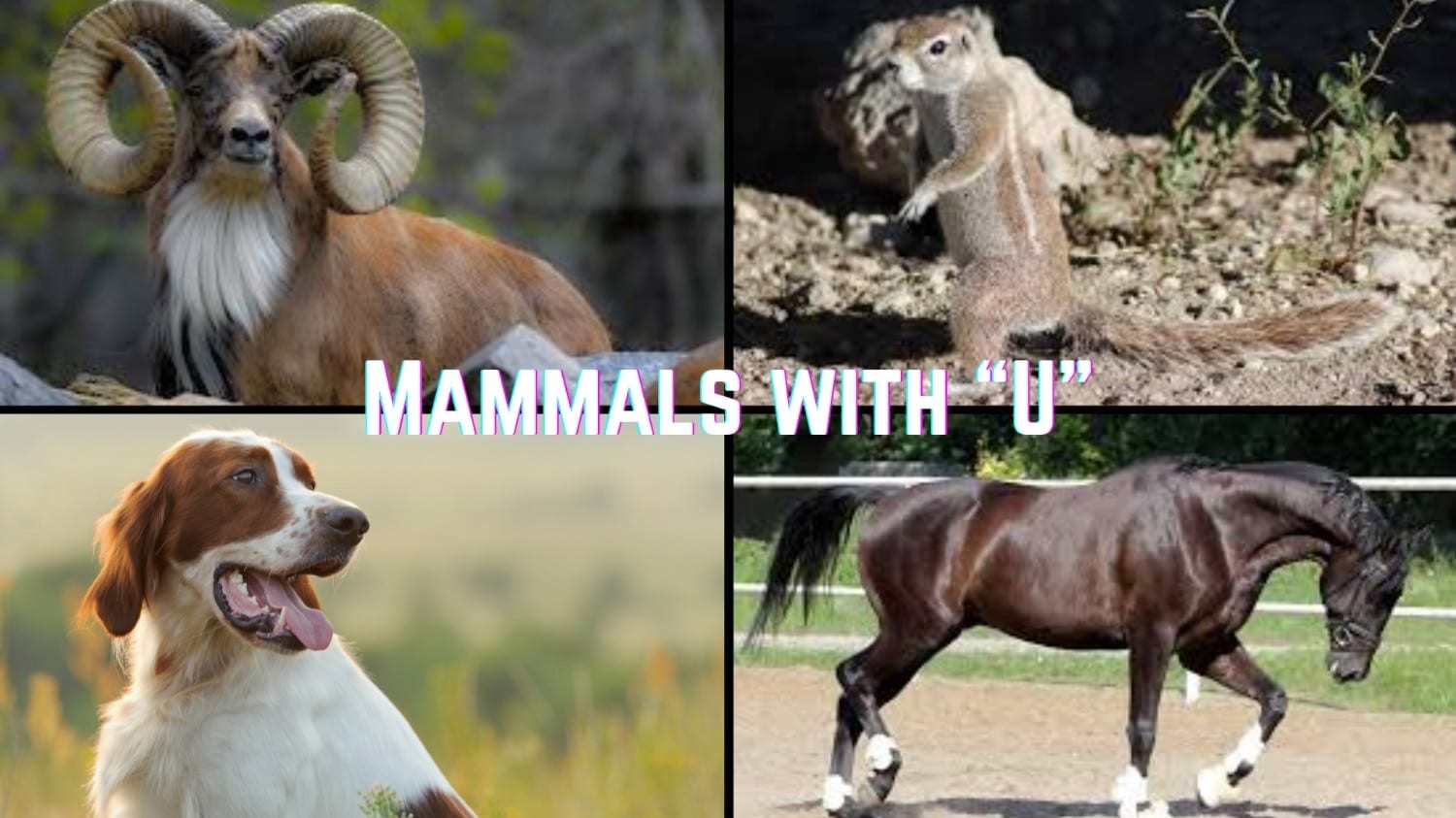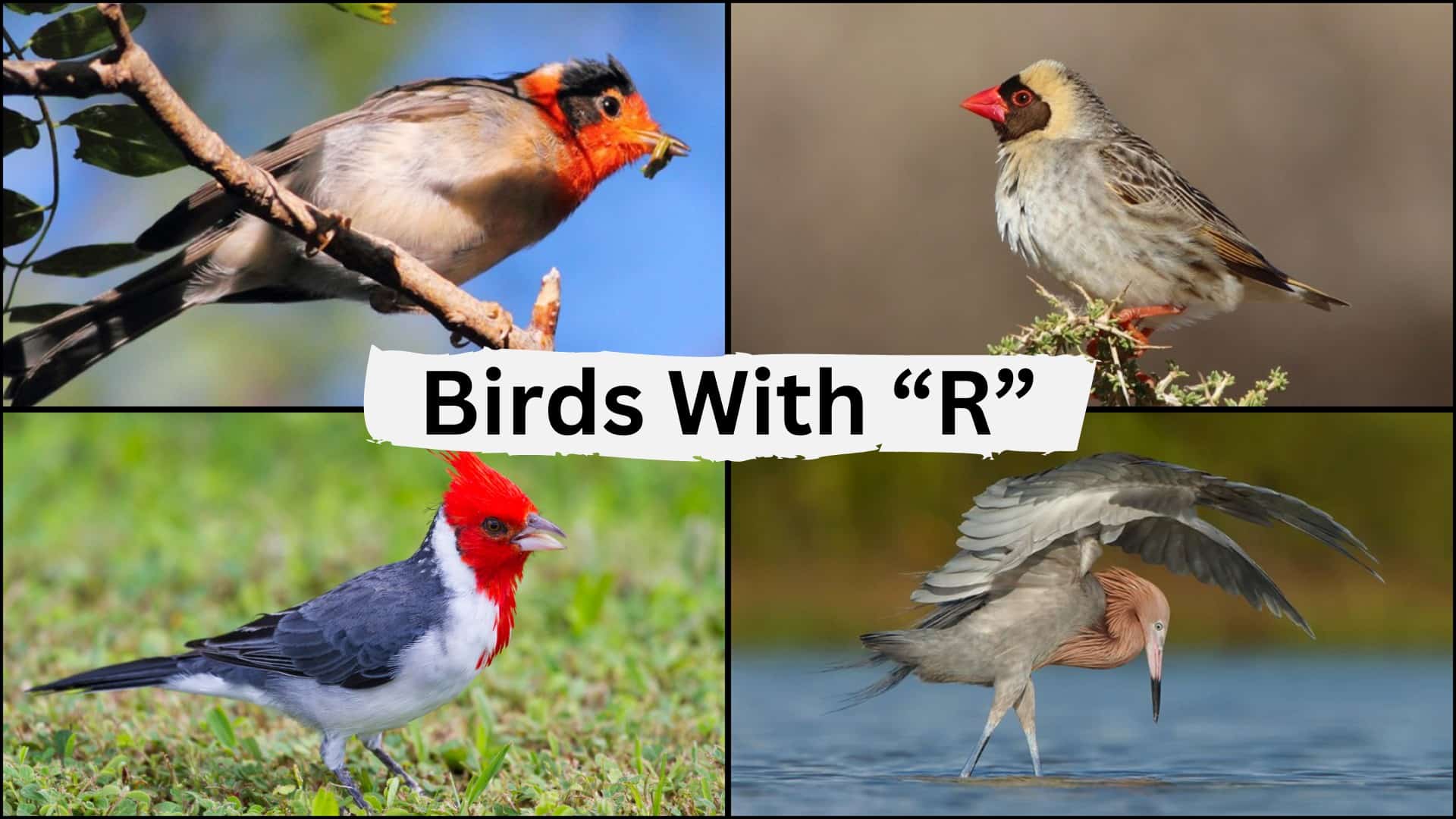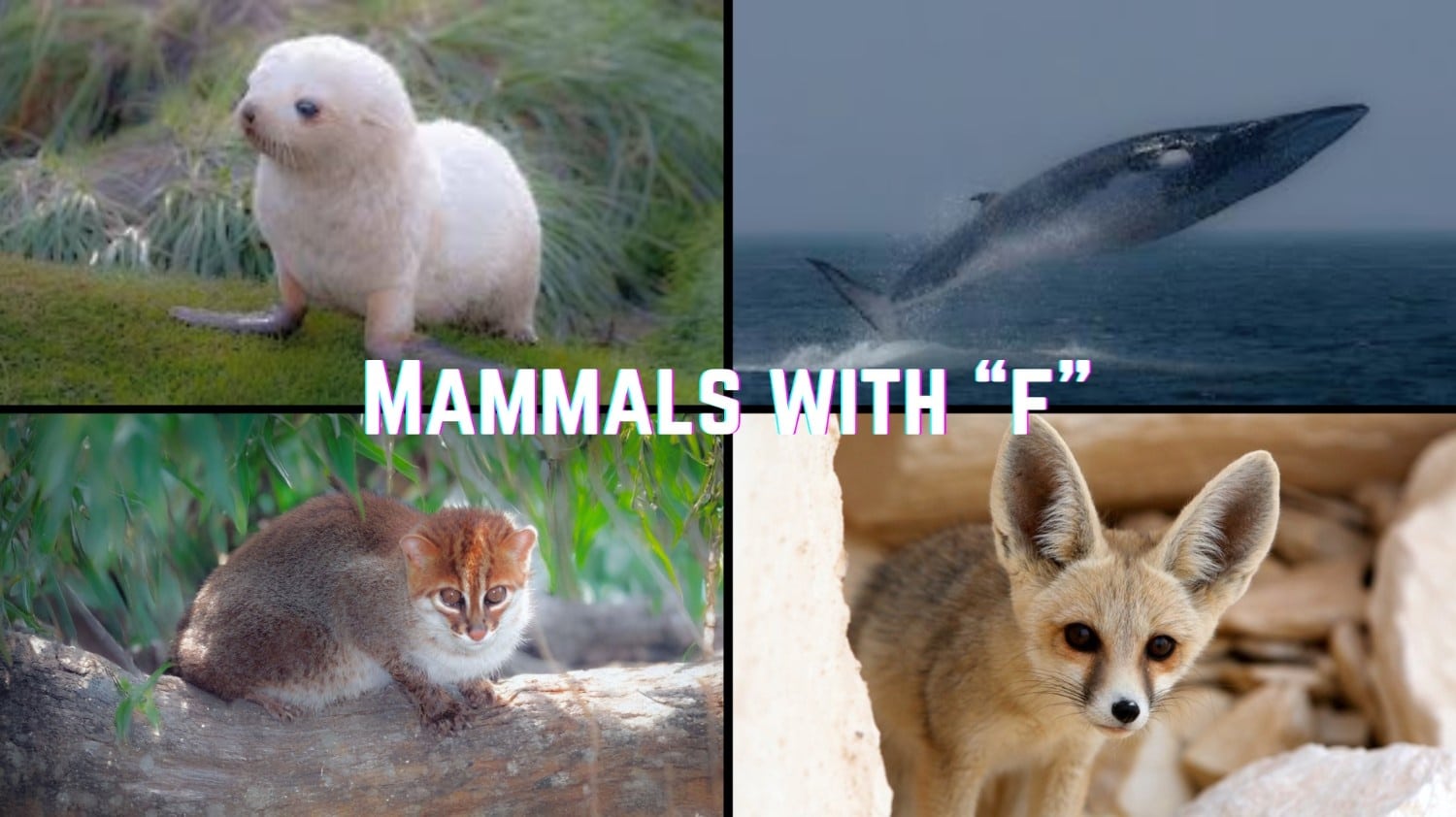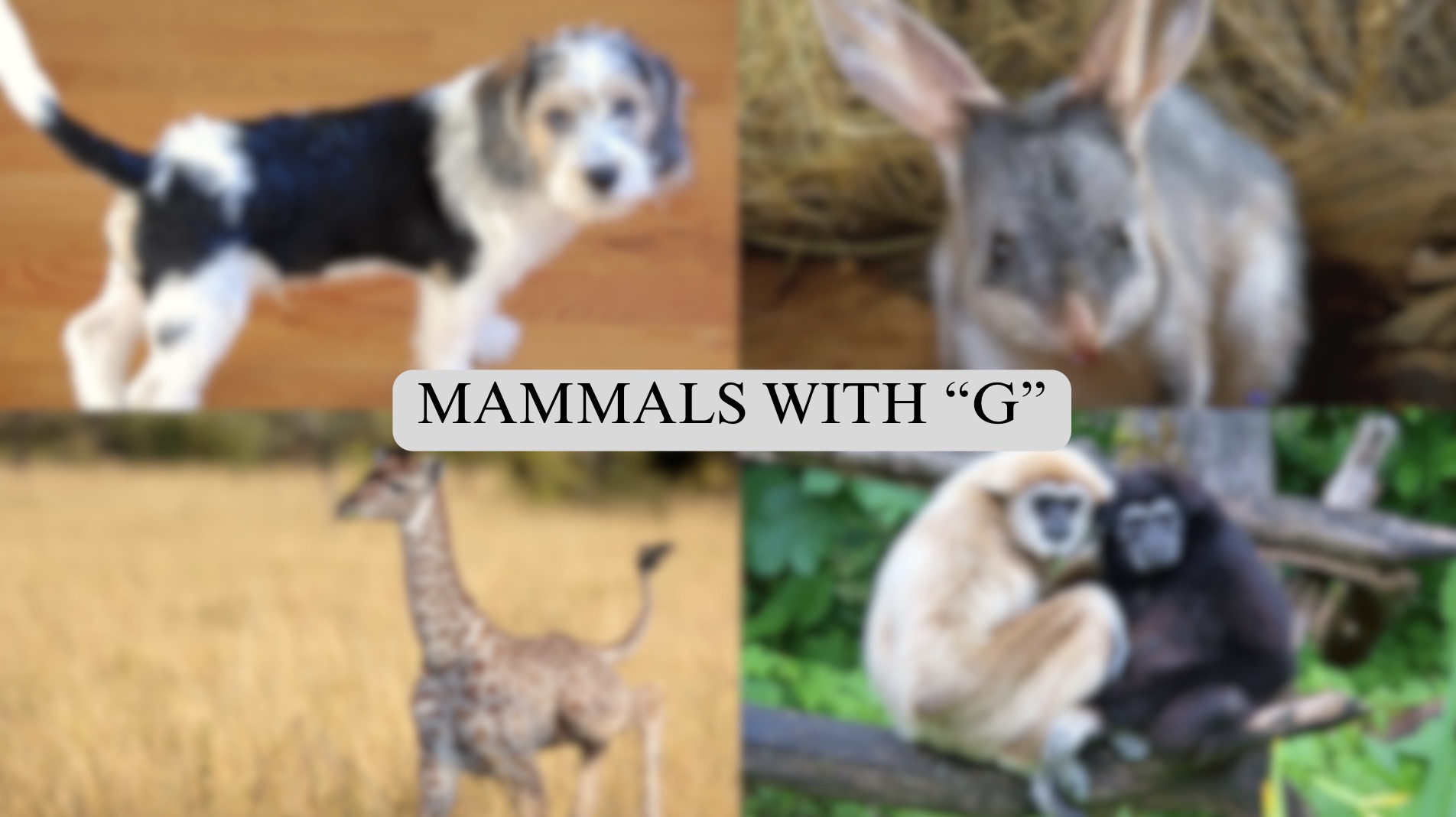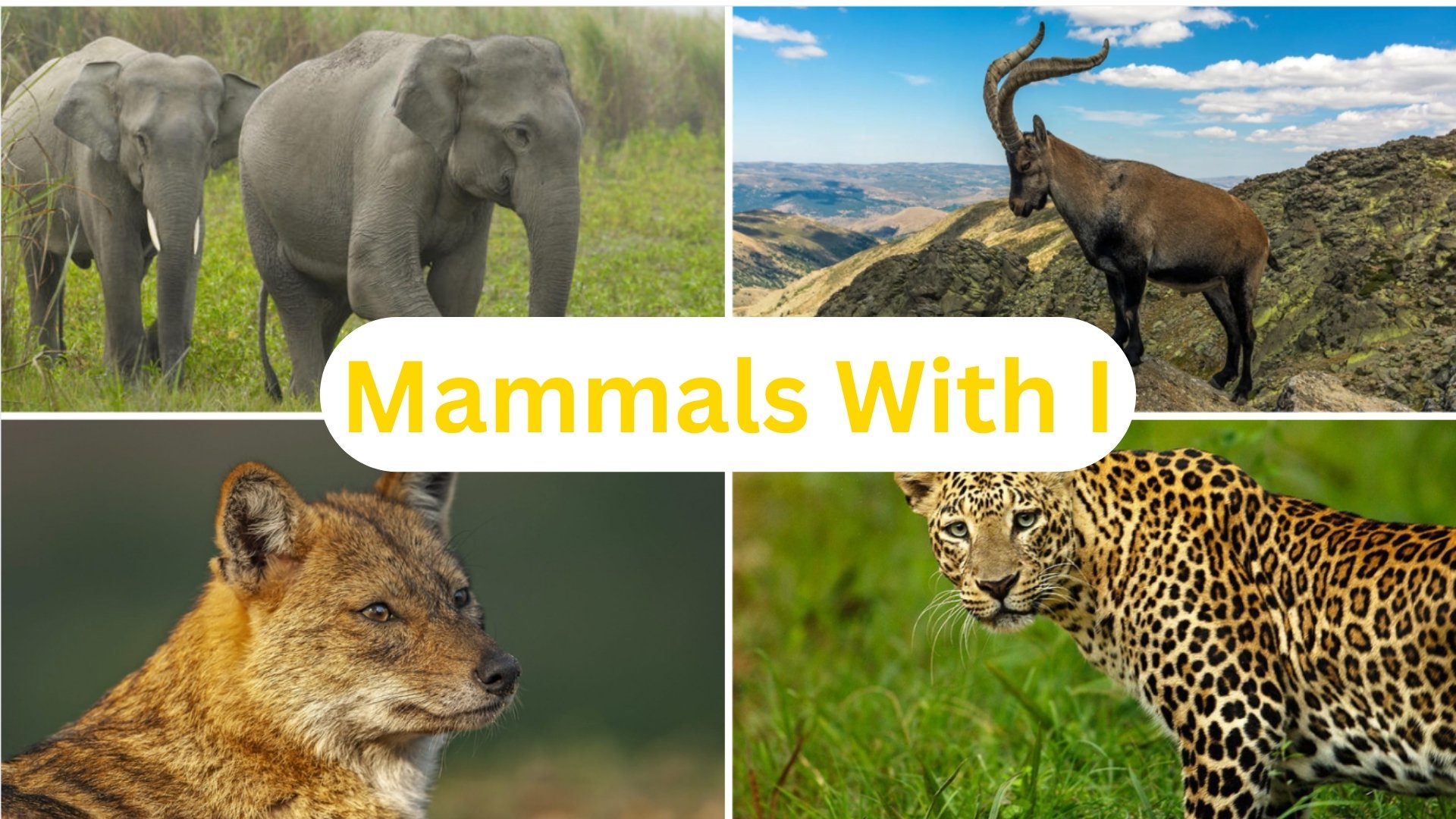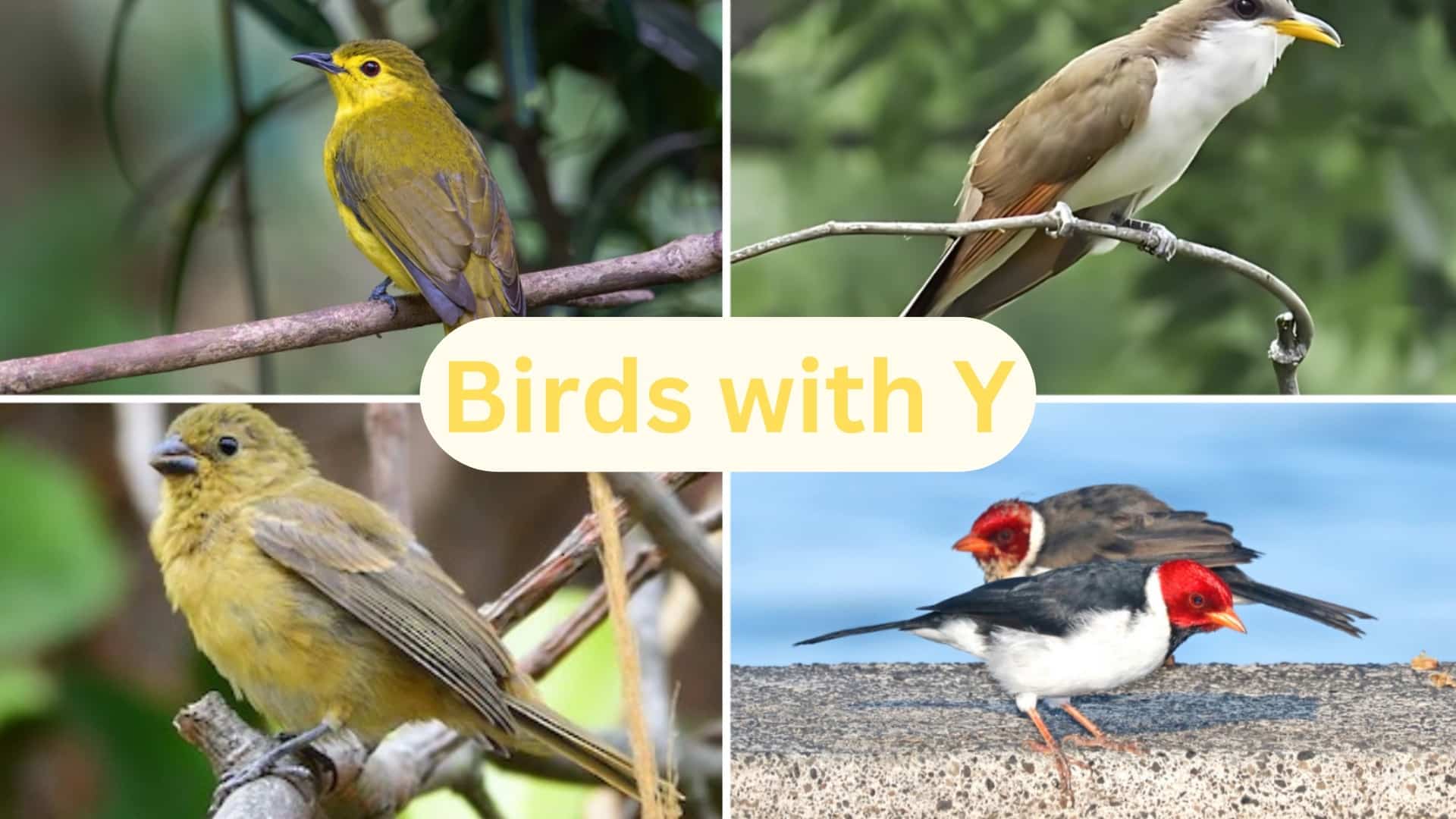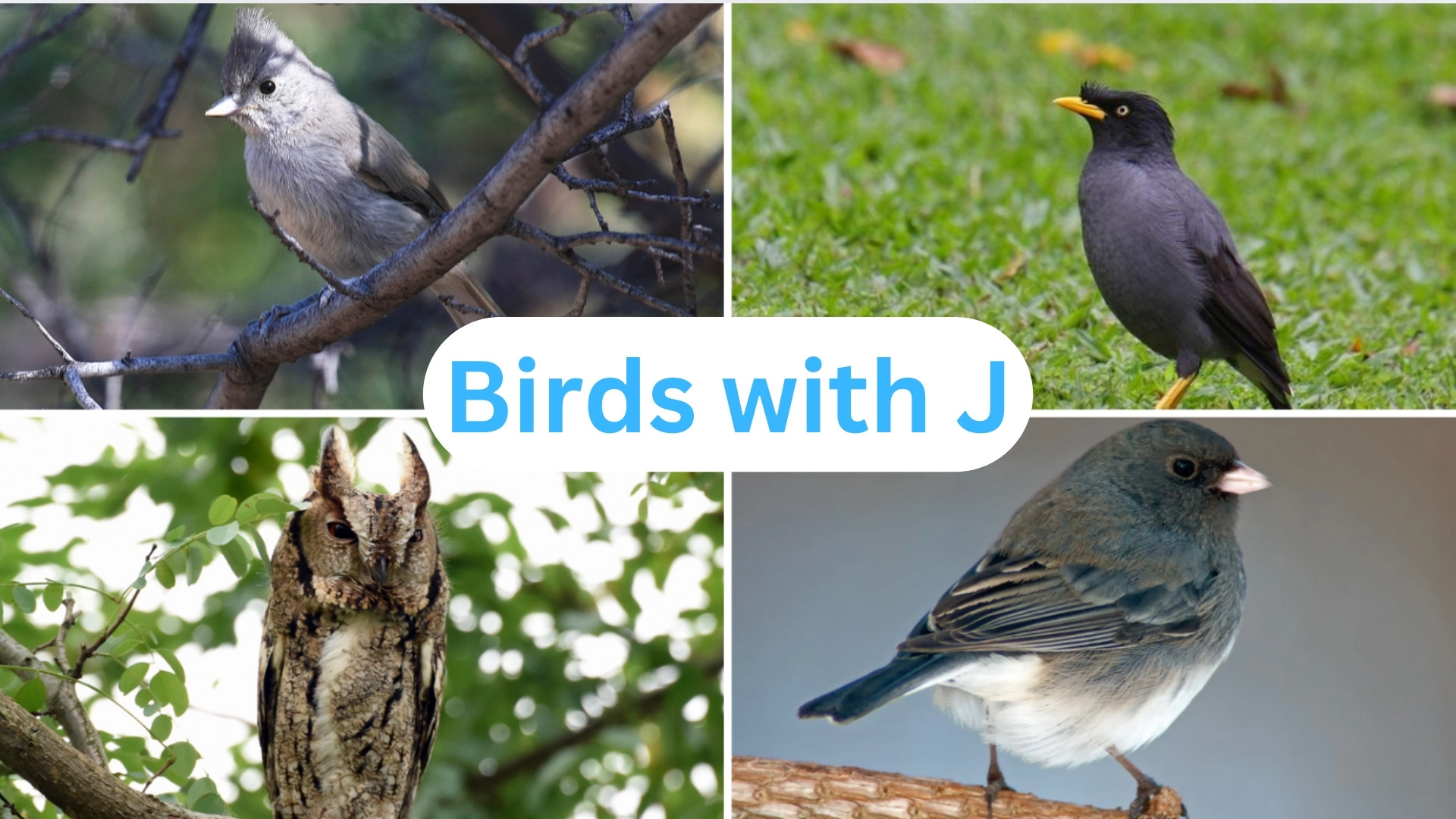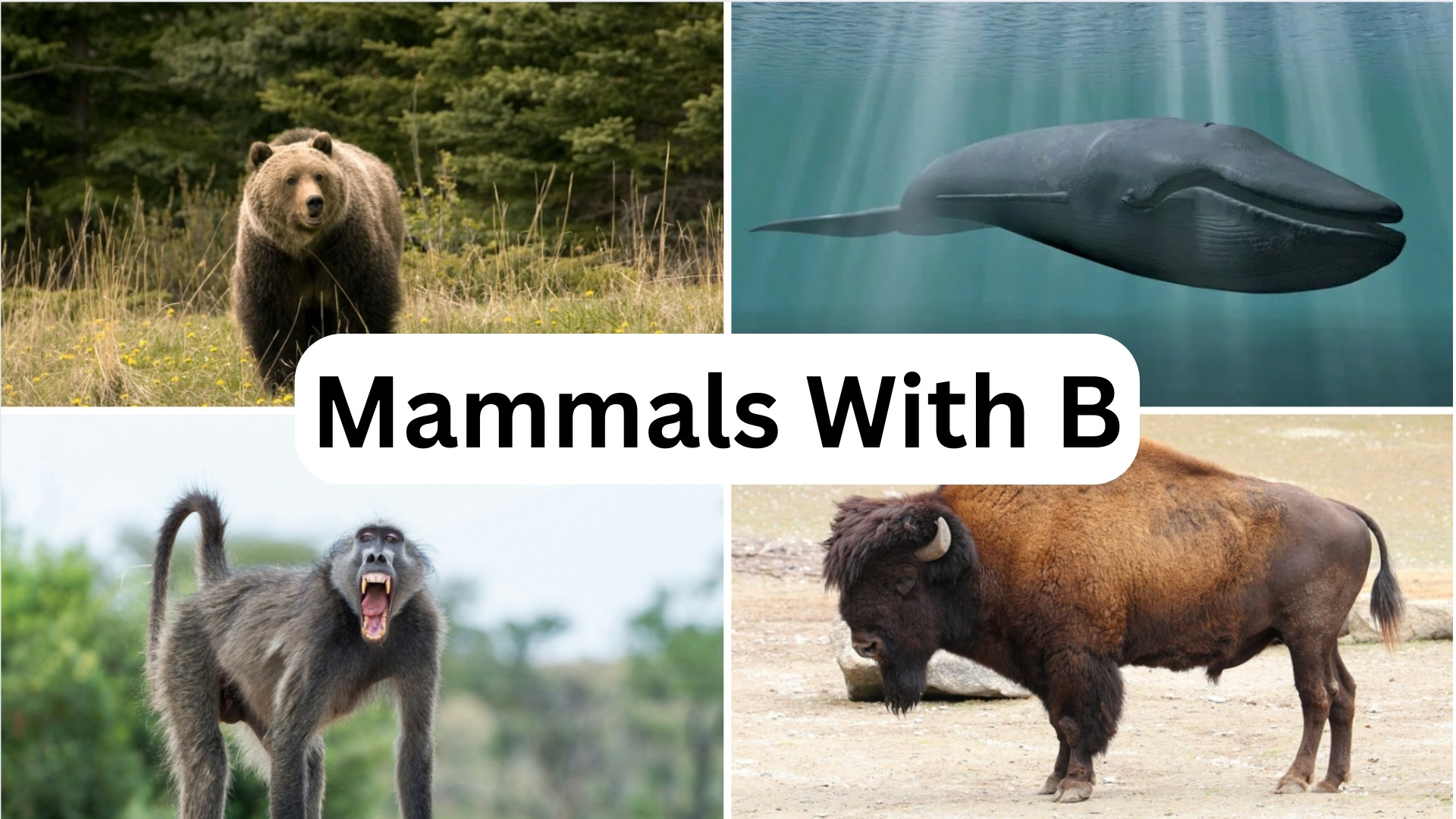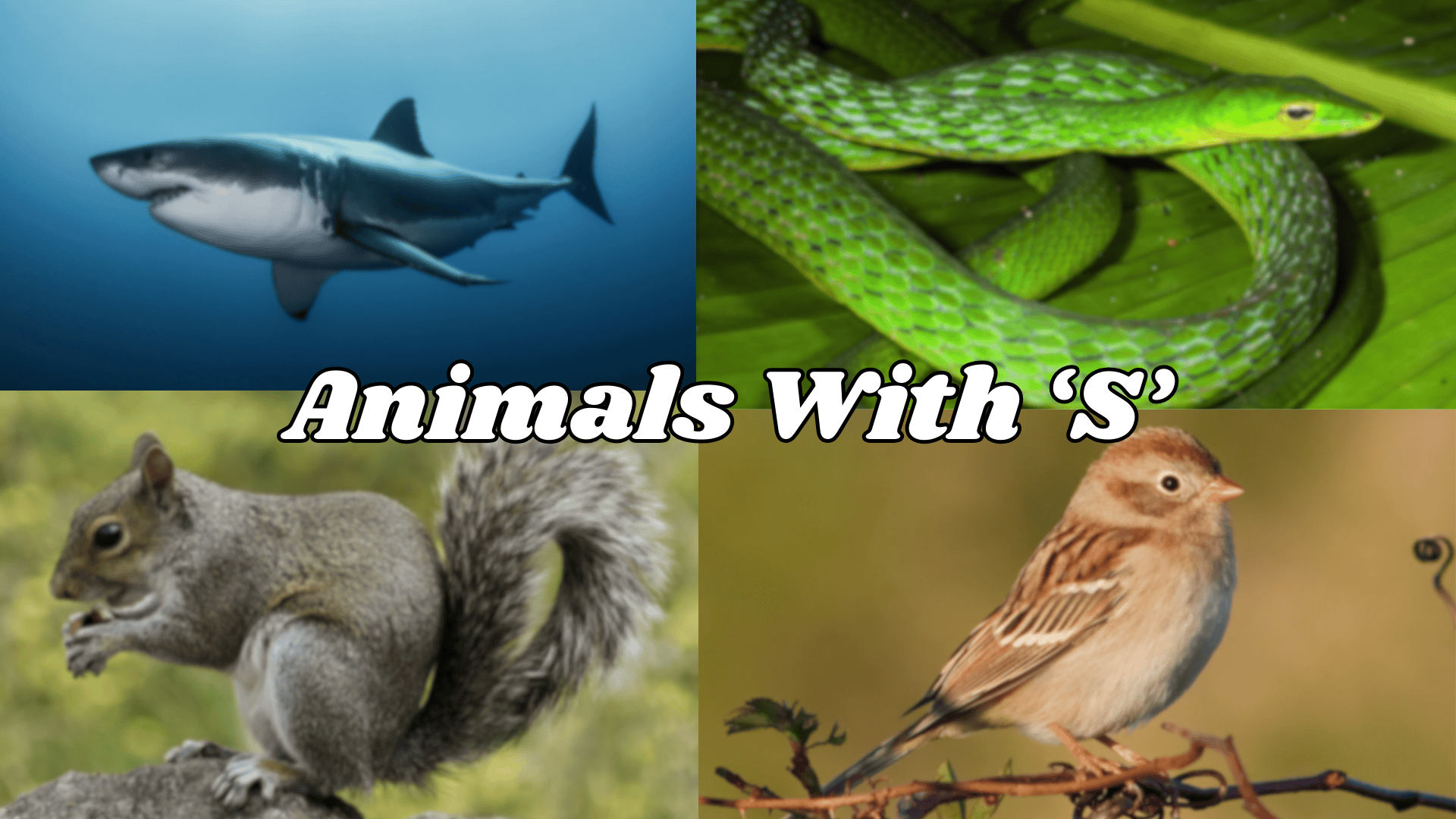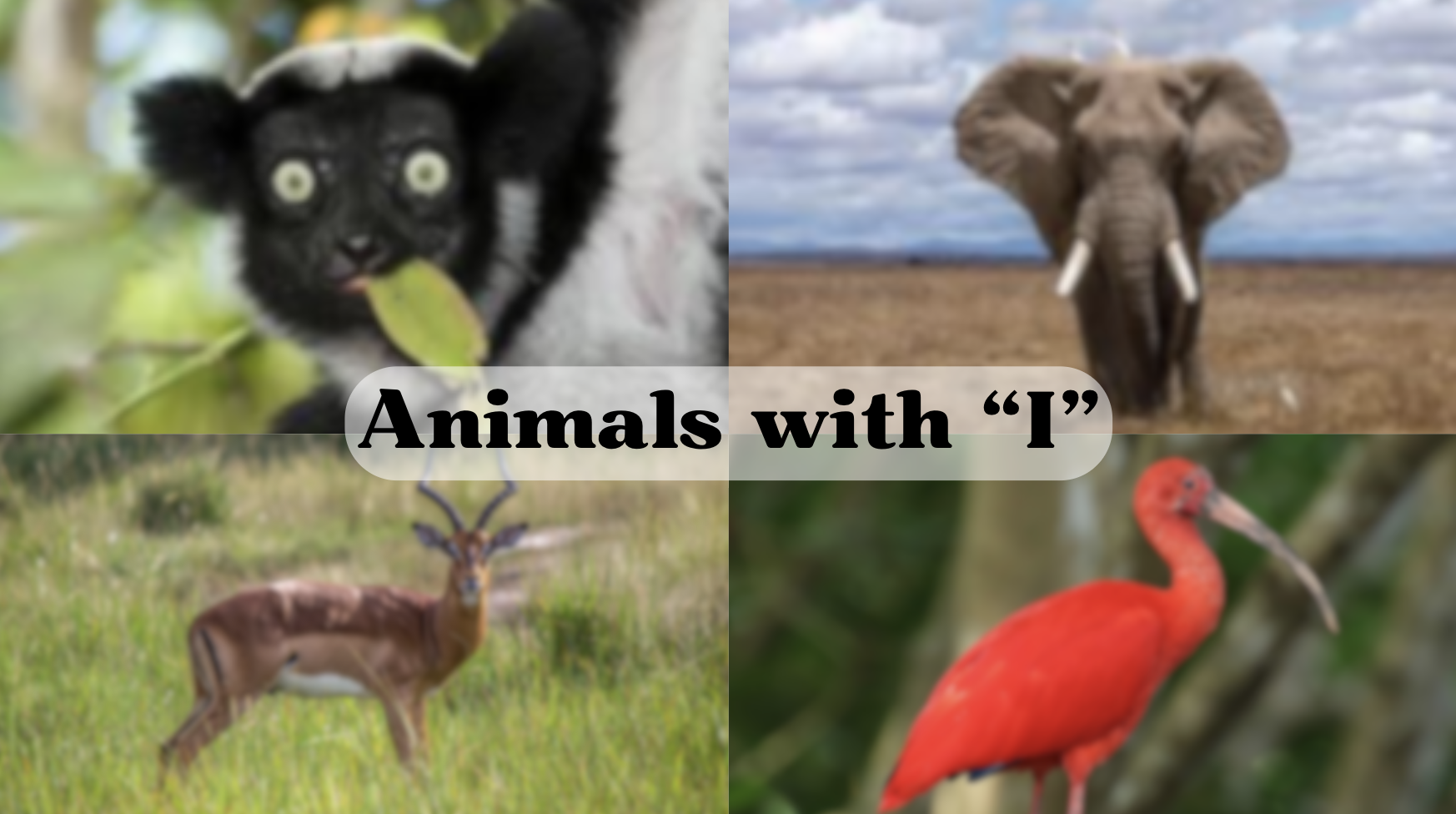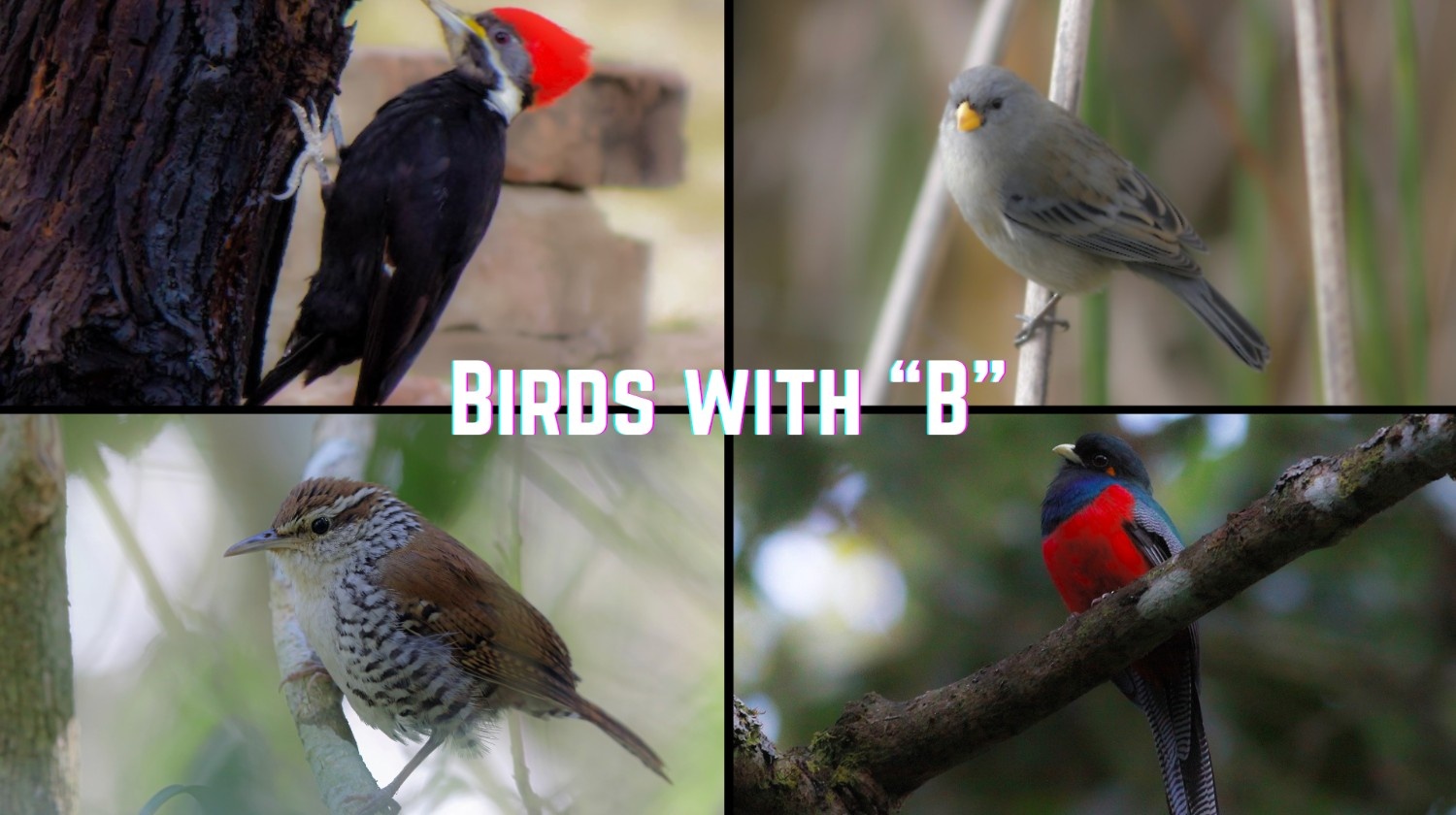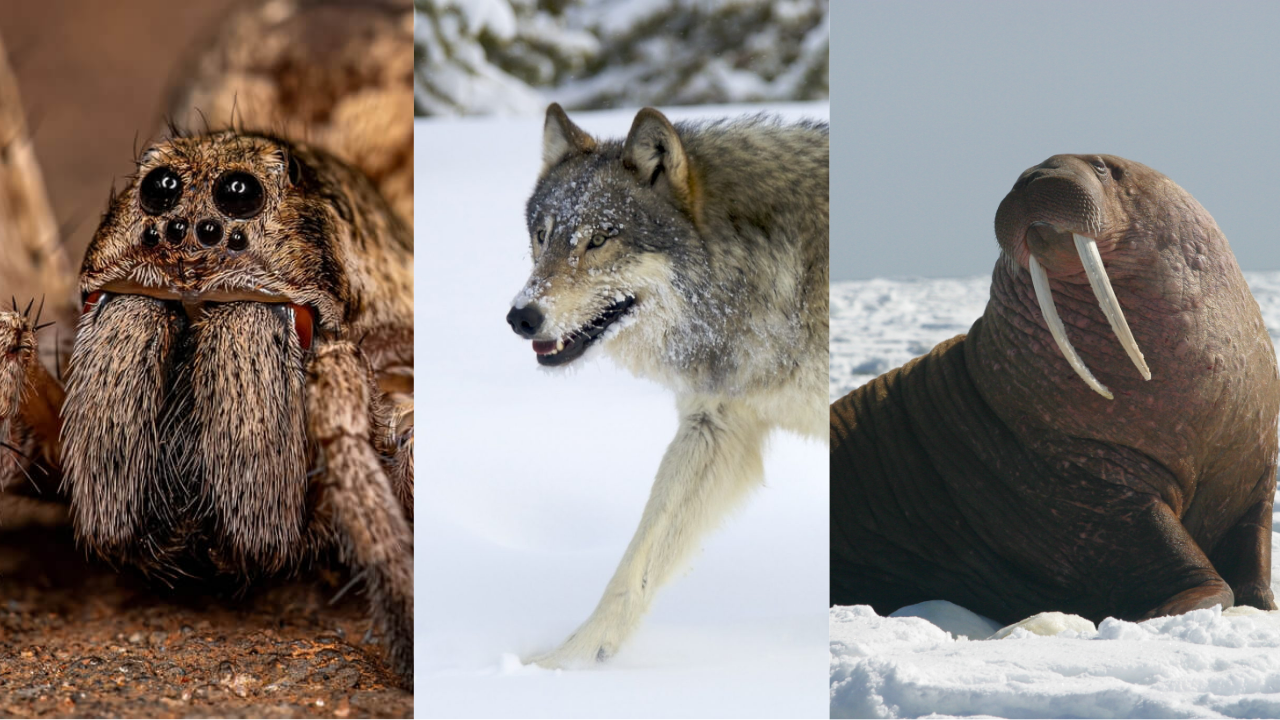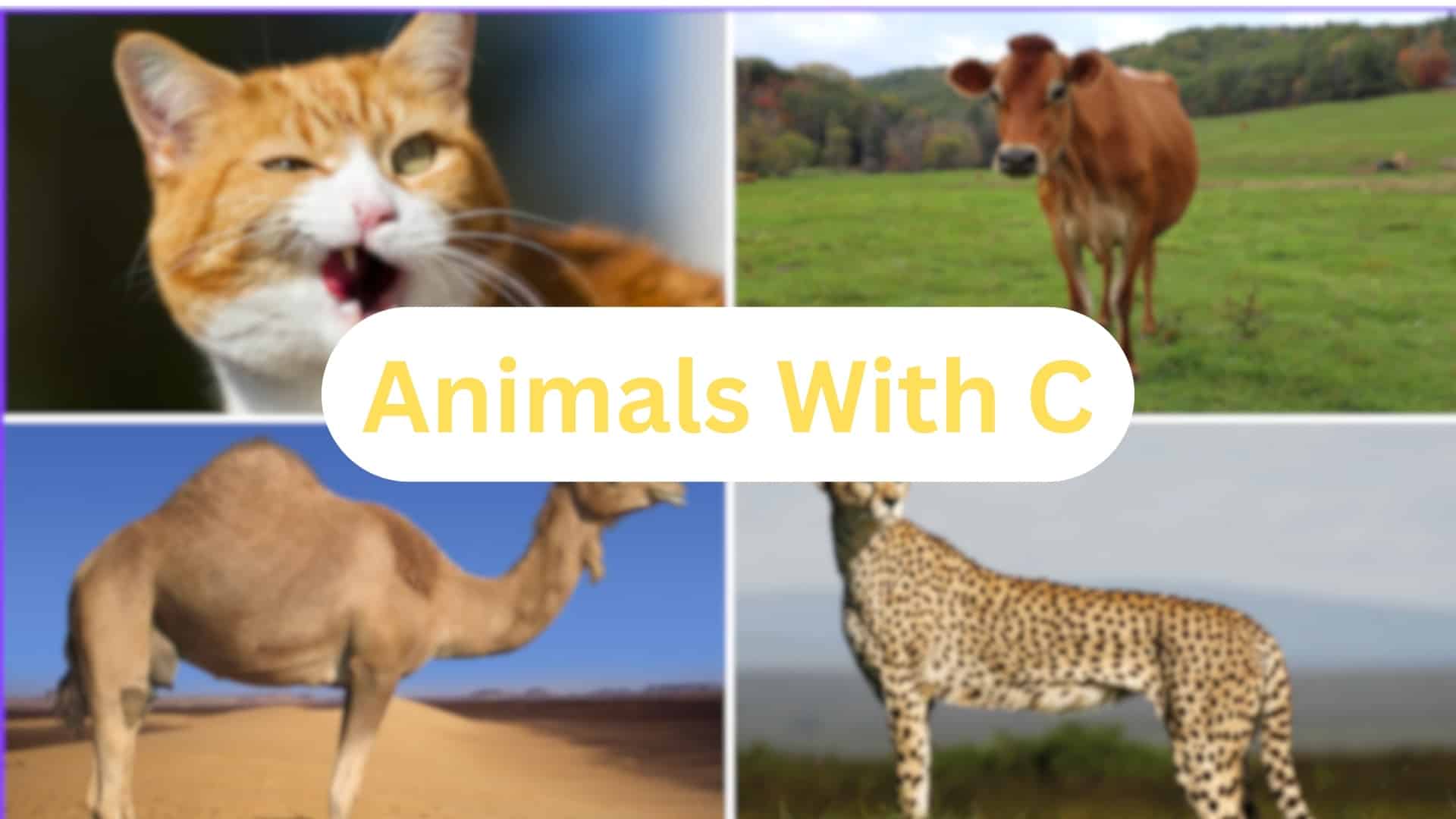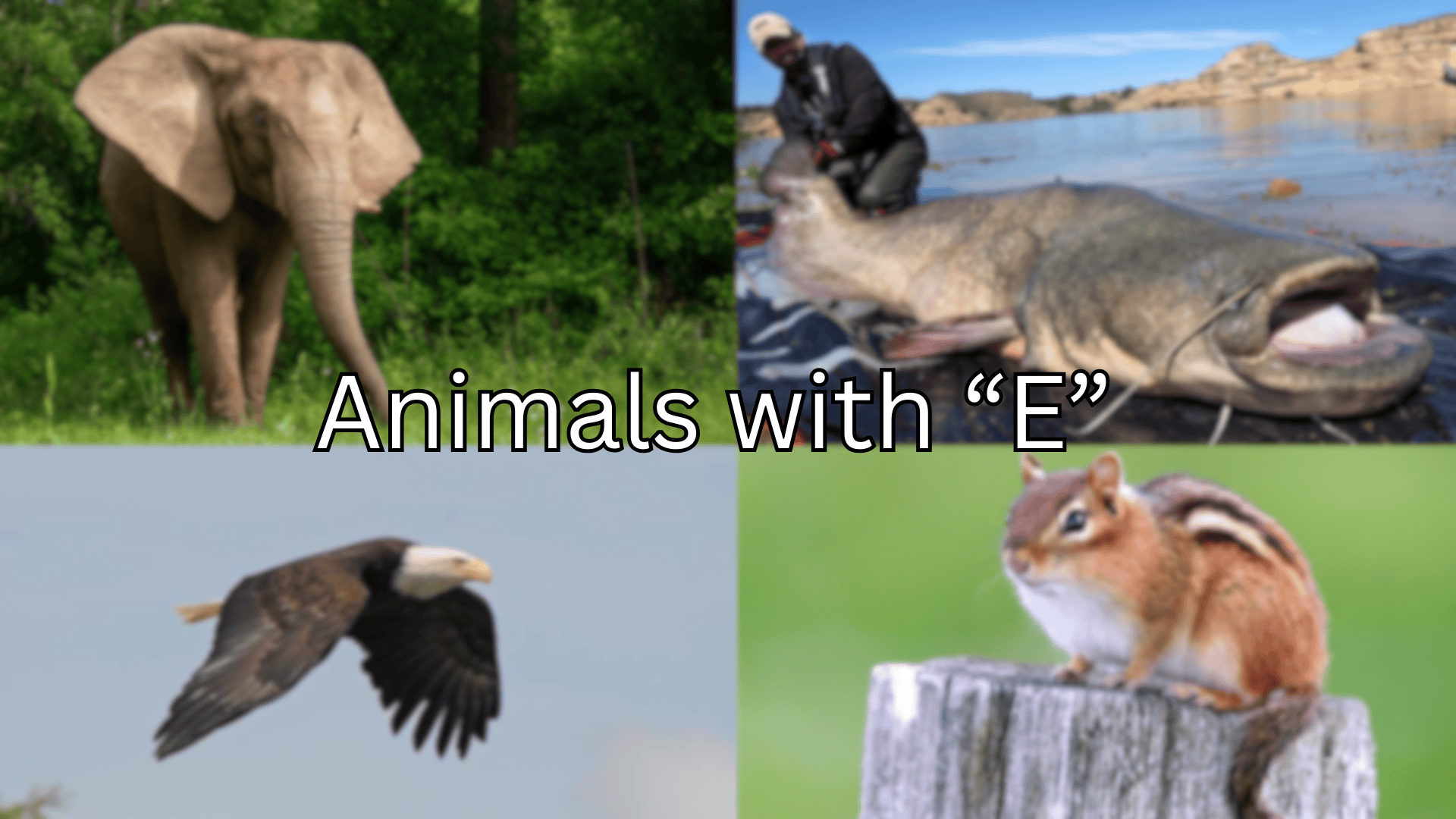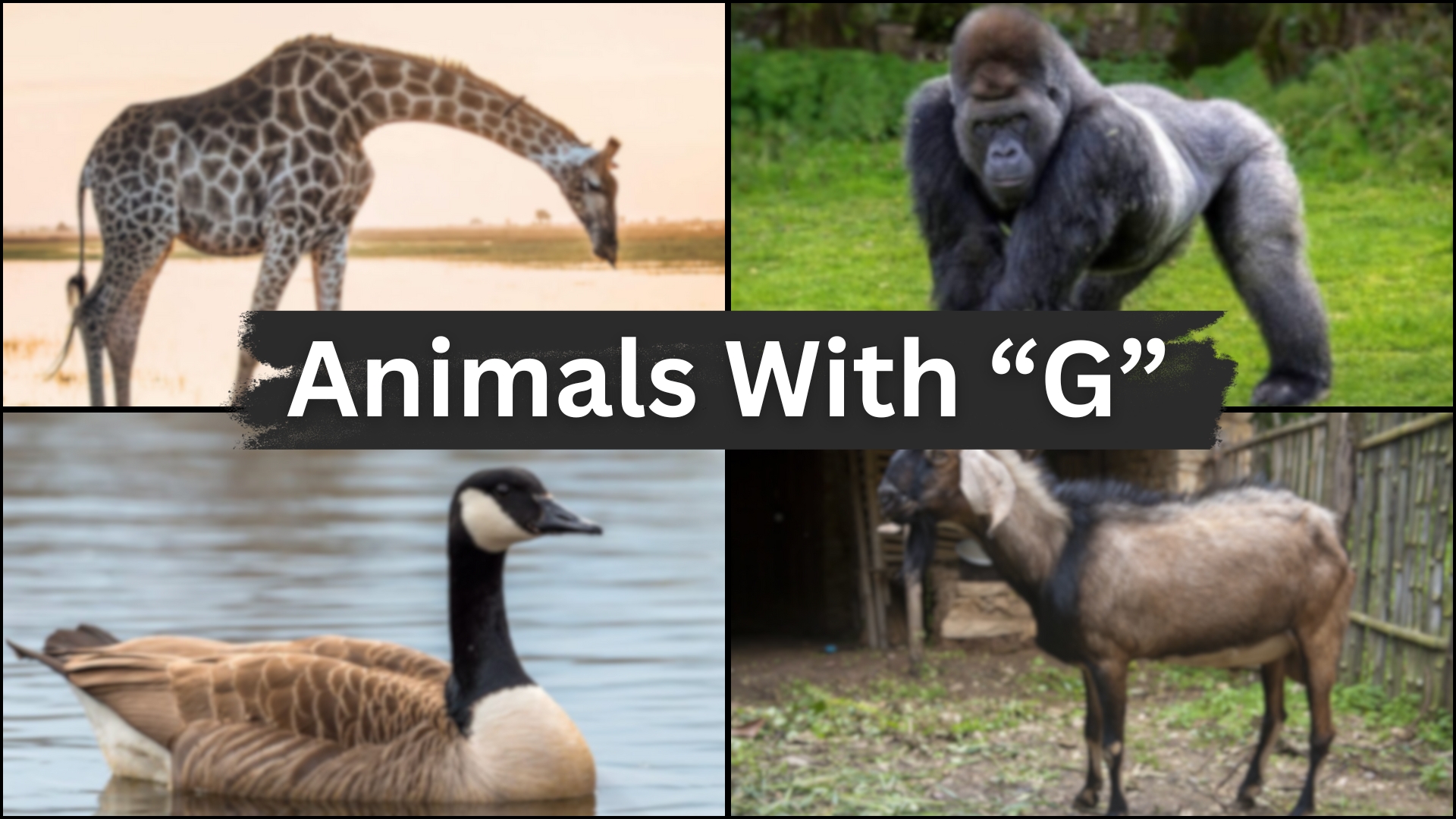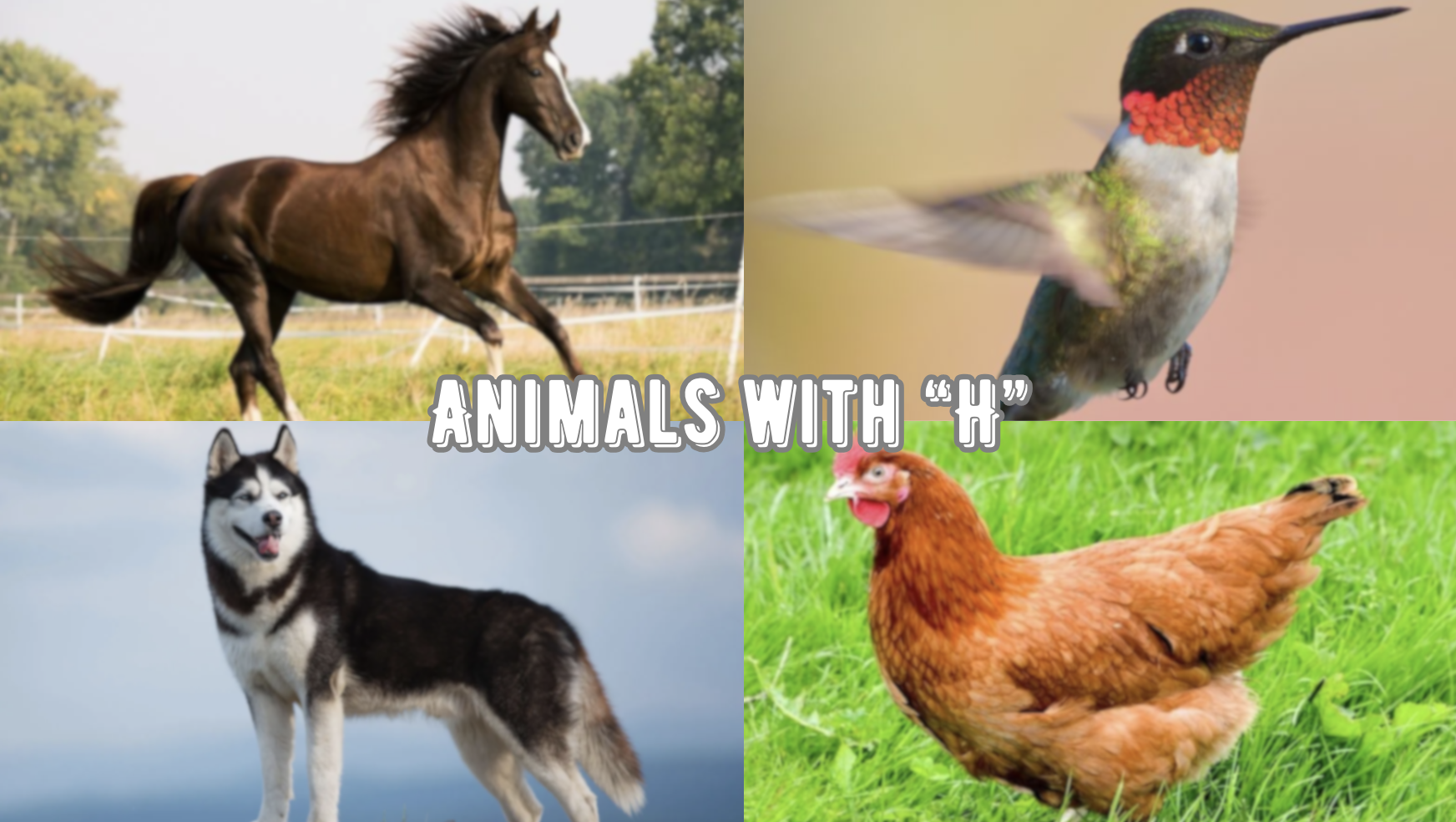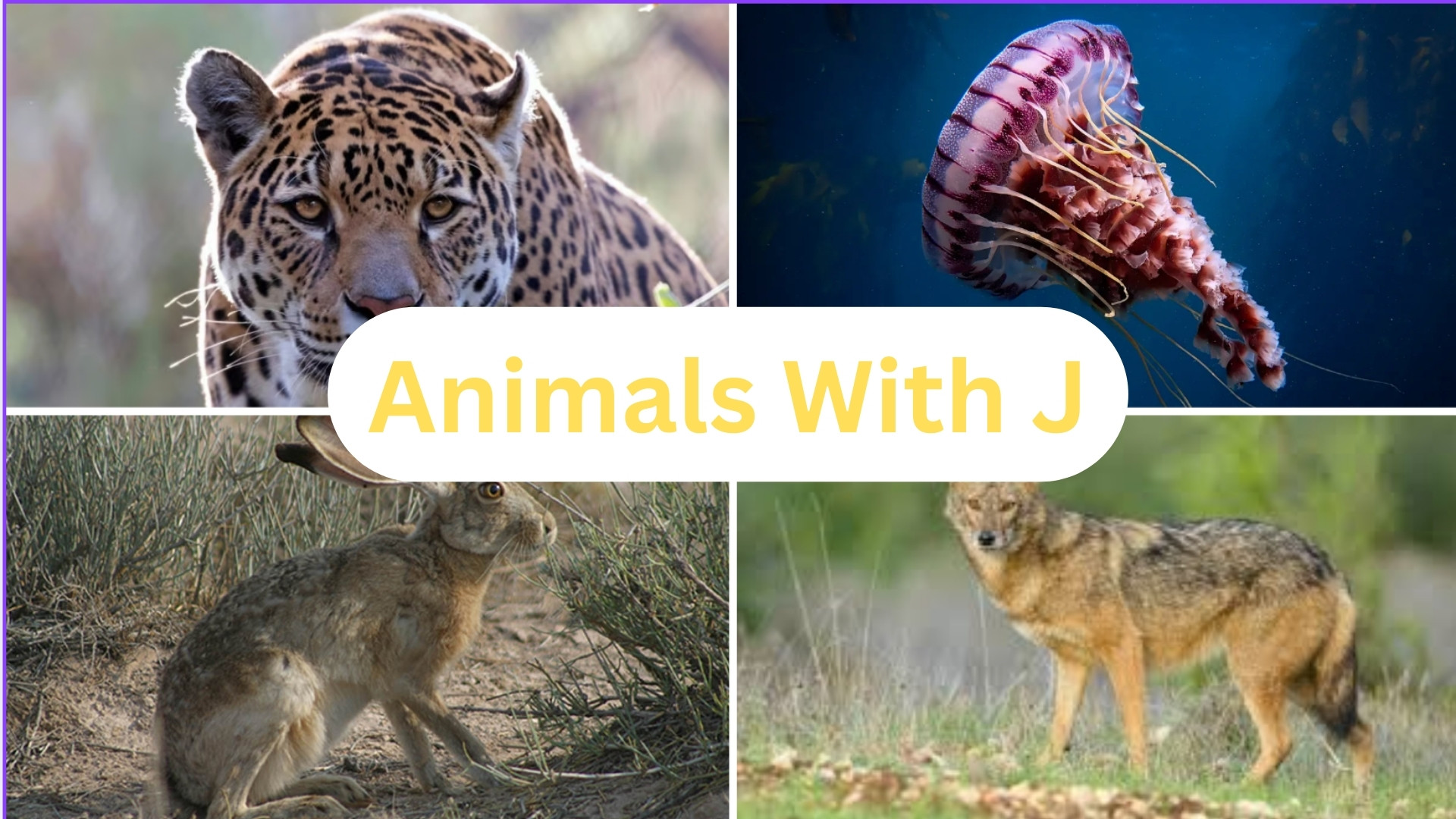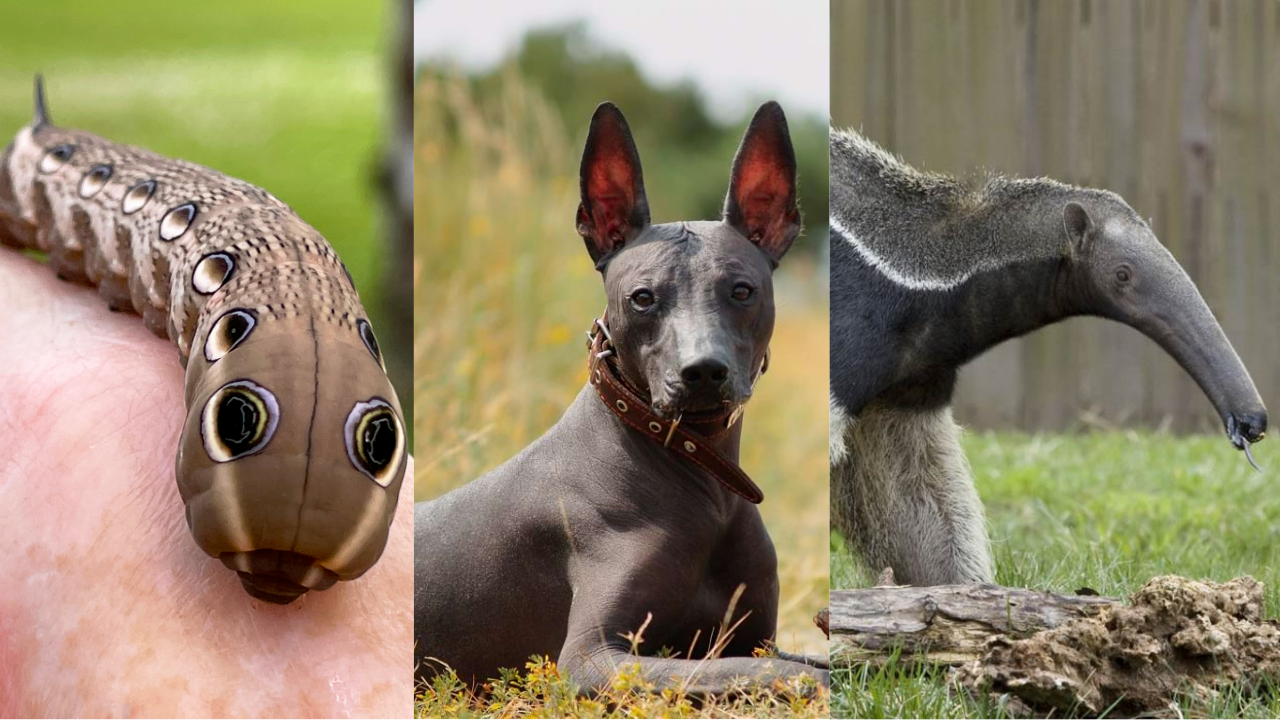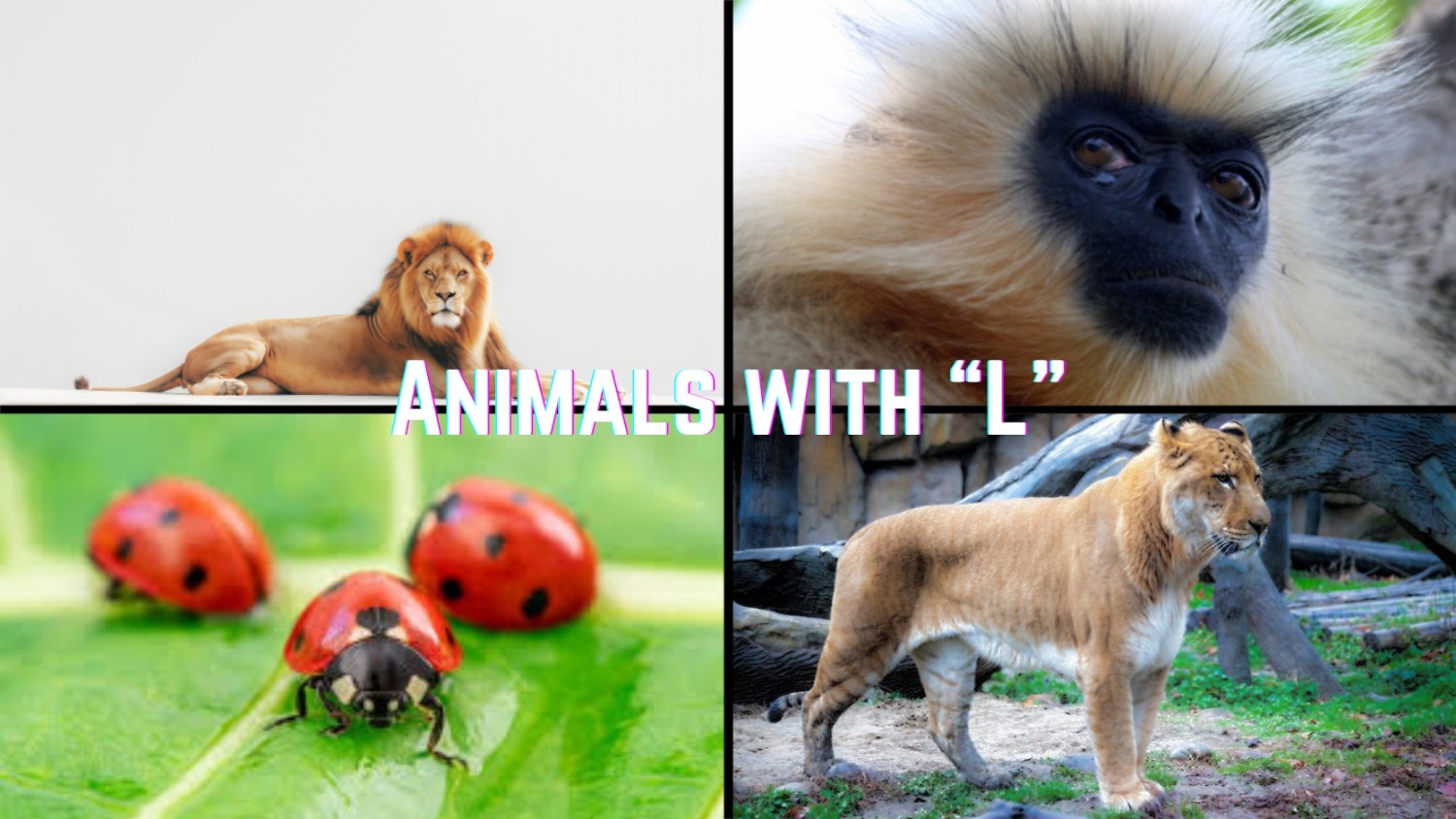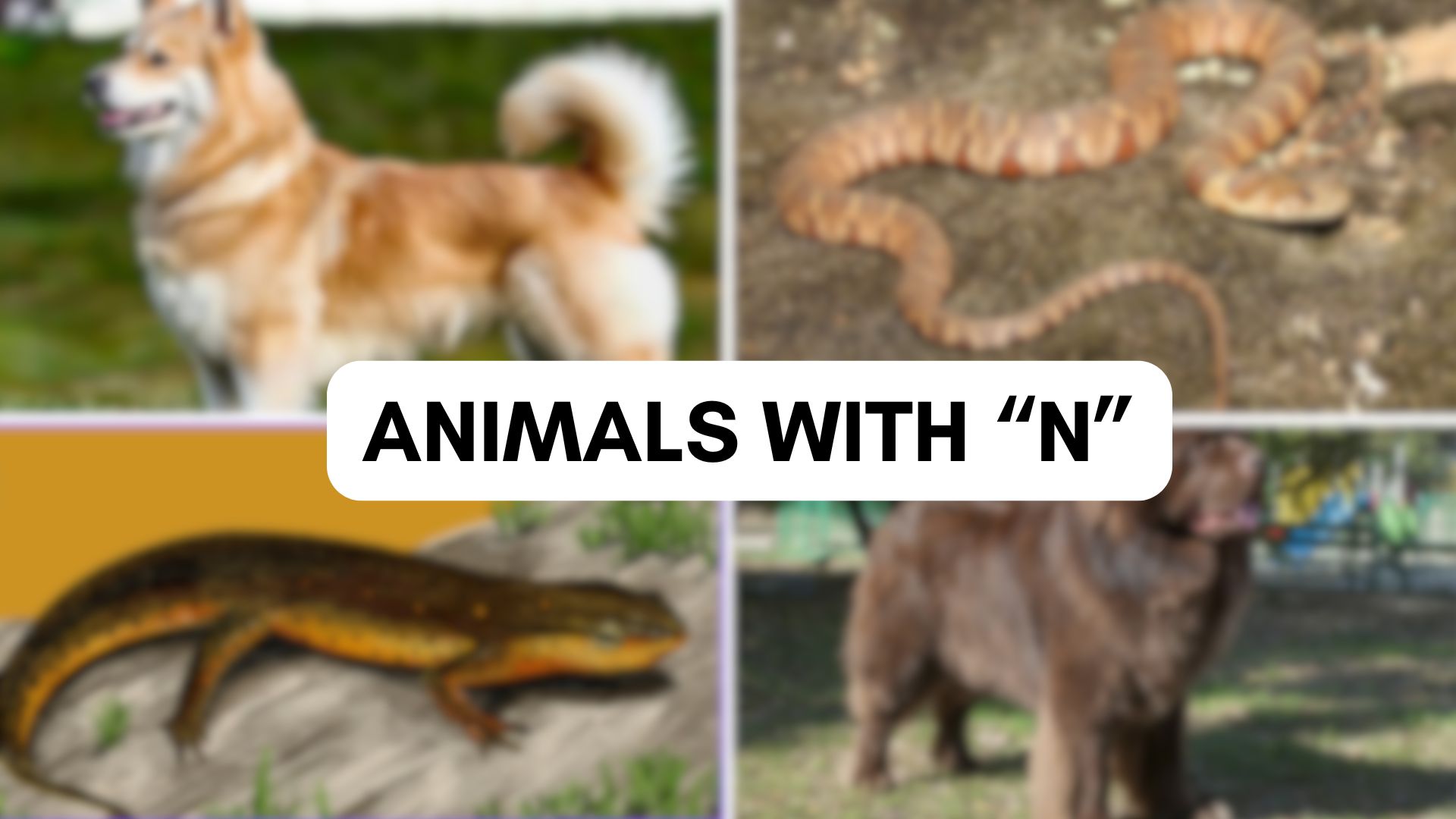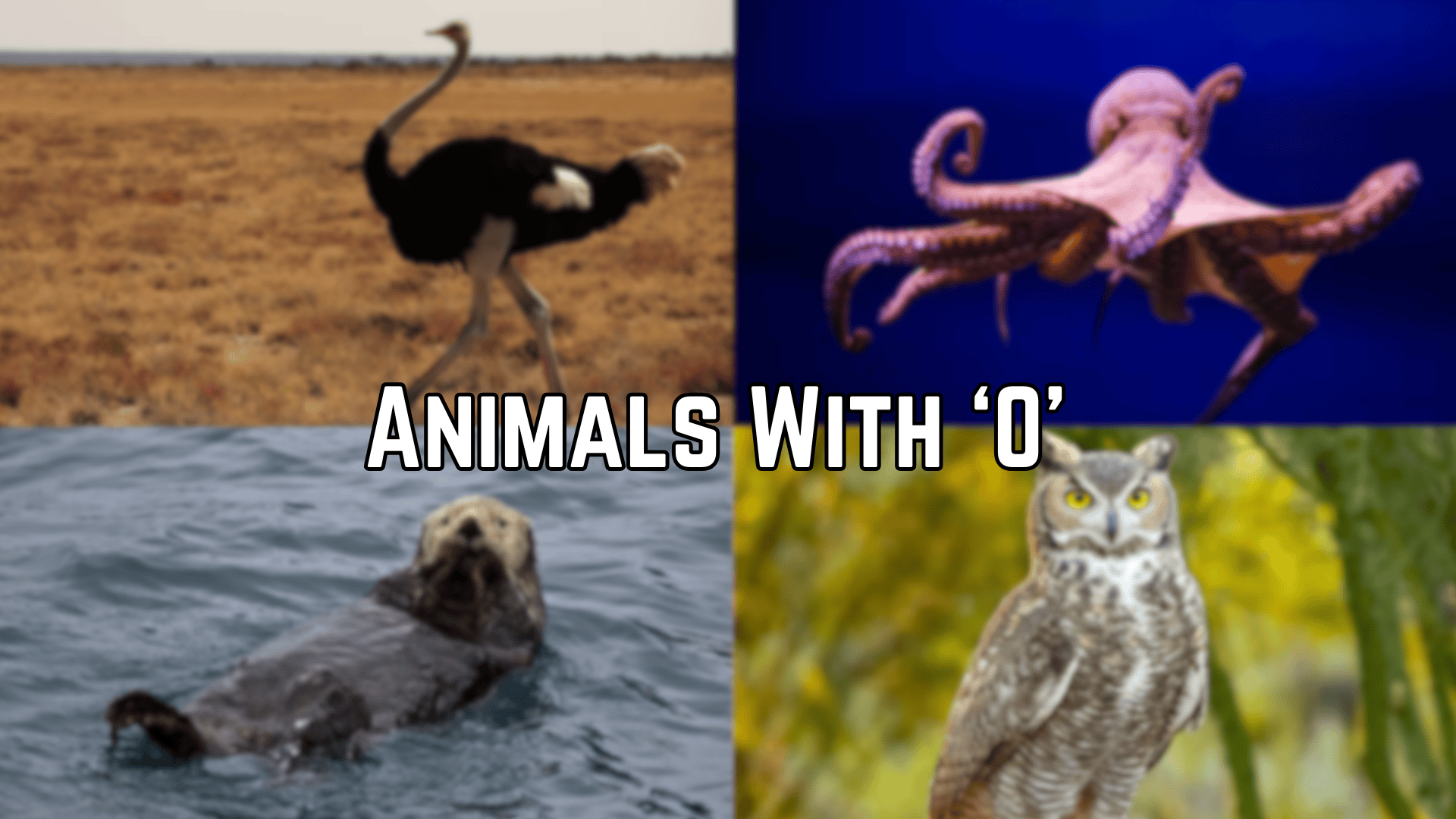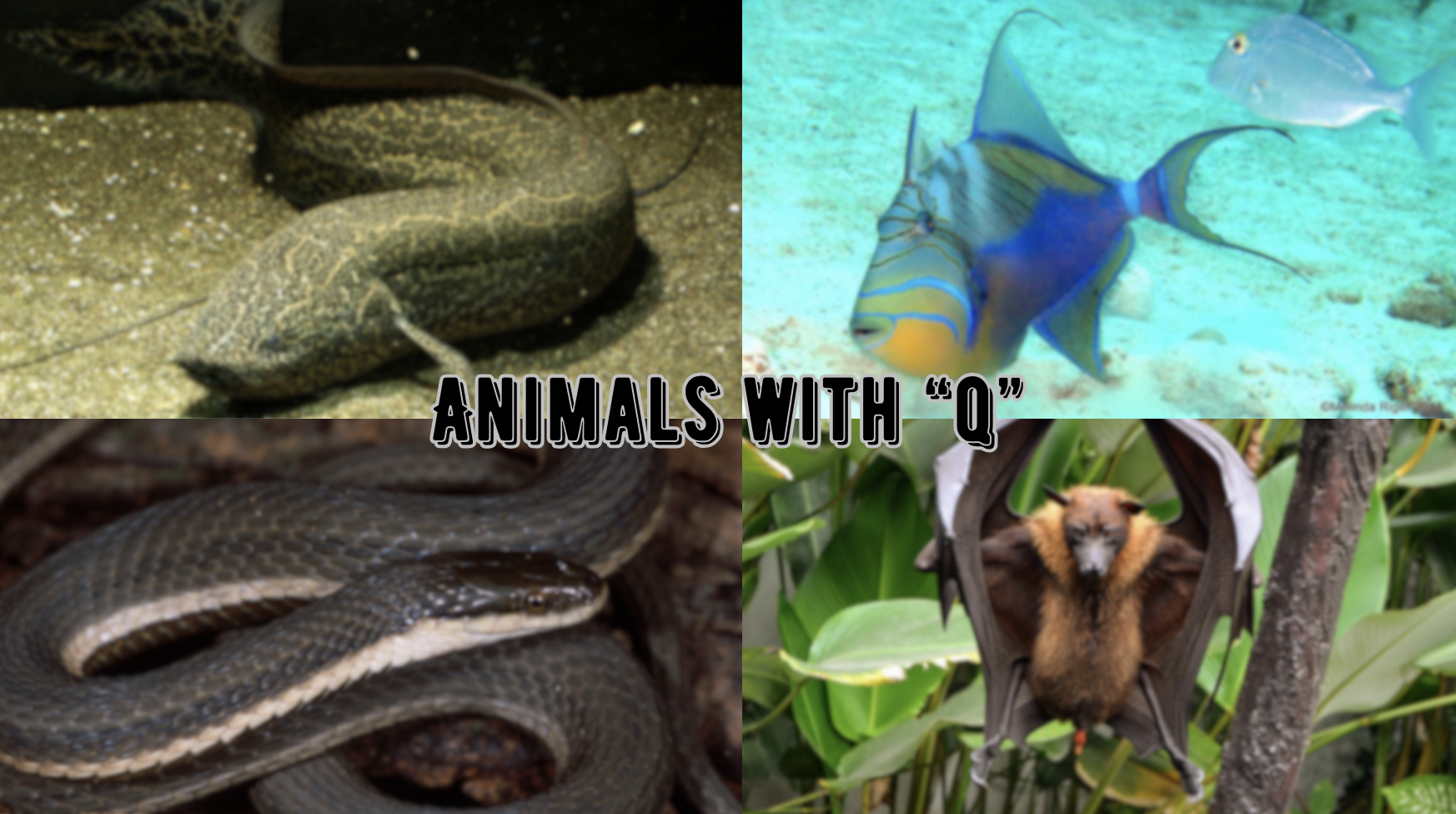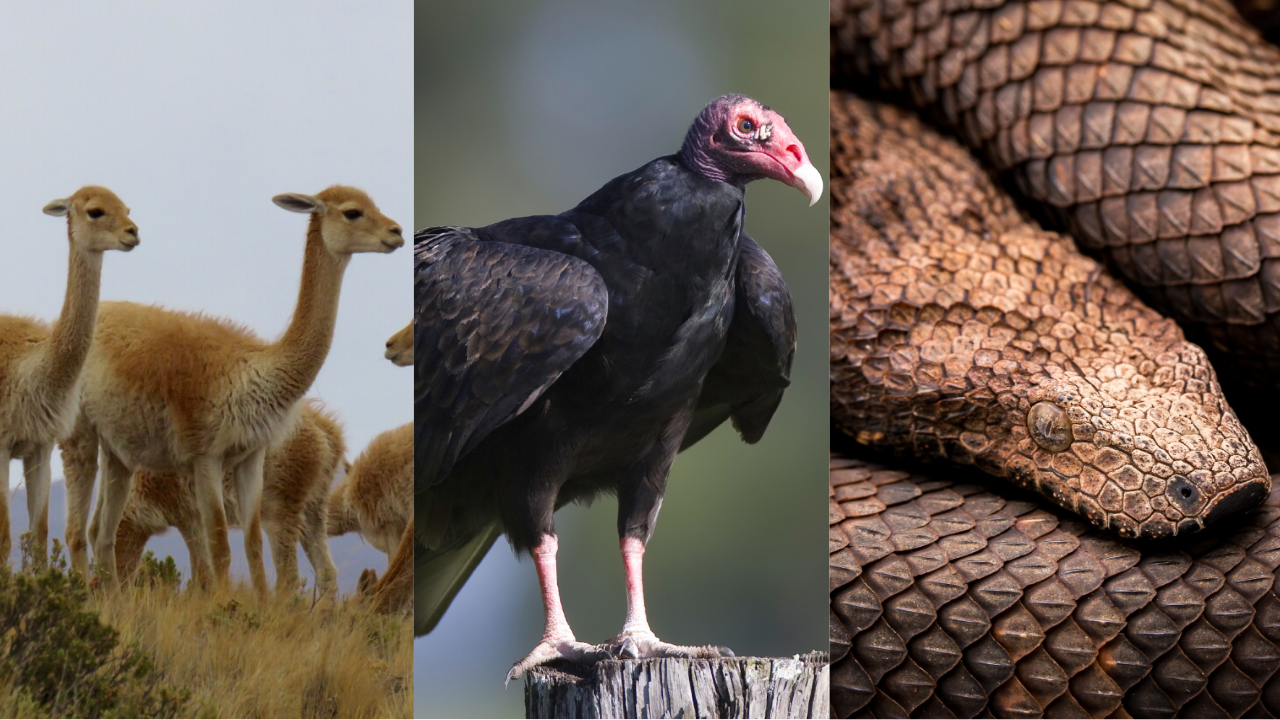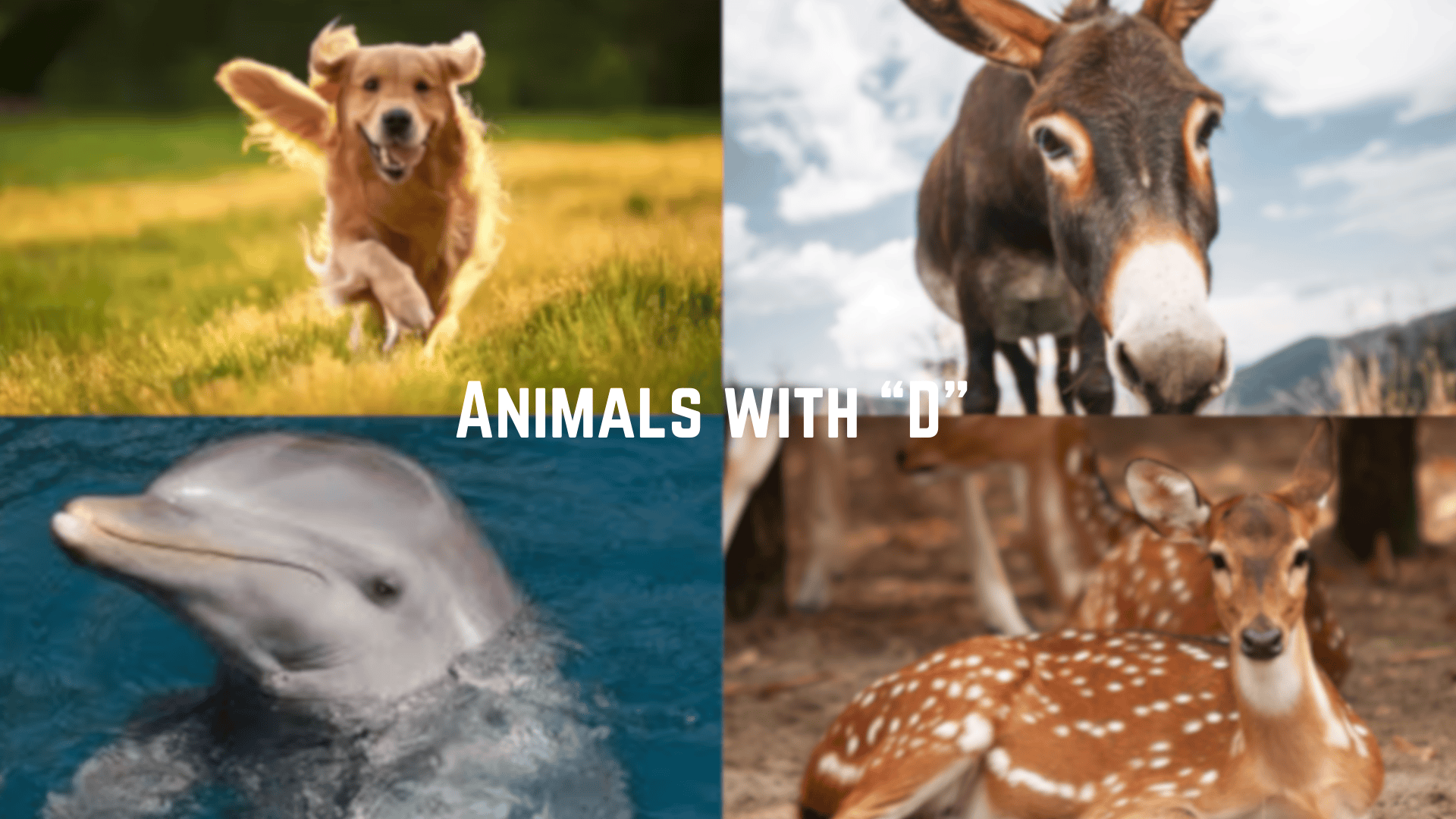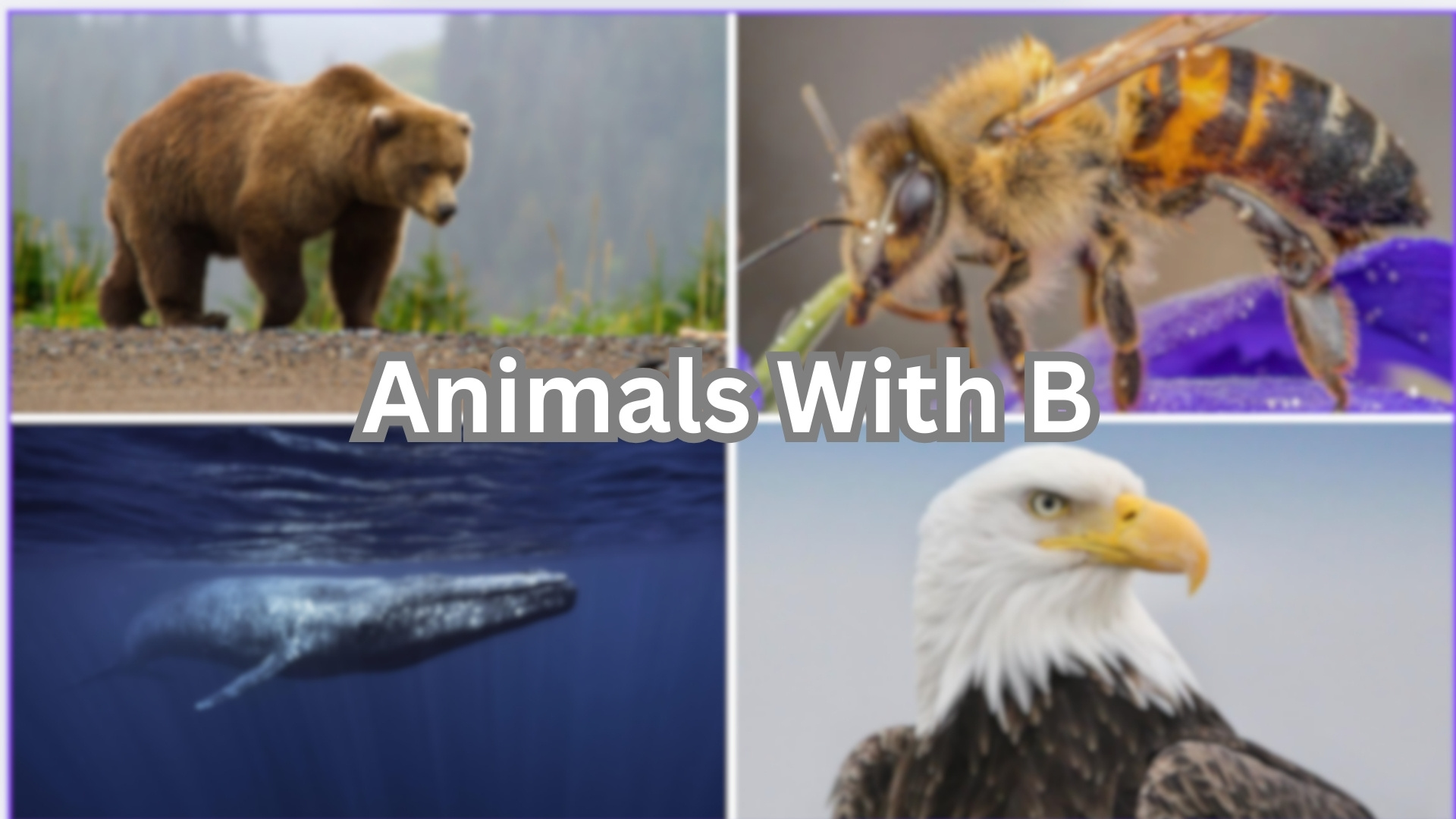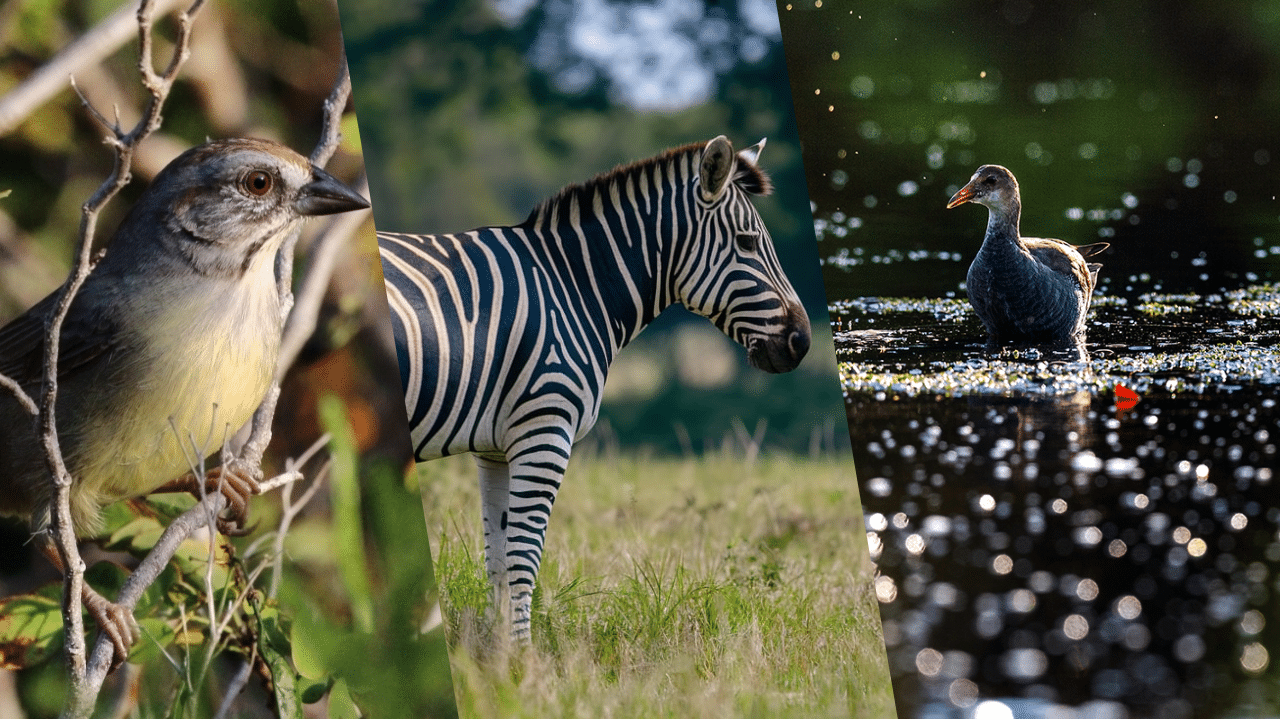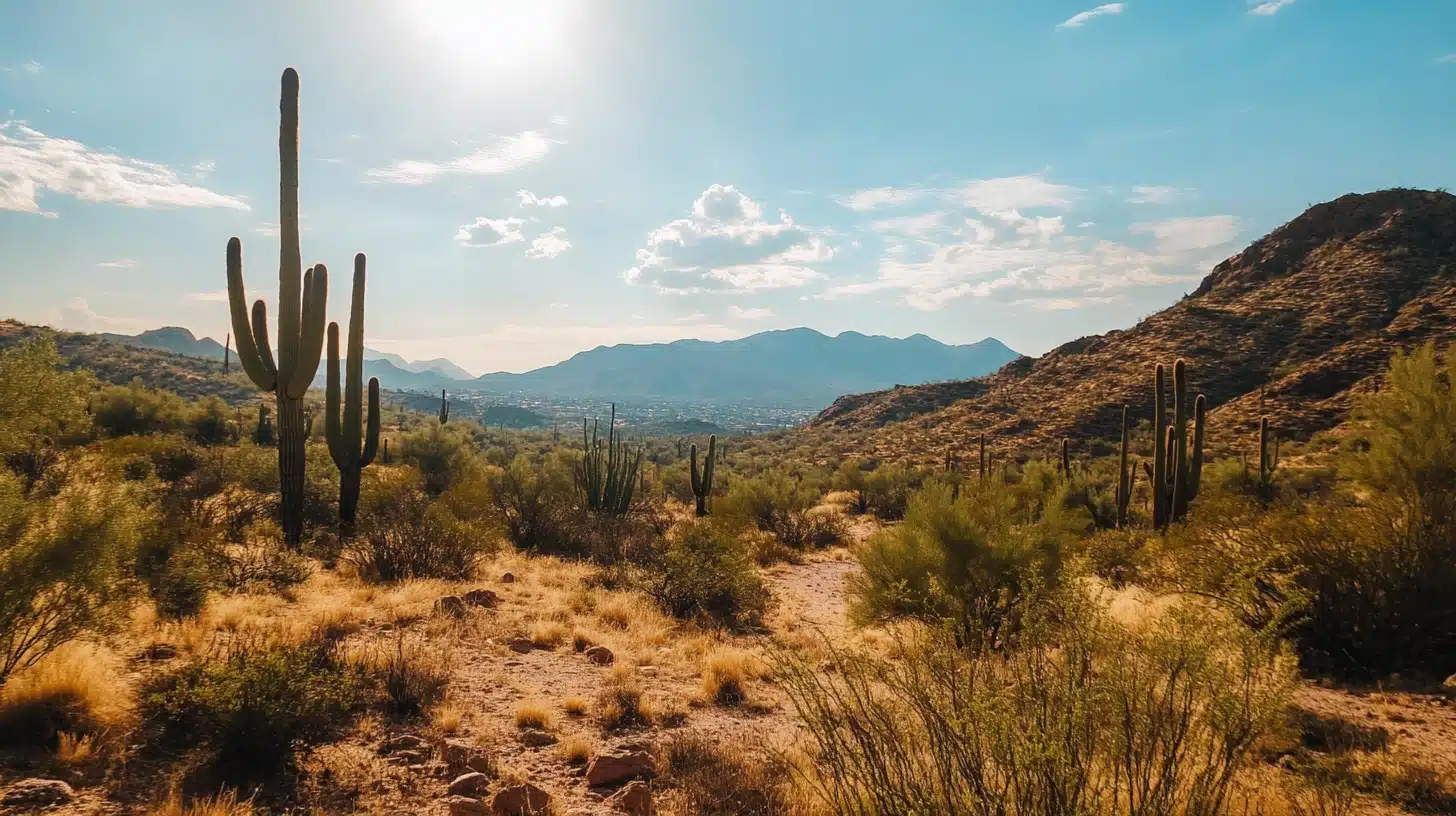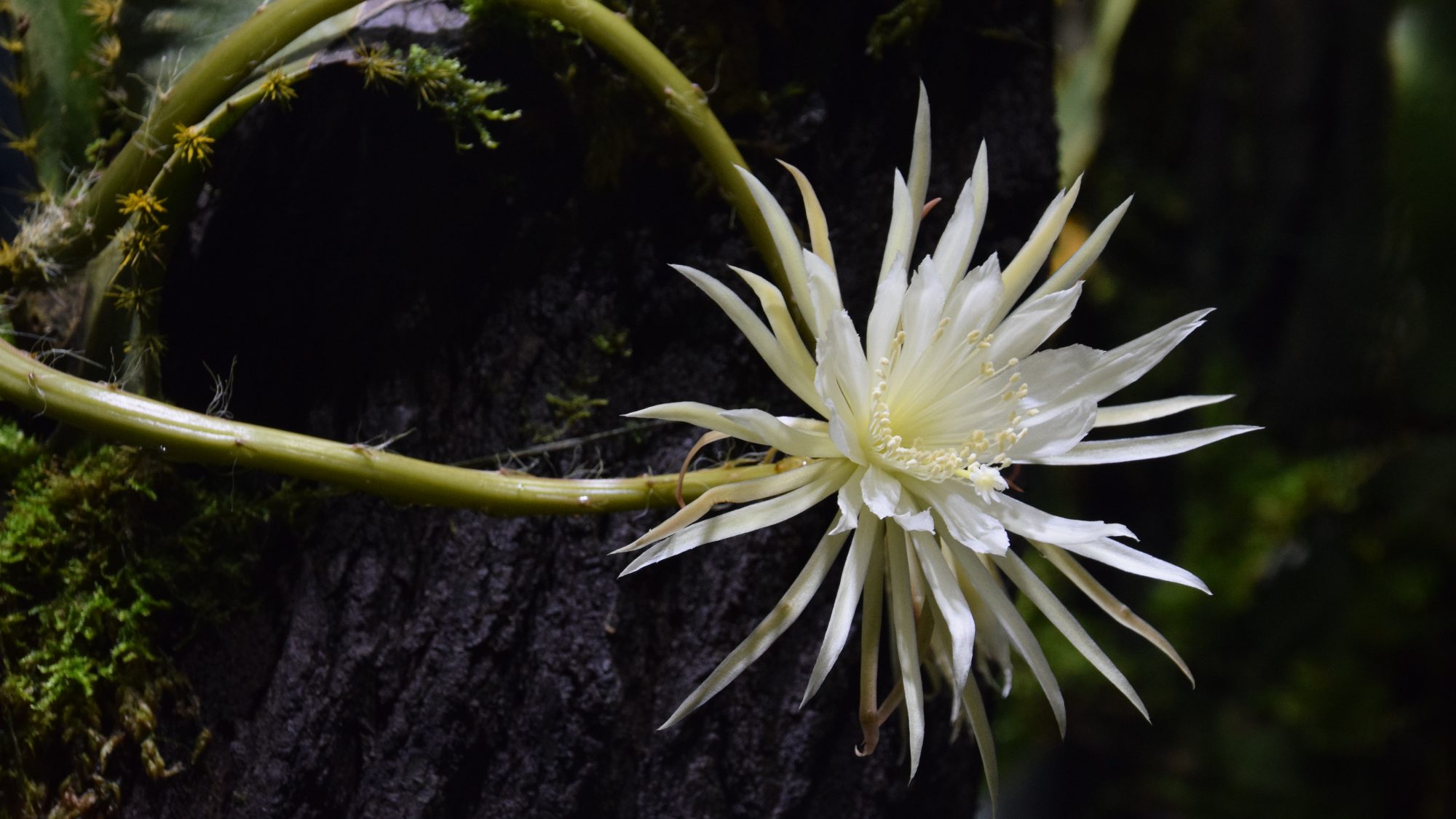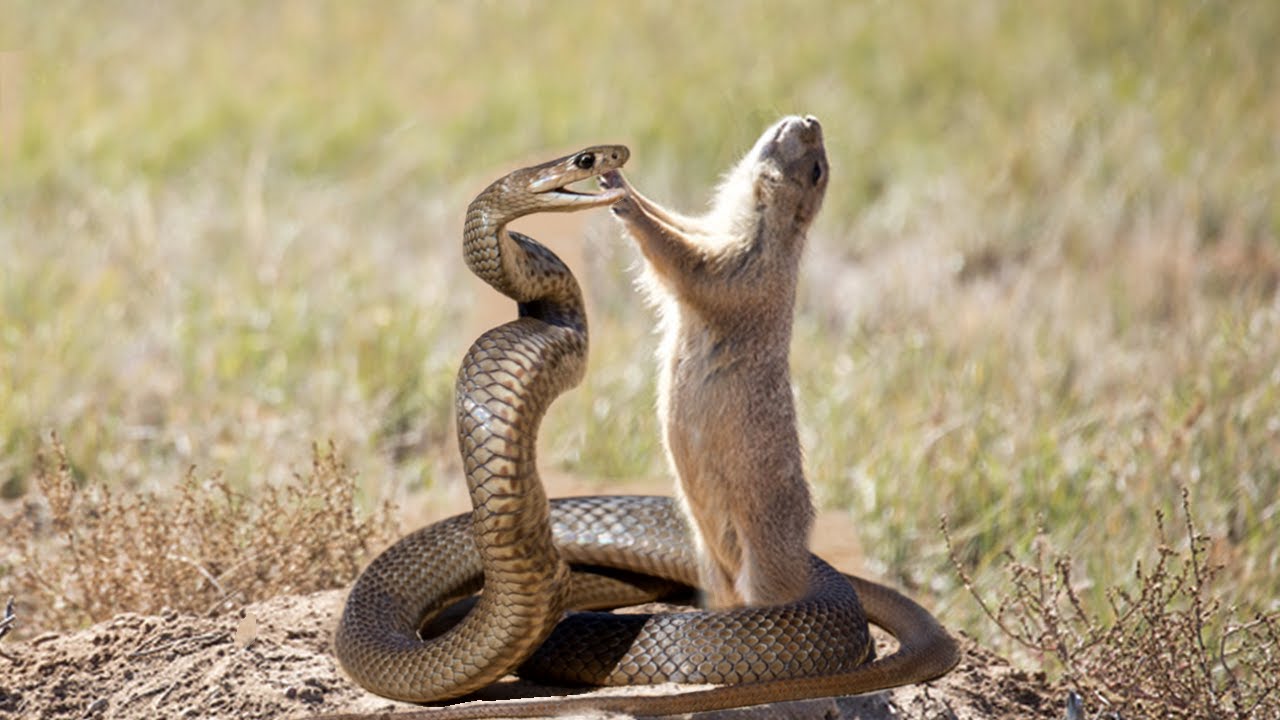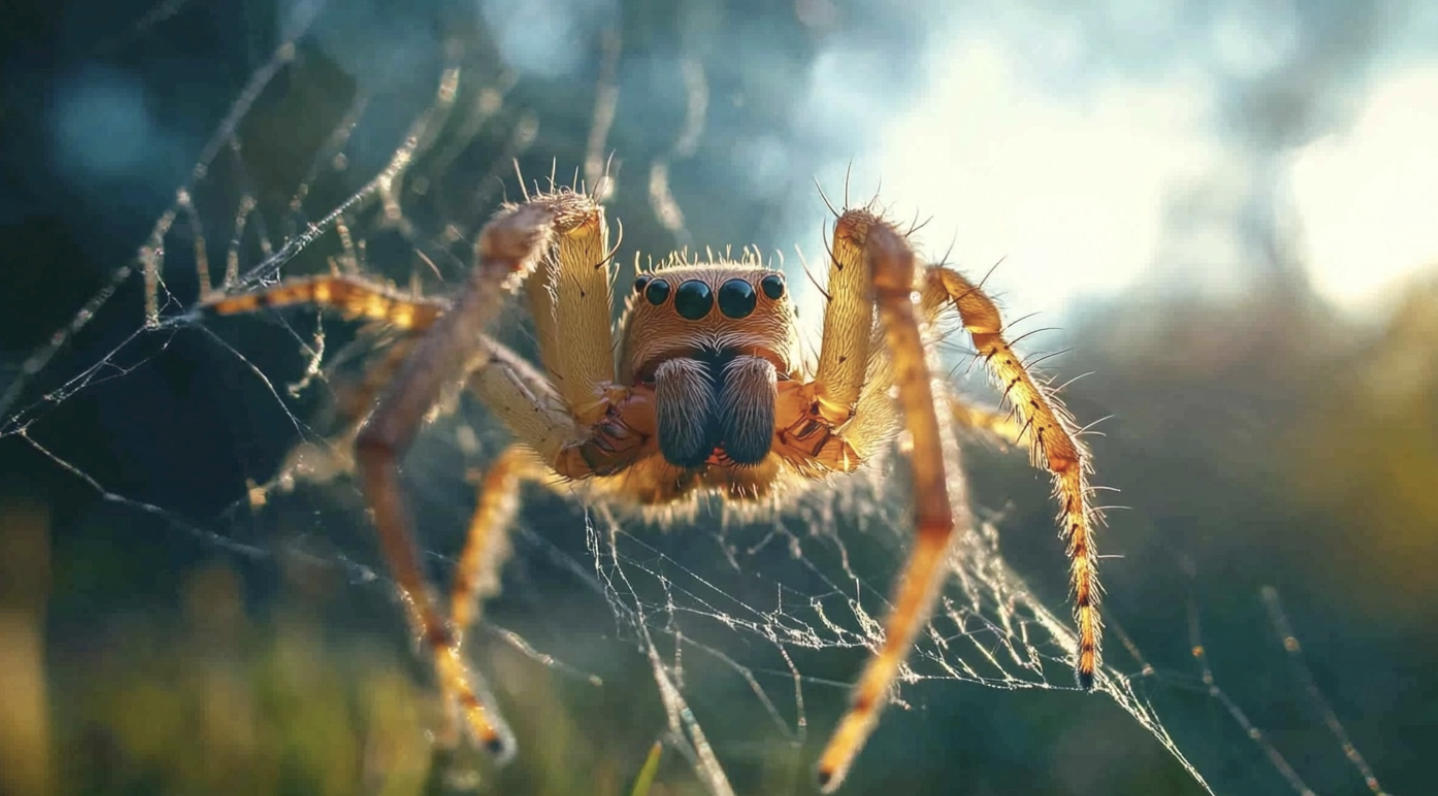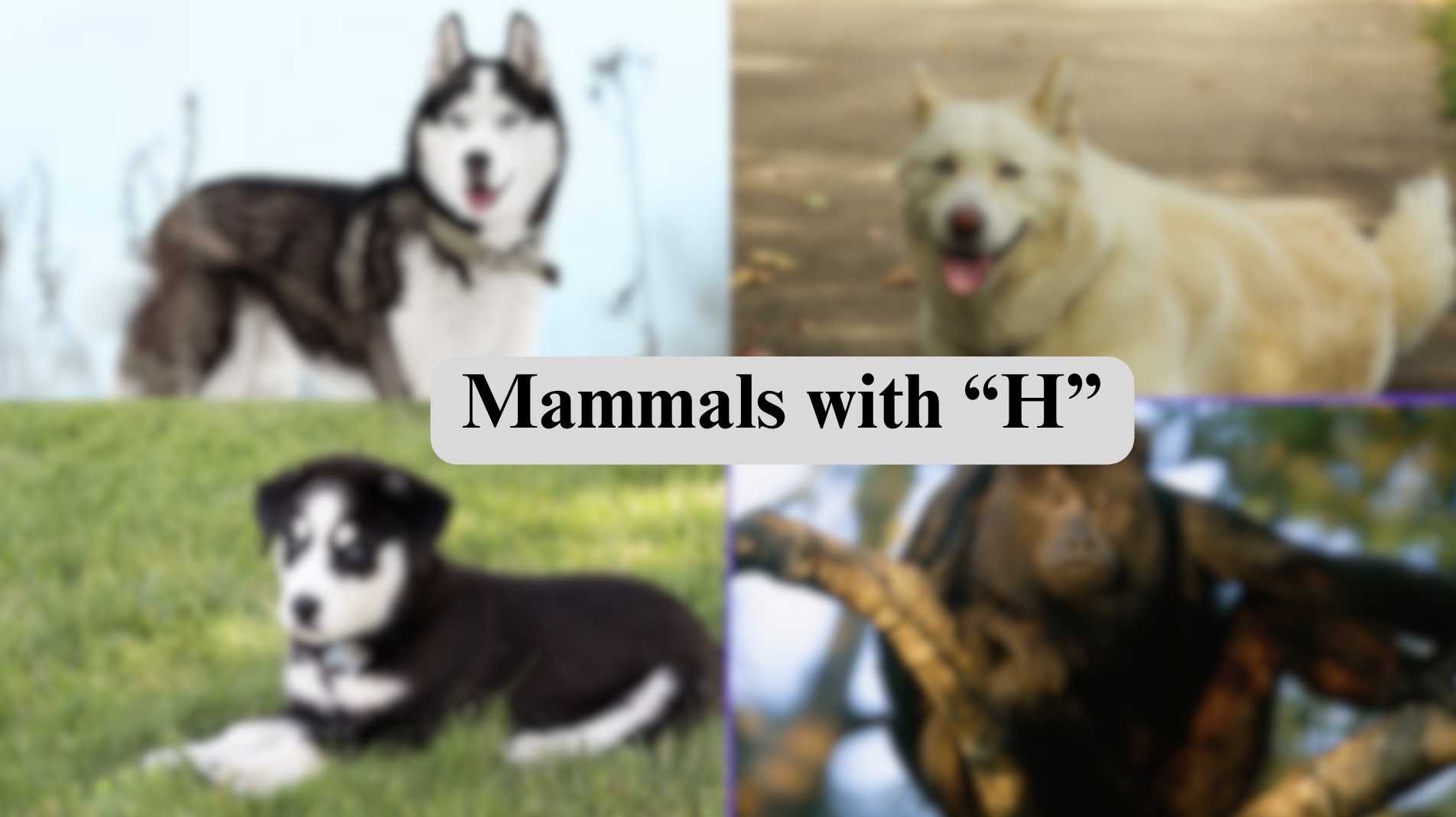
What amazing creatures can you find that start with the letter H? Mammals with H names show incredible variety in both size and habitat.
From tiny hamsters that fit in the palm of a hand to huge hippopotamuses weighing thousands of pounds, these animals live everywhere.
Some, like horses, have helped people for thousands of years. Others, like harbor seals, spend most of their time in oceans and lakes.
Hedgehogs defend themselves with spines, while howler monkeys use loud calls to communicate through thick forests.
This guide explores different mammals whose names begin with H, sharing facts about where they live, what they eat, and what makes each one special
Mammals with H: Nature’s Remarkable Species
1. Hamster
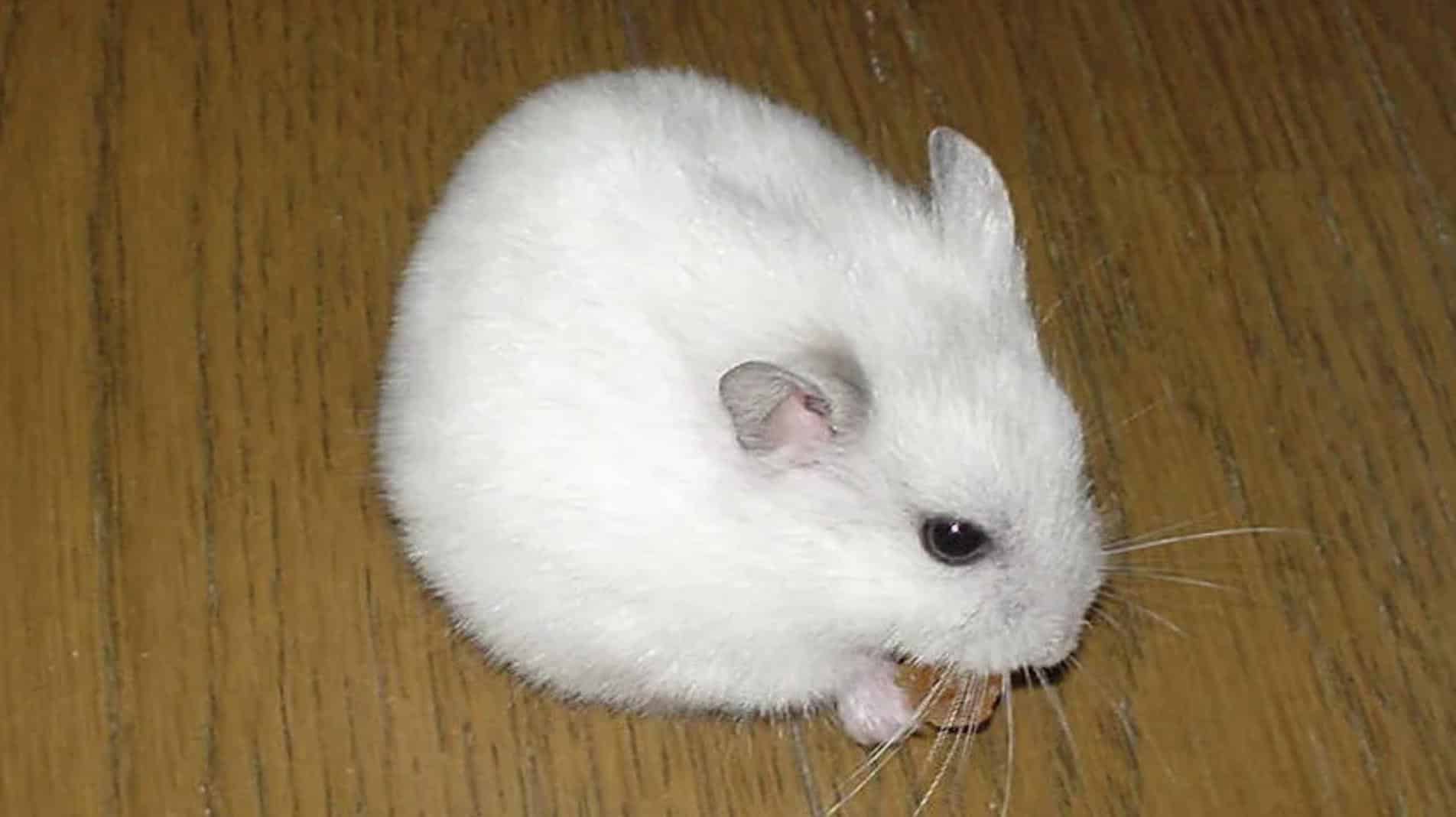
The Hamster is a small, nocturnal rodent commonly kept as a pet. Known for their cheek pouches, which store food, hamsters are active, curious creatures.
They are herbivores that primarily feed on seeds, fruits, and vegetables. They are solitary animals that typically live alone in confinement.
- Region of Habitat: Native to parts of Europe, Asia, and the Middle East, commonly kept in homes as pets.
- Scientific Name: Mesocricetus auratus
- Feeding Habits: Herbivorous, eating seeds, fruits, vegetables, and small amounts of grains.
- What Sound They Make: Hamsters make soft squeaks and rustling noises and occasionally chirp when communicating or feeling threatened.
Fun Facts
Hamsters are known for their ability to store food in their cheeks, sometimes carrying more than their body weight in food.
They also enjoy burrowing and creating complex tunnels in the wild, making them excellent diggers.
2. Harbor Porpoise

The Harbor Porpoise is a small marine mammal found along the coastlines of Europe and North America.
Unlike other dolphins, porpoises have a stocky body and a smaller, more rounded dorsal fin. They are skilled swimmers and feed primarily on fish.
- Region of Habitat: Coastal waters of Europe and North America.
- Scientific Name: Phocoena phocoena
- Feeding Habits: Carnivorous, primarily feeding on fish and squid.
- What Sound They Make: Harbor Porpoises make a variety of clicks and whistles, used for echolocation and communication.
Fun Facts
The Harbor Porpoise is one of the smallest species of porpoises, typically measuring around 1.5 meters in length.
They are also highly elusive and difficult to spot, often staying close to the shore and diving deep when threatened.
3. Harbor Seal
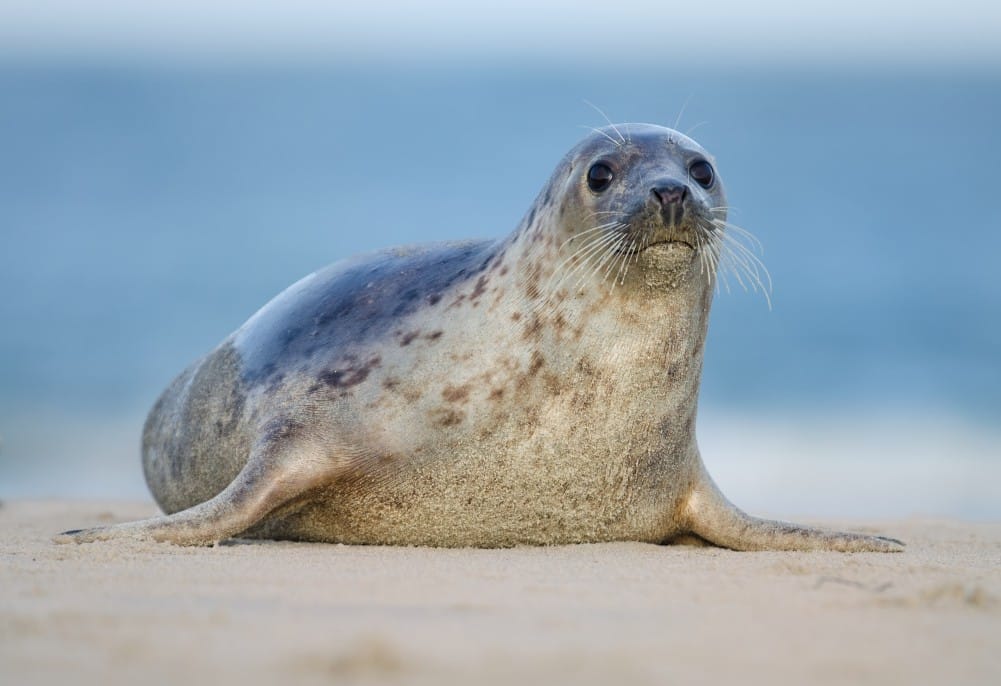
The Harbor Seal is a small to medium-sized seal species found along the coasts of the Northern Hemisphere.
Known for their spotted coats and round faces, harbor seals are often seen lounging on rocks or swimming in shallow coastal waters.
- Region of Habitat: Coastal areas of the Northern Hemisphere, particularly in North America, Europe, and Asia.
- Scientific Name: Phoca vitulina
- Feeding Habits: Carnivorous, feeding primarily on fish, squid, and crustaceans.
- What Sound They Make: Harbor Seals make a variety of barking, grunting, and growling sounds, particularly during mating or when communicating with others.
Fun Facts
Harbor Seals are excellent swimmers and can dive to depths of over 500 meters in search of food. They are also known for their playful behavior and often interact with each other in the water.
4. Hare
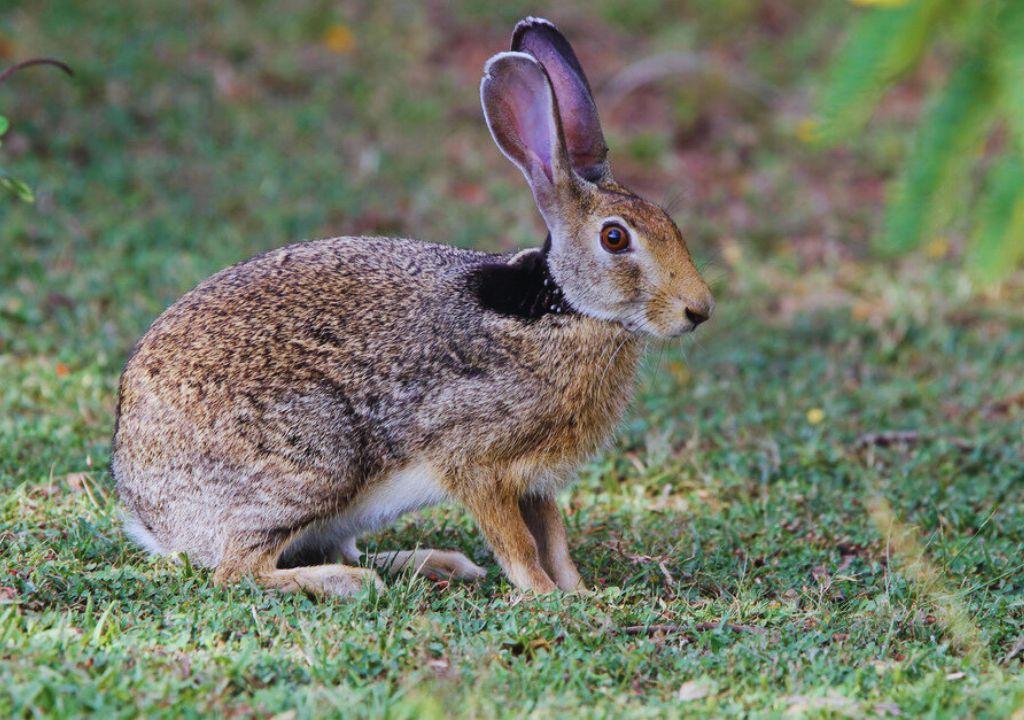
Hares are fast, long-legged mammals that resemble rabbits but are generally larger. They are herbivores and feed on grasses, herbs, and shrubs.
Hares are typically solitary animals that spend most of their time foraging and hiding. They are known for their ability to outrun predators.
- Region of Habitat: Found across Europe, Asia, and North America, particularly in open grasslands, meadows, and forests.
- Scientific Name: Lepus
- Feeding Habits: Herbivorous, feeding on grasses, herbs, and shrubs.
- What Sound They Make: Hares are generally silent but may produce soft grunts or squeals when alarmed.
Fun Facts
Hares are known for their incredible speed and agility, capable of reaching speeds up to 45 mph. They have powerful hind legs and use them to leap over obstacles when fleeing from predators.
5. Harp Seal
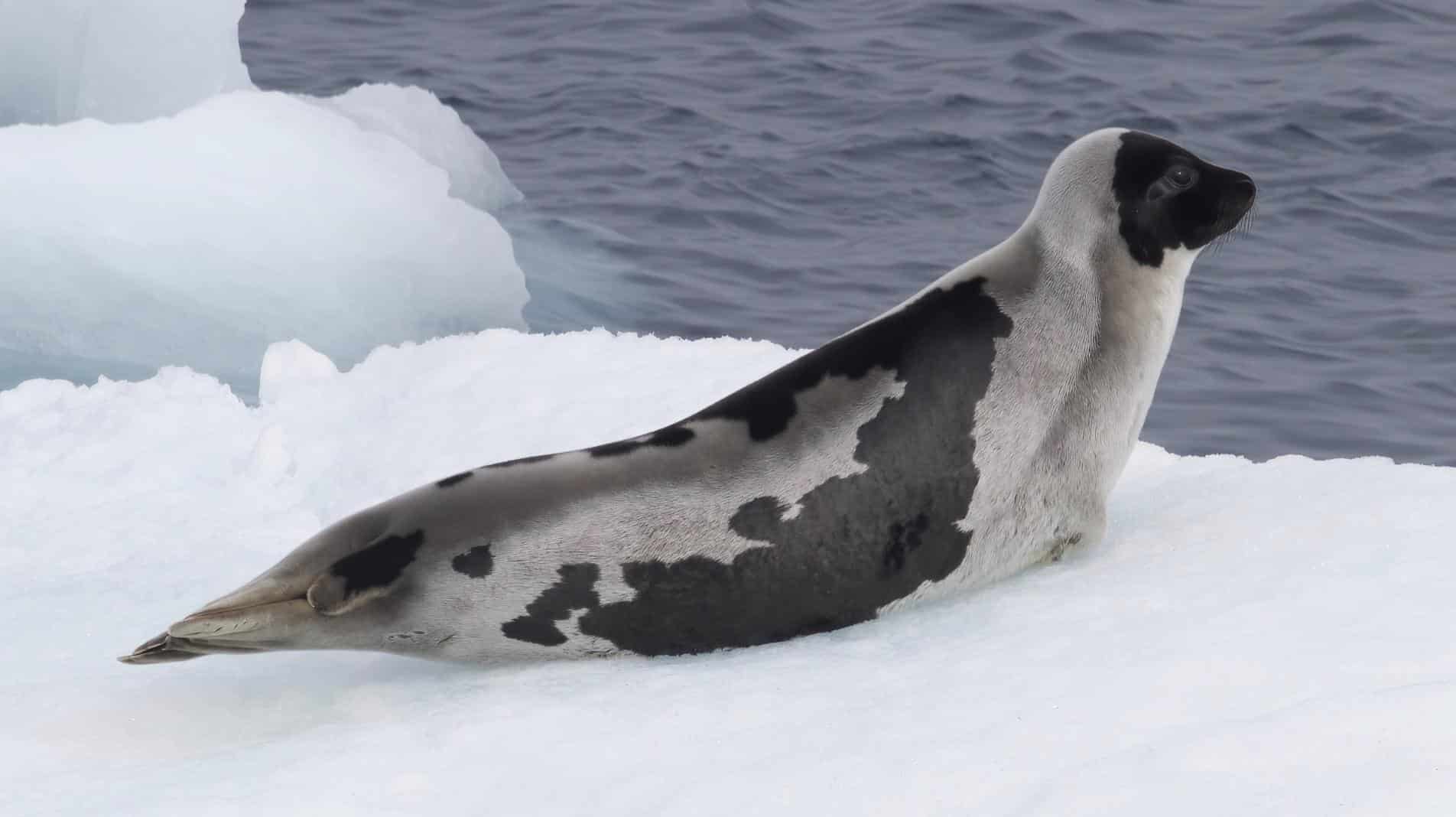
The Harp Seal is a medium-sized seal species found in the cold waters of the North Atlantic.
Known for their distinctive black markings on their backs, which resemble a harp, these seals are often seen on ice floes during breeding season.
- Region of Habitat: North Atlantic Ocean, particularly in the Arctic and sub-Arctic waters.
- Scientific Name: Pagophilus groenlandicus
- Feeding Habits: Carnivorous, primarily feeding on fish and invertebrates.
- What Sound They Make: Harp Seals make high-pitched vocalizations, often used during mating or while communicating with other seals.
Fun Facts
Harp Seals are born with white fur, which helps them blend in with the ice and snow. Their ability to swim long distances in search of food and migrate over vast areas is essential for their survival in the cold, harsh Arctic environment.
6. Harrier

The Harrier is a bird of prey known for its slender body and long legs. These hawk-like birds are often found hunting in open fields, grasslands, and marshes. They are skilled hunters and primarily feed on small mammals, birds, and insects.
- Region of Habitat: Found in grasslands, wetlands, and open fields across North America, Europe, and parts of Asia.
- Scientific Name: Circus
- Feeding Habits: Carnivorous, feeding on small mammals, birds, and insects.
- What Sound They Make: Harriers produce a variety of calls, from high-pitched whistles to screeching cries, when hunting or communicating with others.
Fun Facts
Harriers are known for their unique flying style, gliding low to the ground in search of prey. They are often seen flying with a distinctive “v” shape in their wings, allowing them to scan the terrain below efficiently.
7. Hartebeest
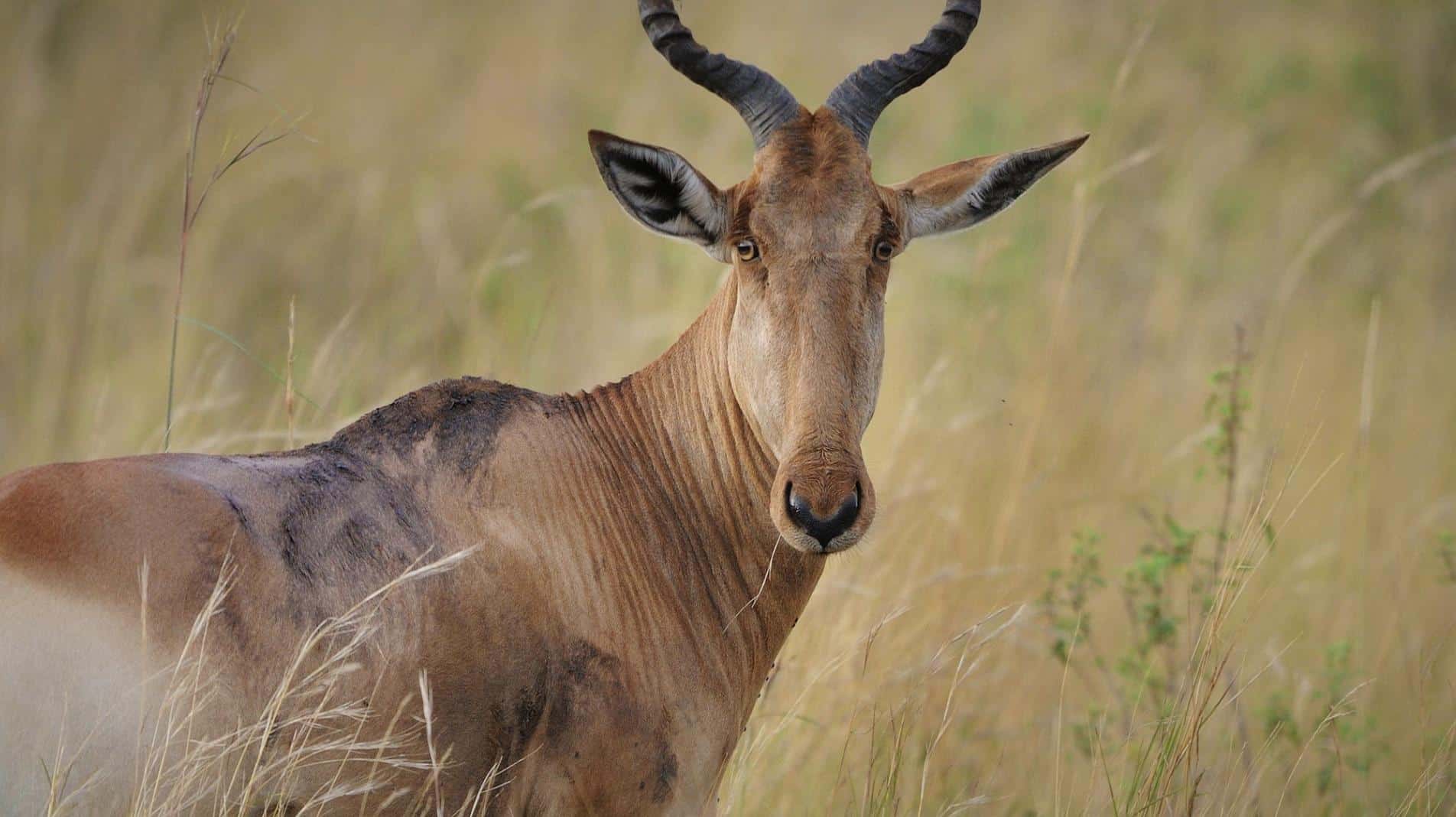
The Hartebeest is a large herbivorous antelope native to Africa. Known for their long, curved horns and unique body shape, hartebeests are commonly found in grasslands and savannas. They are known for their speed and agility when fleeing from predators.
- Region of Habitat: Africa, particularly in grasslands and open savannas.
- Scientific Name: Alcelaphus buselaphus
- Feeding Habits: Herbivorous, feeding primarily on grasses and other vegetation.
- What Sound They Make: Hartebeests make low, grunting sounds when communicating with their herd.
Fun Facts
Hartebeests are highly social animals that live in herds, often led by a dominant male. They have excellent vision and are constantly on the lookout for predators, using their speed and agility to escape danger.
8. Havanese

The Havanese is a small, toy breed dog known for its long, silky coat and friendly demeanor. Originating from Cuba, they are intelligent, sociable, and make excellent companion dogs. They are good with families and are often seen in homes worldwide.
- Region of Habitat: Originated in Cuba, now found globally as companion pets.
- Scientific Name: Canis lupus familiaris
- Feeding Habits: Omnivorous, typically consuming meat-based dog food along with vegetables and grains.
- What Sound They Make: Havanese dogs make playful barks and high-pitched whines, especially when seeking attention or when excited.
Fun Facts
Havanese dogs are known for their charming personalities and adaptability to different living environments. Despite their small size, they are active and enjoy playing games like fetch. Their long, silky coat requires regular grooming to maintain.
9. Havapoo

The Havapoo is a hybrid breed resulting from the cross between a Havanese and a Poodle. Known for their friendly, affectionate nature and hypoallergenic coat, they are excellent family pets. Havapoos are intelligent and require regular mental and physical stimulation.
- Region of Habitat: Found globally, particularly in homes as companion pets.
- Scientific Name: Canis lupus familiaris
- Feeding Habits: Omnivorous, typically consuming a balanced diet of dog food with meat, vegetables, and grains.
- What Sound They Make: Havapoos make friendly barks and are known to whine when seeking attention or when excited.
Fun Facts
Havapoos are known for their hypoallergenic coat, making them ideal for individuals with allergies. They are a playful breed that enjoys interacting with family members and other pets. Their high intelligence makes them easy to train, and they often excel in agility training.
10. Havashire

The Havashire is a hybrid dog breed, resulting from the cross between a Havanese and a Yorkshire Terrier. Known for their playful and affectionate nature, Havishires are small but energetic dogs. They are intelligent and often form strong bonds with their families.
- Region of Habitat: Found globally, particularly as companion dogs in homes.
- Scientific Name: Canis lupus familiaris
- Feeding Habits: Omnivorous, typically consuming a balanced diet of dog food with meat, vegetables, and grains.
- What Sound They Make: Havashires make happy, high-pitched barks and often whine when seeking attention or when excited.
Fun Facts
Havashires inherit the best traits from both of their parent breeds, combining the friendly and affectionate nature of the Havanese with the boldness of the Yorkshire Terrier. Despite their small size, they have a big personality and enjoy being the center of attention in the household.
11. Hedgehog
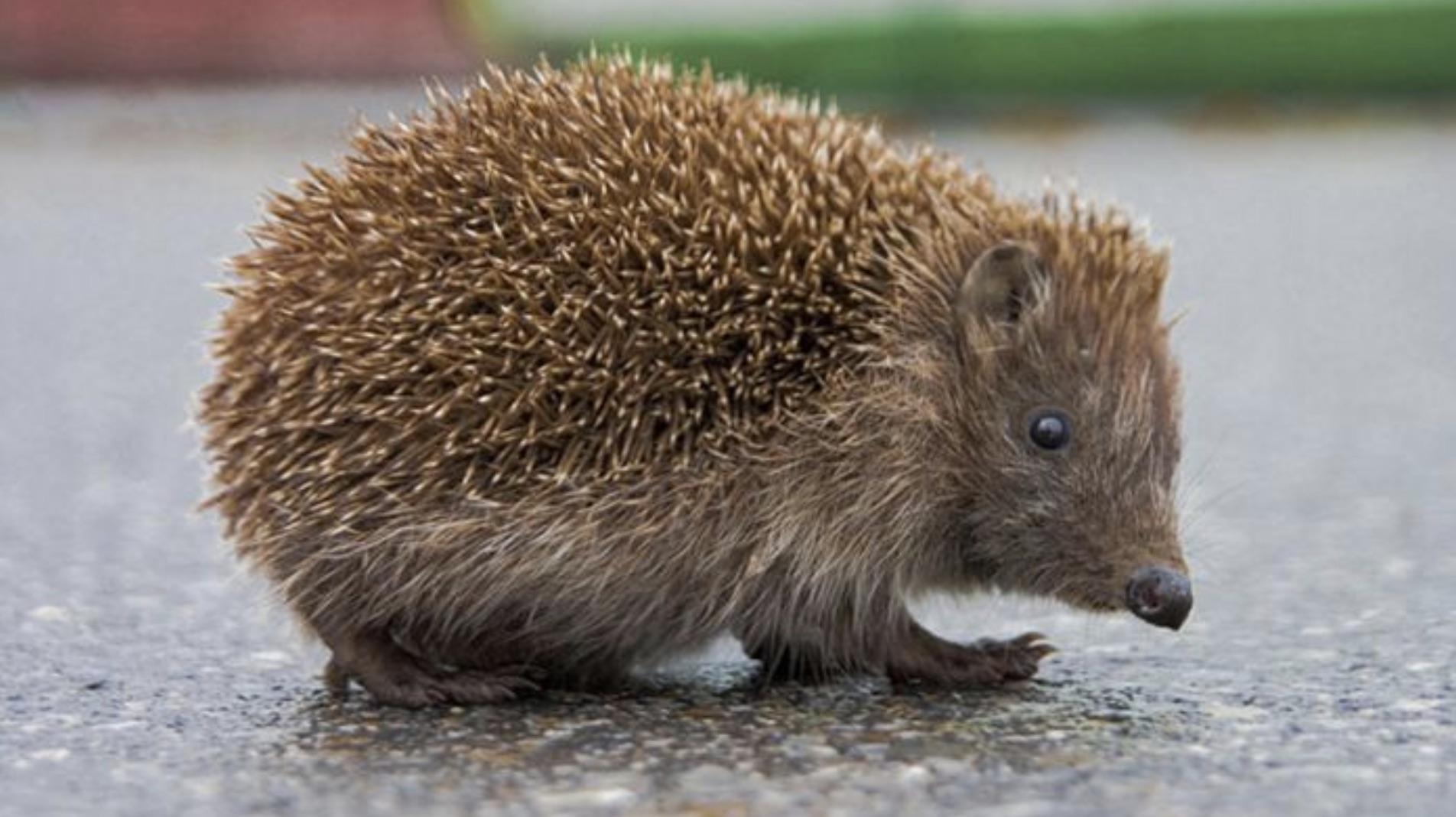
Hedgehogs are small, nocturnal mammals known for their spiny coat, which they use for protection. They are insectivores, feeding on insects, small invertebrates, and sometimes fruits. Hedgehogs are solitary and often curl into a ball when threatened.
- Region of Habitat: Found in Europe, Asia, and parts of Africa, commonly in forests, grasslands, and suburban gardens.
- Scientific Name: Erinaceus europaeus
- Feeding Habits: Insectivorous, feeding on insects, worms, and small invertebrates.
- What Sound They Make: Hedgehogs make soft snuffling noises and may grunt or hiss when alarmed.
Fun Facts
Hedgehogs have a unique defense mechanism: when threatened, they curl into a tight ball, protecting themselves with their sharp spines. They are also known to be quite good at climbing, though they prefer to stay on the ground for foraging.
12. Highland Cattle
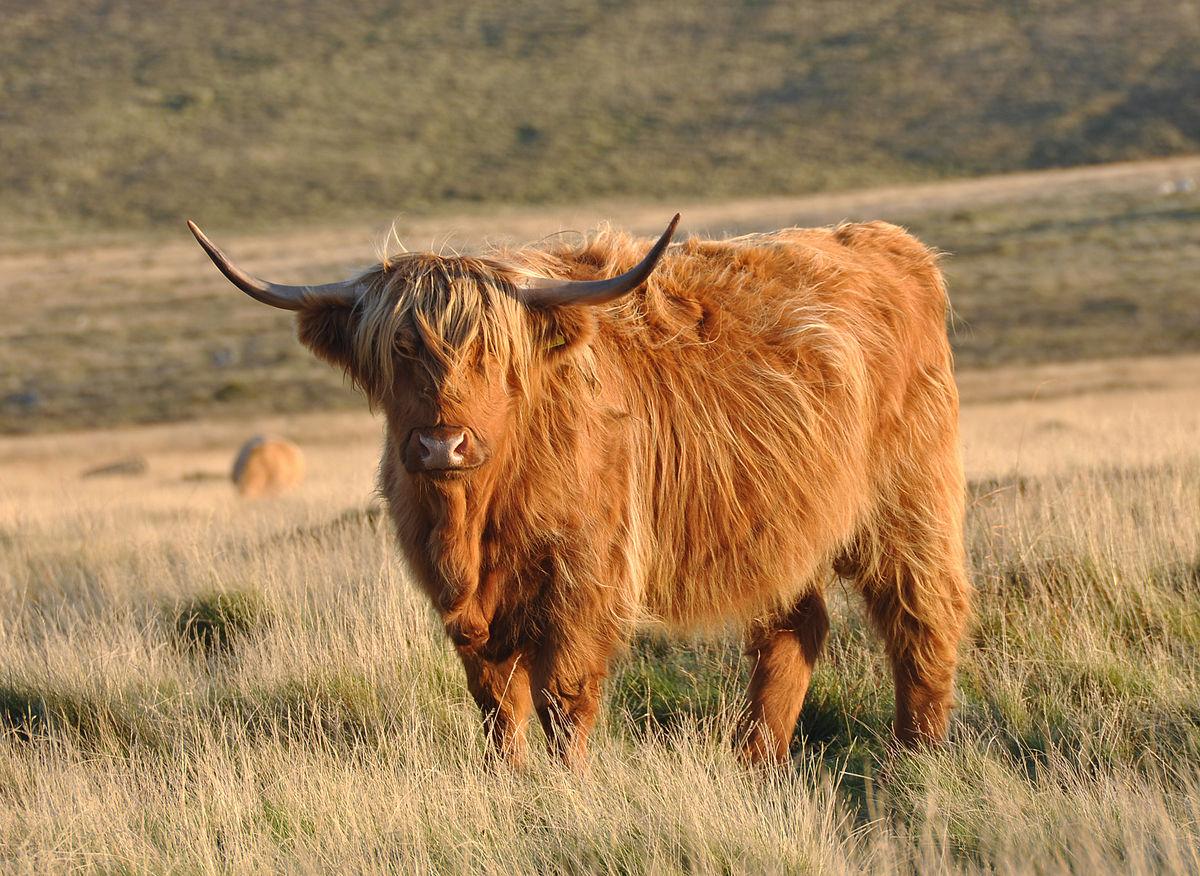
Highland Cattle are a hardy breed of Scottish cattle, known for their long, shaggy coats and distinctive horns. They are primarily raised for meat and are well-adapted to cold, wet climates. Their friendly and calm temperament makes them easy to handle.
- Region of Habitat: Native to the Scottish Highlands, now found in various parts of the world.
- Scientific Name: Bos taurus
- Feeding Habits: Herbivorous, feeding on grass, heather, and other vegetation.
- What Sound They Make: Highland Cattle make low mooing sounds, often used to communicate with their herd.
Fun Facts
Highland Cattle’s thick, long fur helps protect them from harsh weather conditions in their native Scottish Highlands. They are excellent foragers and can thrive in cold, wet environments where other cattle may struggle.
13. Hippopotamus
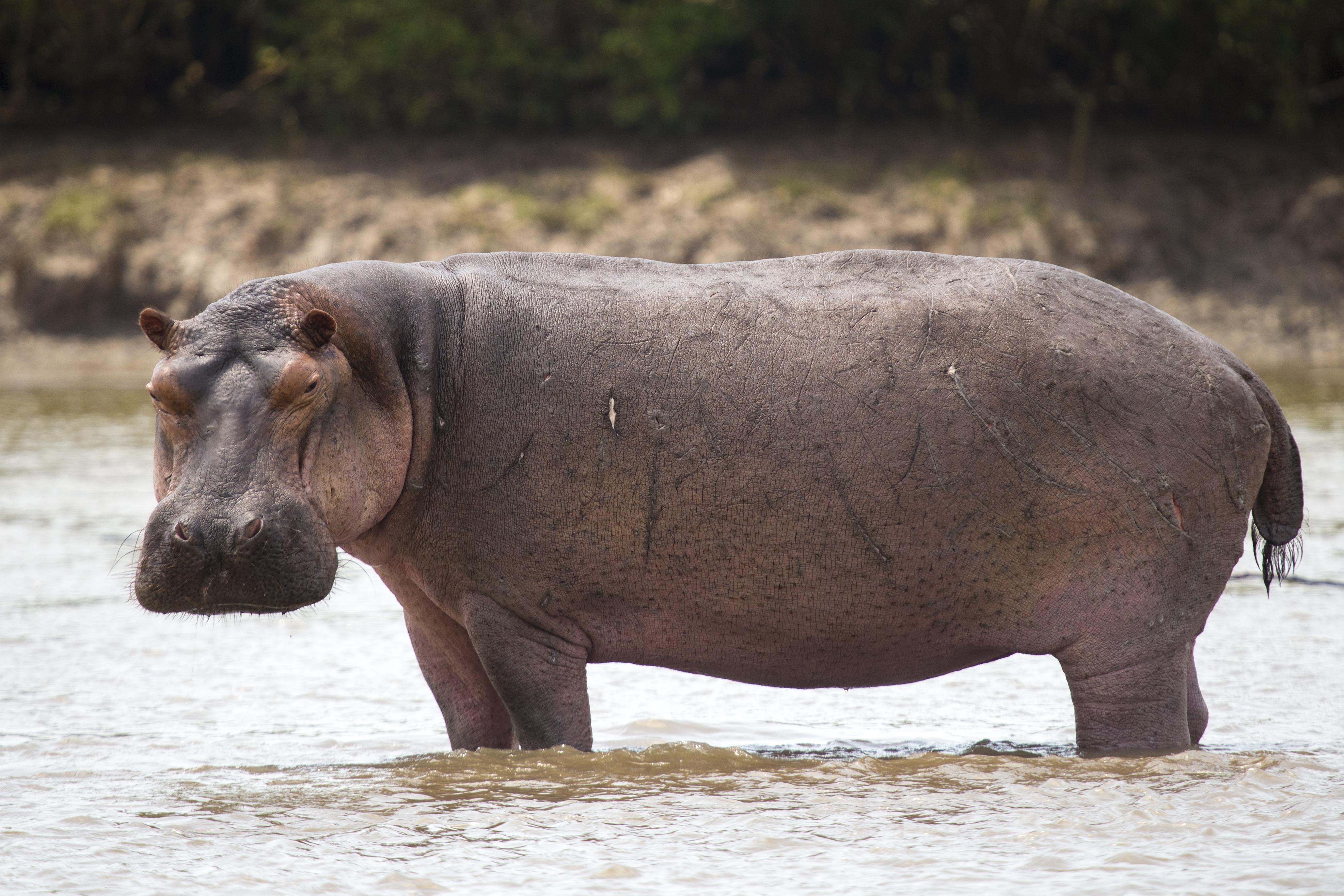
The Hippopotamus is a large, mostly herbivorous mammal native to sub-Saharan Africa. Known for their massive size and semi-aquatic lifestyle, hippos spend a great deal of time in rivers and lakes, where they are well adapted for swimming.
- Region of Habitat: Sub-Saharan Africa, primarily in rivers, lakes, and wetlands.
- Scientific Name: Hippopotamus amphibius
- Feeding Habits: Herbivorous, primarily feeding on grasses and occasionally fruits.
- What Sound They Make: Hippos make a variety of grunts, wheezes, and honks, especially when communicating with their group.
Fun Facts
Despite their large size and slow-moving nature on land, hippos can run up to 30 mph over short distances. They are also known for their territorial behavior in water, where they are often seen engaging in group “bellowing” contests to assert dominance.
14. Horse
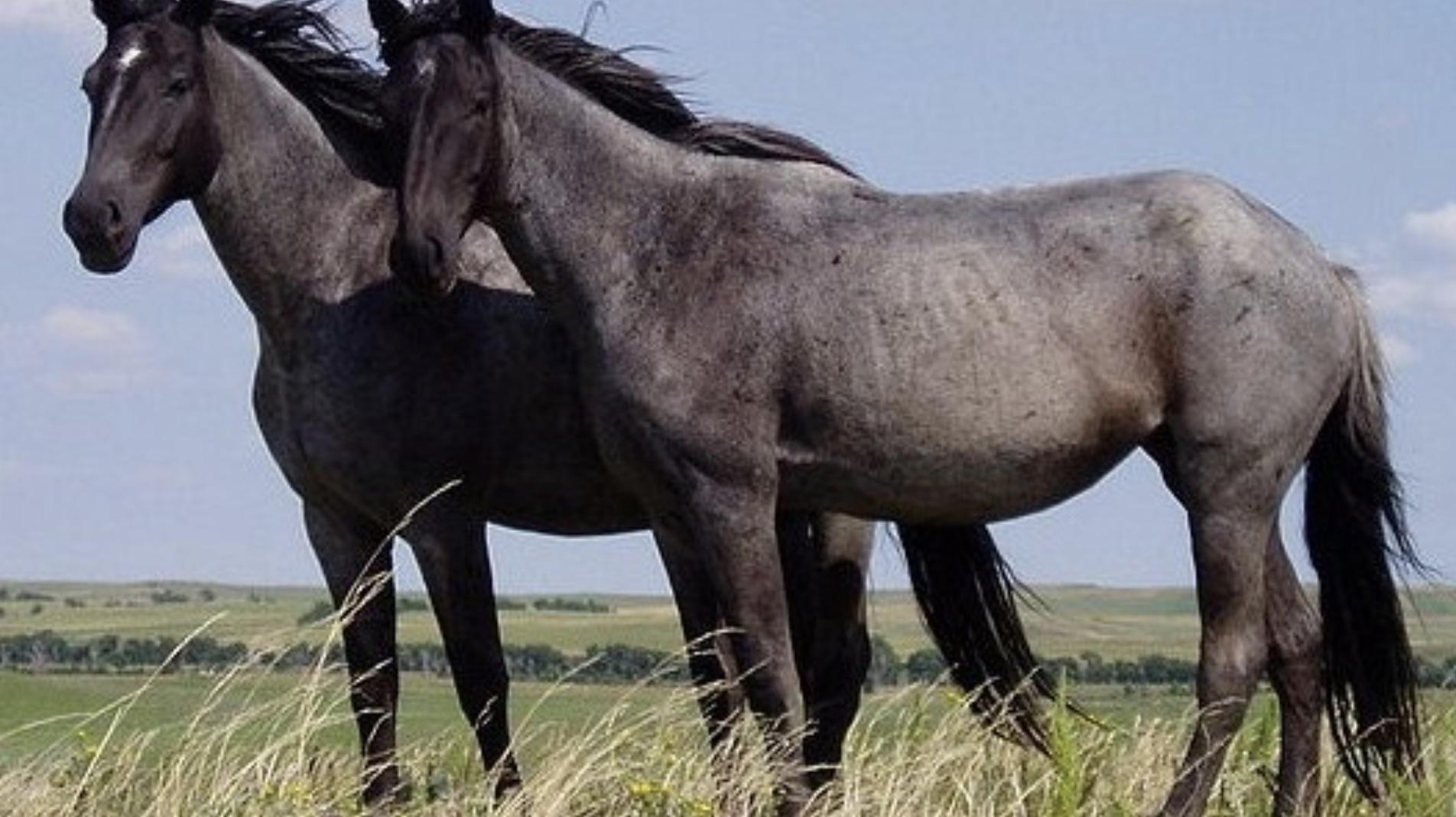
Horses are large, herbivorous mammals that have been domesticated for work, transport, and companionship. They are known for their speed, strength, and intelligence, making them versatile animals in various fields such as racing, farming, and police work.
- Region of Habitat: Found worldwide, typically in grasslands, forests, and domesticated environments.
- Scientific Name: Equus ferus caballus
- Feeding Habits: Herbivorous, feeding on grasses, hay, and grains.
- What Sound They Make: Horses make neighing, whinnying, and snorting sounds, often used for communication with other horses or humans.
Fun Facts
Horses have excellent memory and can remember people, places, and other animals for years. They are also known for their strong sense of hearing, which allows them to detect even the faintest sounds in their environment.
15. Howler Monkey
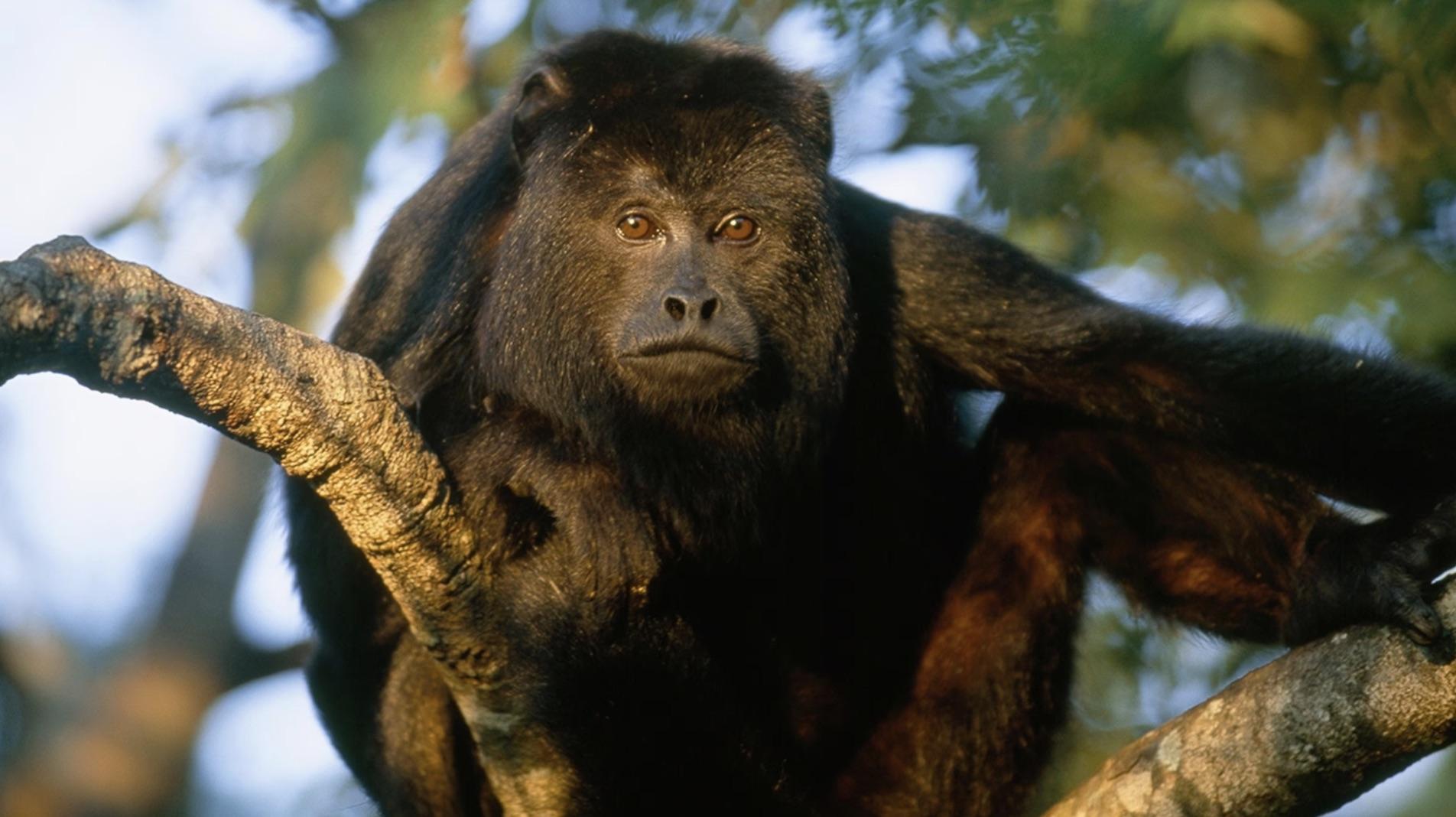
Howler Monkeys are large, arboreal primates found in Central and South America. Known for their loud, distinctive calls, which can be heard over long distances, howler monkeys live in the treetops of rainforests and are primarily folivores, feeding on leaves.
- Region of Habitat: Central and South America, particularly in tropical rainforests.
- Scientific Name: Alouatta
- Feeding Habits: Folivorous, feeding primarily on leaves, fruits, and flowers.
- What Sound They Make: Howler Monkeys make deep, guttural howls that can be heard over a mile away.
Fun Facts
Howler Monkeys are known for their large hyoid bone, which amplifies their vocalizations. Their howls serve to communicate with other members of their group, especially to mark territory. They have prehensile tails, which help them grasp tree branches while navigating through the canopy.
16. Huntaway

The Huntaway is a breed of dog known for its herding abilities. Originally bred in New Zealand, Huntaways are used to control livestock, particularly sheep, with their vocal and energetic style. They are intelligent and highly trainable, making them excellent working dogs.
- Region of Habitat: Originated in New Zealand, commonly found on farms and ranches.
- Scientific Name: Canis lupus familiaris
- Feeding Habits: Omnivorous, requiring a balanced diet of dog food, meat, and vegetables.
- What Sound They Make: Huntaways are known for their loud, persistent barking, which they use to herd and communicate with livestock.
Fun Facts
Huntaways are known for their ability to work independently and efficiently, often herding livestock without direct human guidance. Their loud, persistent barking is a characteristic feature that helps them control and direct animals effectively.
17. Huskador

The Huskador is a hybrid dog breed, resulting from the cross between a Husky and a Labrador Retriever. Known for their friendly and energetic nature, Huskadors are active and require plenty of exercise.
They are intelligent and make excellent family pets.
- Region of Habitat: Found globally, particularly in homes as companion pets.
- Scientific Name: Canis lupus familiaris
- Feeding Habits: Omnivorous, typically consuming a balanced diet of meat, vegetables, and dog food.
- What Sound They Make: Huskadors make happy barks and howls, often when excited or seeking attention.
Fun Facts
Huskadors inherit the strength and endurance of the Husky along with the friendly, loving nature of the Labrador Retriever. They are highly social dogs and thrive in environments where they can interact with family members and other pets.
18. Huskita

The Huskita is a hybrid dog breed resulting from the cross between a Husky and an Akita. Known for their independent yet affectionate nature, Huskitas are large and strong dogs. They require training and socialization but make excellent companions.
- Region of Habitat: Found globally, particularly as companion dogs in homes.
- Scientific Name: Canis lupus familiaris
- Feeding Habits: Omnivorous, consuming a balanced diet of meat, vegetables, and dog food.
- What Sound They Make: Huskitas make howling, barking, and whimpering sounds, which they often use to communicate with their owners.
Fun Facts
Huskitas are known for their beautiful coats, often resembling their parent breeds. Their thick fur helps them handle cold temperatures. Huskitas are loyal and protective, making them great guard dogs as well as family pets.
19. Husky
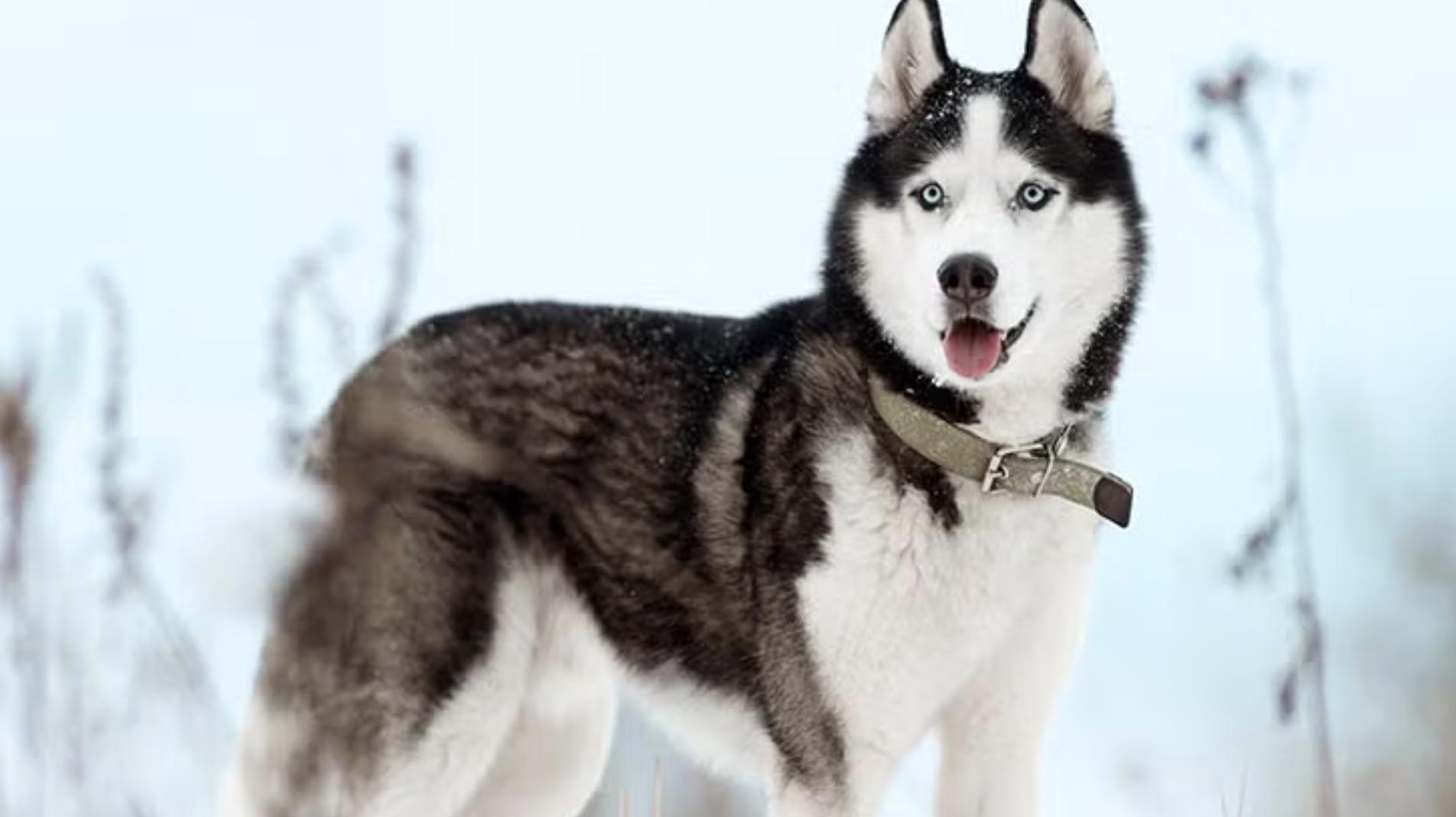
The Husky is a medium-sized, working dog breed originally bred in Siberia. Known for their striking appearance and endurance, Huskies are energetic and require a lot of exercise. They are independent and strong-willed, but also friendly and affectionate with their families.
- Region of Habitat: Originated in Siberia, now found globally as companion dogs and working dogs.
- Scientific Name: Canis lupus familiaris
- Feeding Habits: Omnivorous, requiring a high-protein diet to maintain their energy levels.
- What Sound They Make: Huskies make howling sounds, barking, and whining when they want attention or are excited.
Fun Facts
Huskies are known for their ability to pull sleds across vast distances in harsh conditions. Their thick, double-layered coat helps them stay warm in cold climates.
Despite their working background, they are affectionate and playful pets, often described as “big puppies” due to their playful demeanor.
Some More Unusual Mammals with “H”
20. Husky Jack
21. Hairy-Nosed Otter
22. Hawaiian Monk Seal
23. Hokkaido
24. Honduran White Bat
25. Honey Badger
26. Hooded Seal
27. Horgi
28. Hyena
29. Hamadryas Baboon
30. Hazel Dormouse
31. Hartebeest (Coke’s Hartebeest)
32. Hispaniolan Hutia
33. Hog Deer
Wrapping It Up
Mammals with H names represent the amazing diversity found in the animal kingdom. From household pets like hamsters and Havanese dogs to wild creatures like hippos and howler monkeys, these animals have adapted to many different environments.
Some serve as working animals that help people, while others play important roles in nature. Whether they bark, howl, squeak, or stay mostly silent, each brings something unique to their habitat.
Learning about these creatures helps build an understanding of the natural world around us. Remember, the trip to protect wildlife begins with getting to know them first!
If you’re interested in more informative animal & wildlife content, feel free to click here and explore other blogs you might enjoy!

